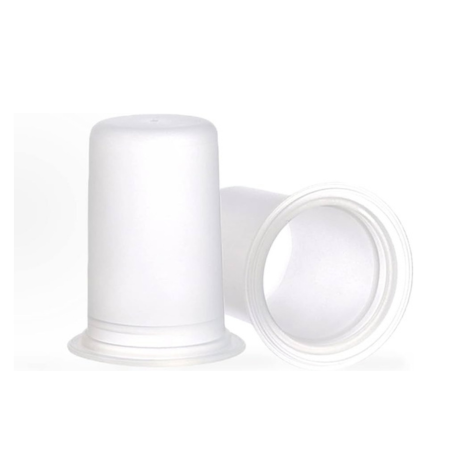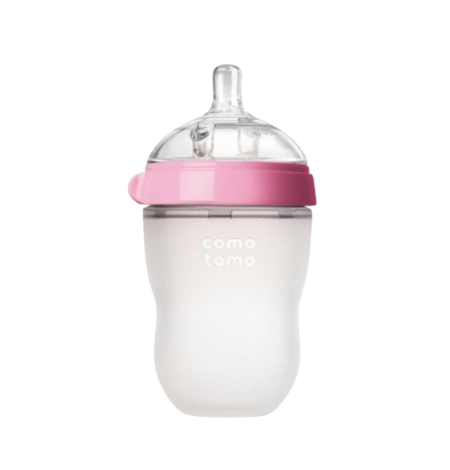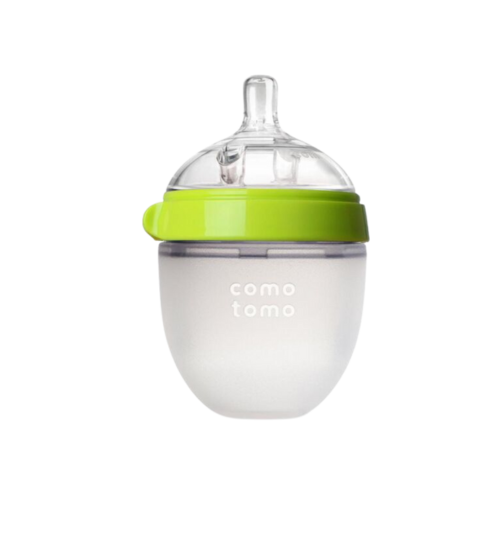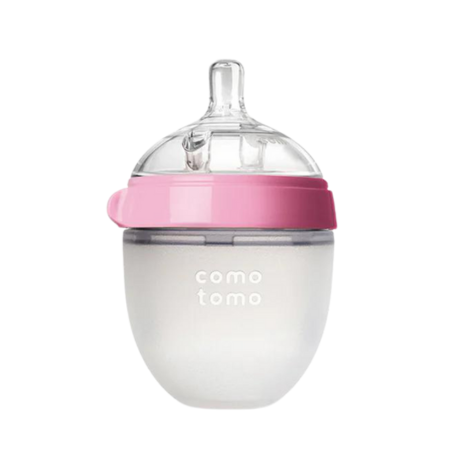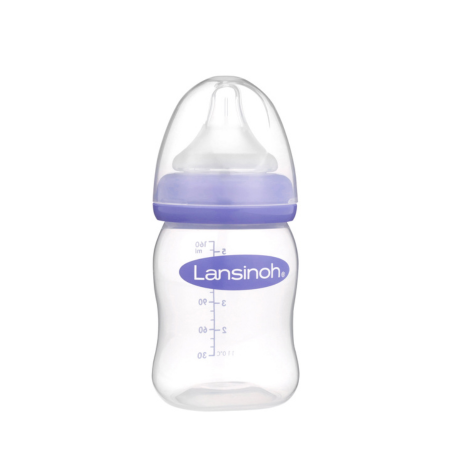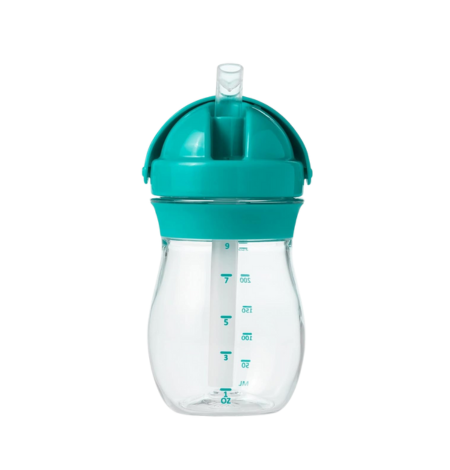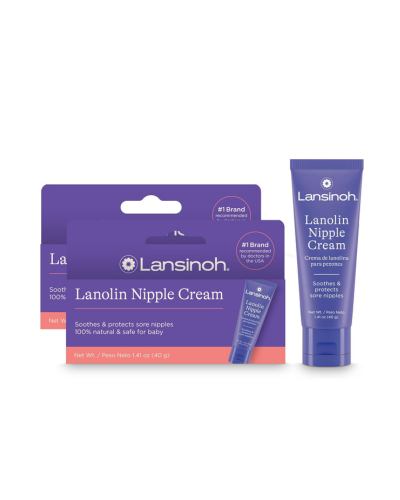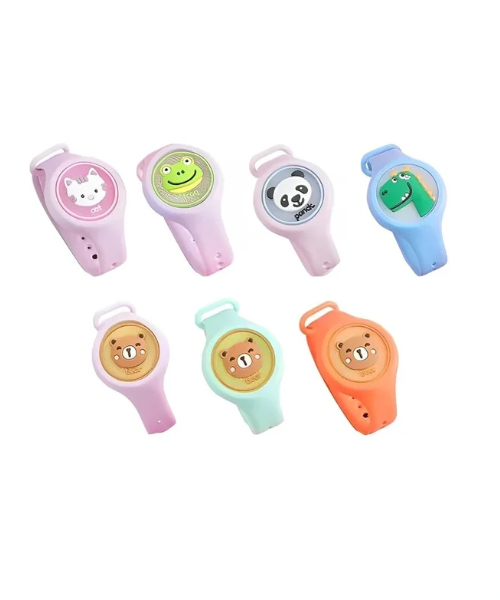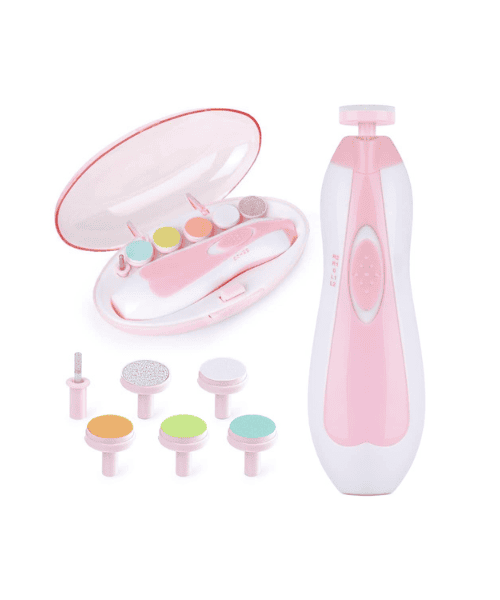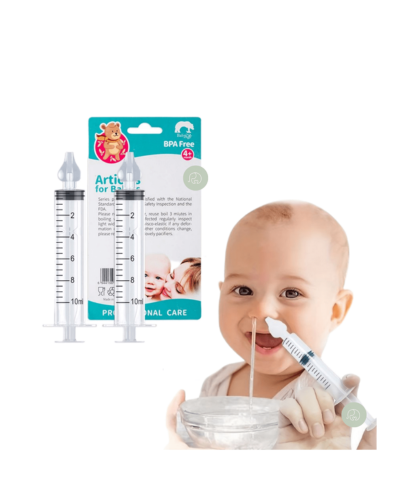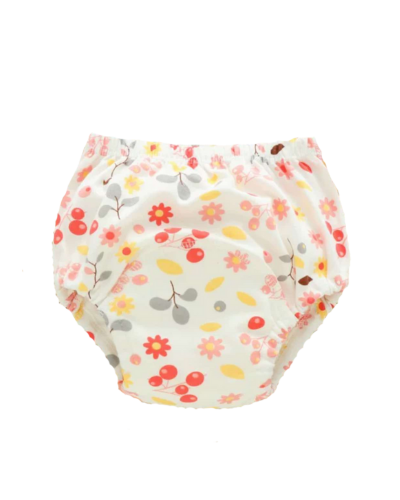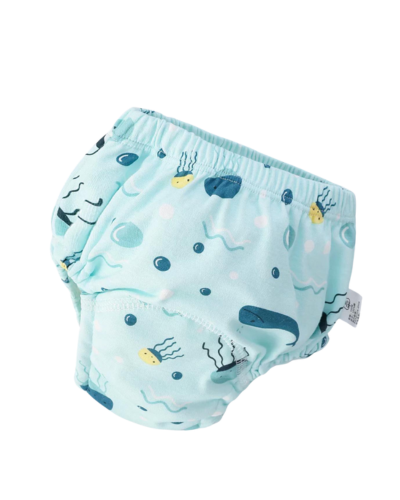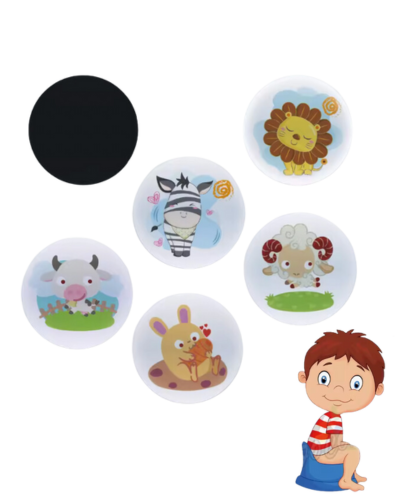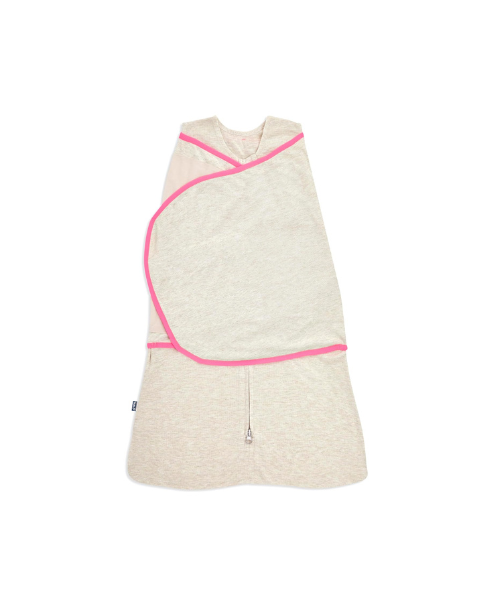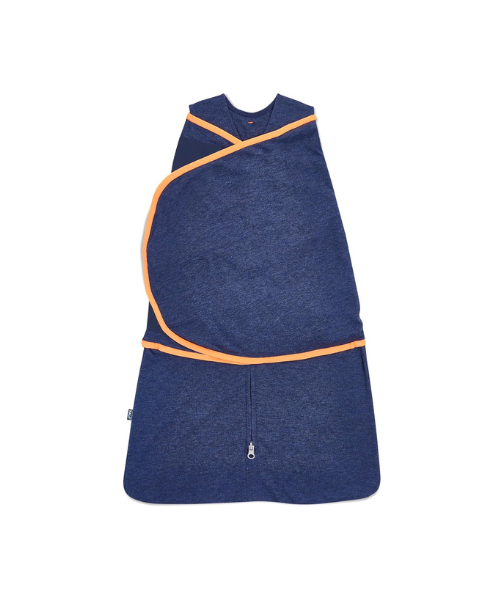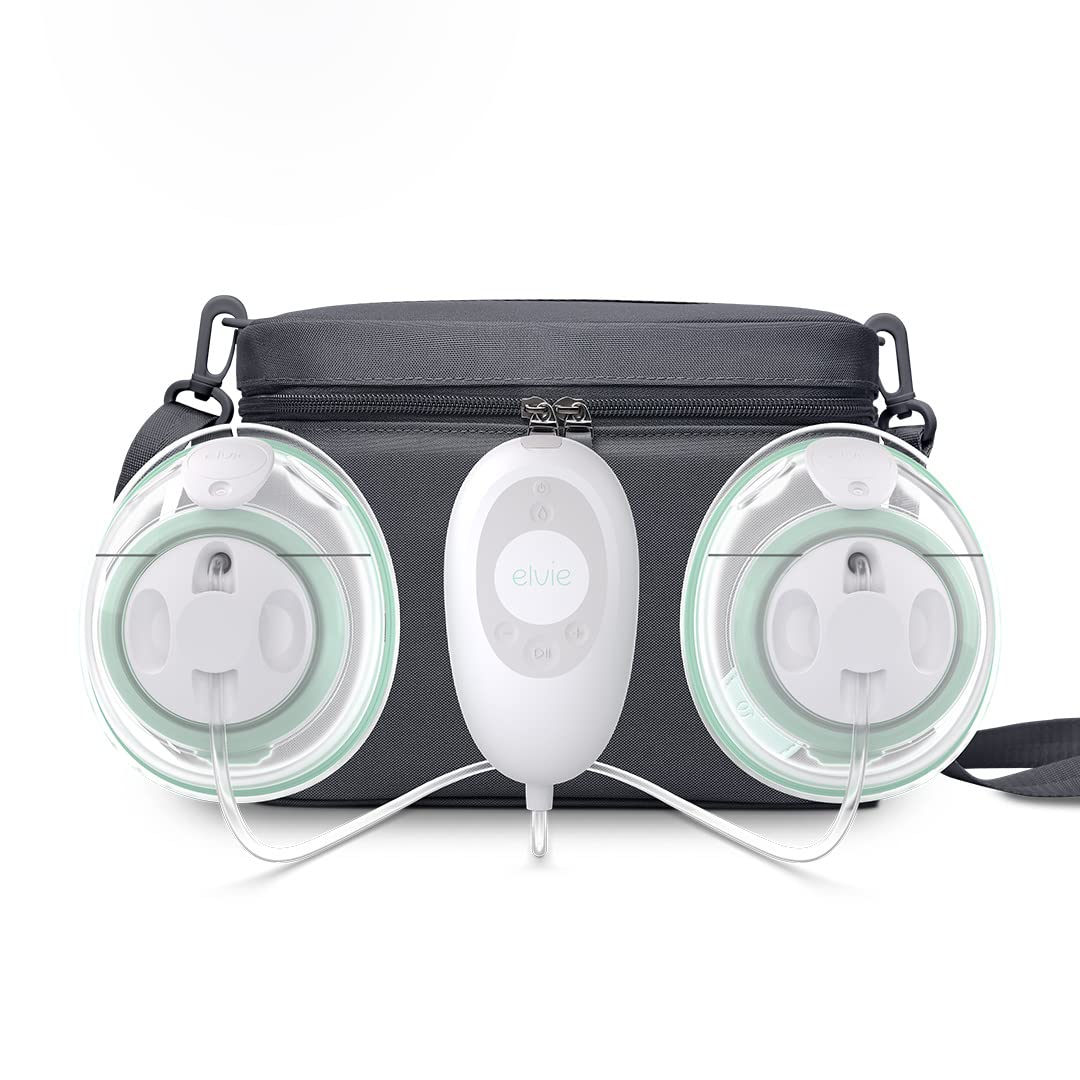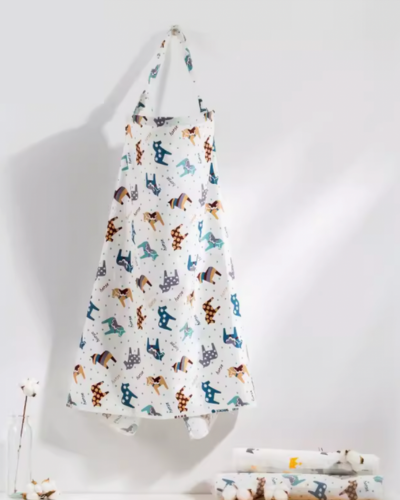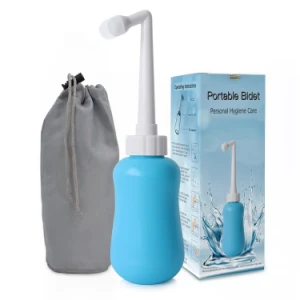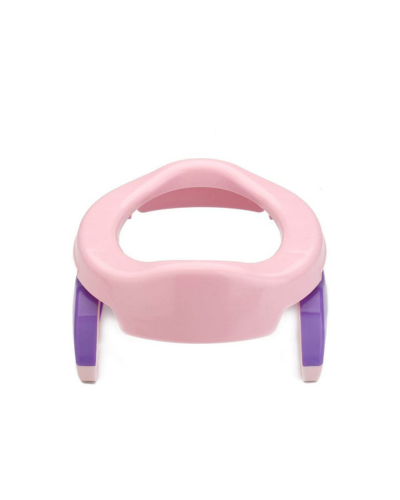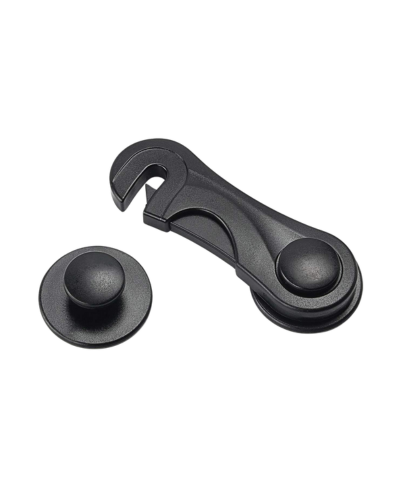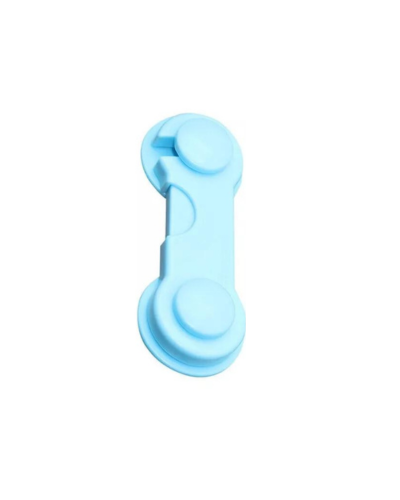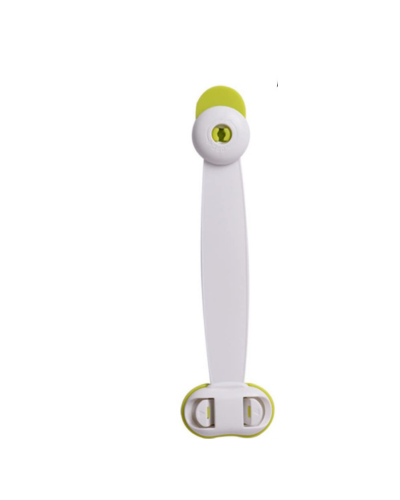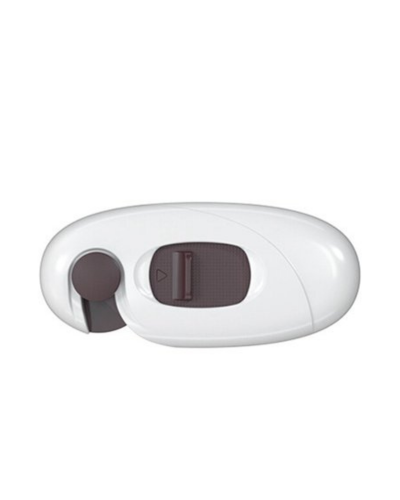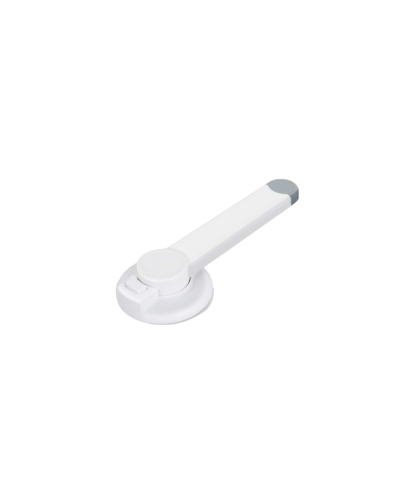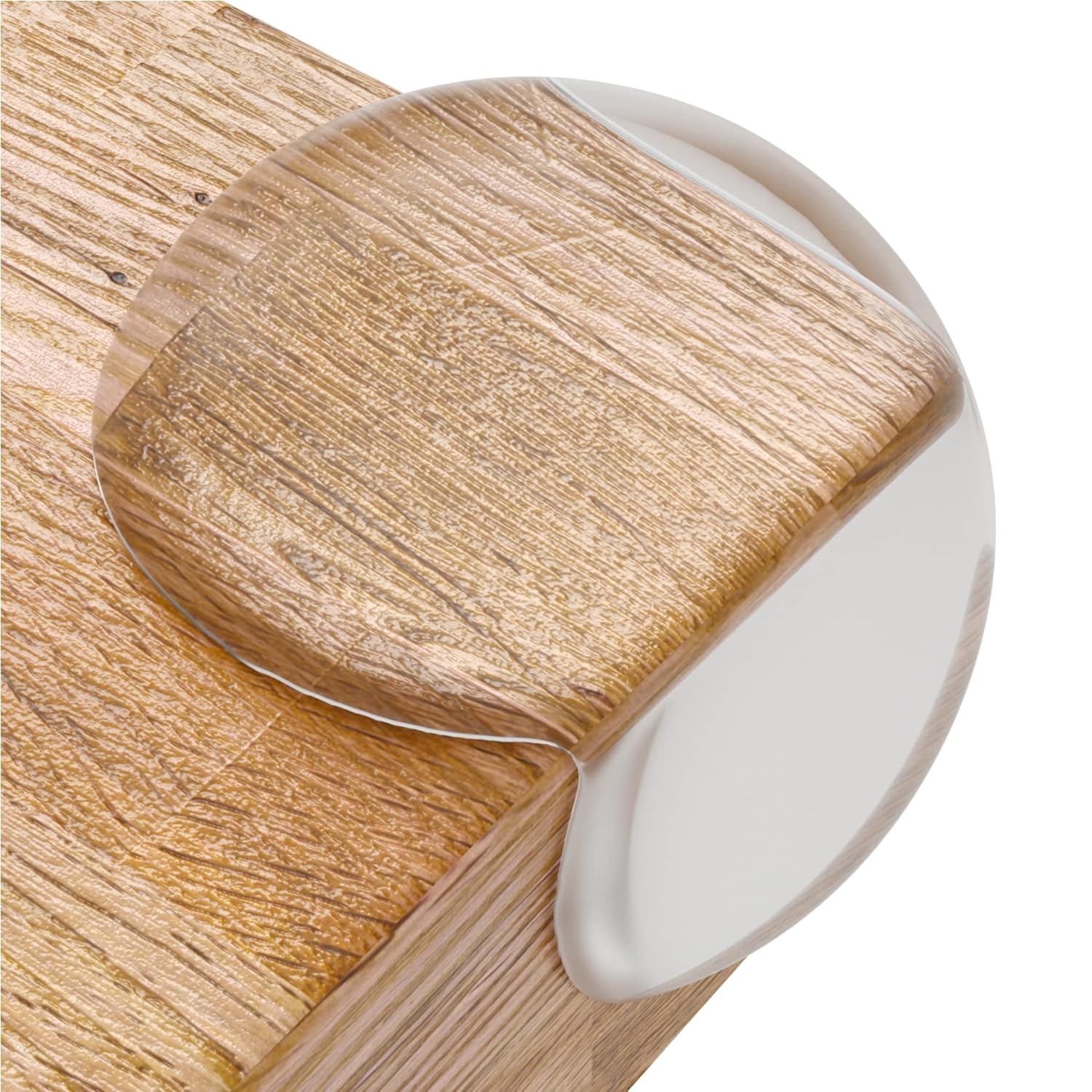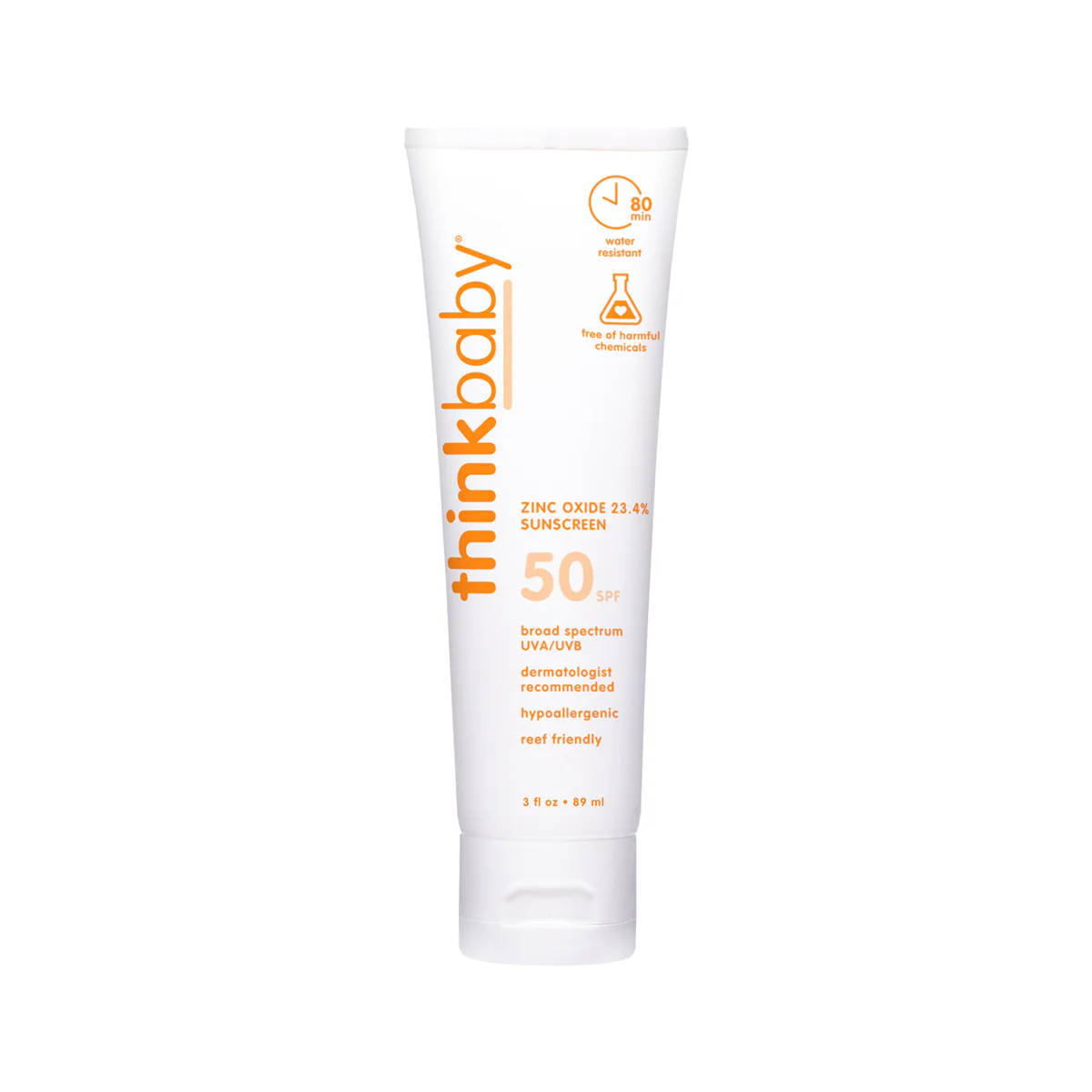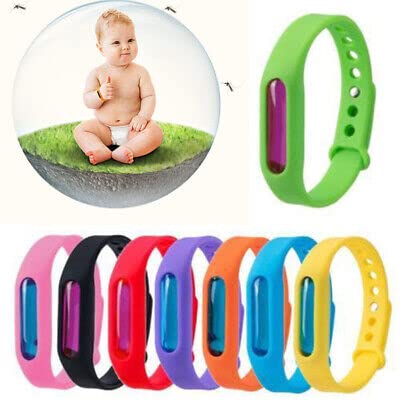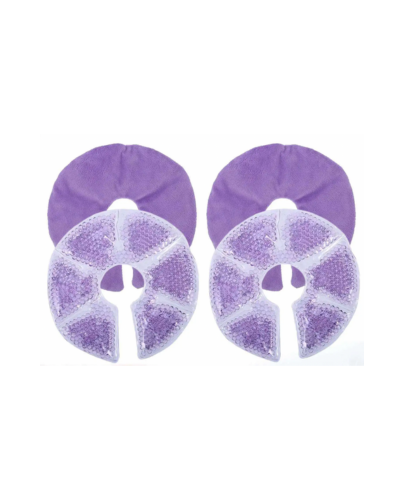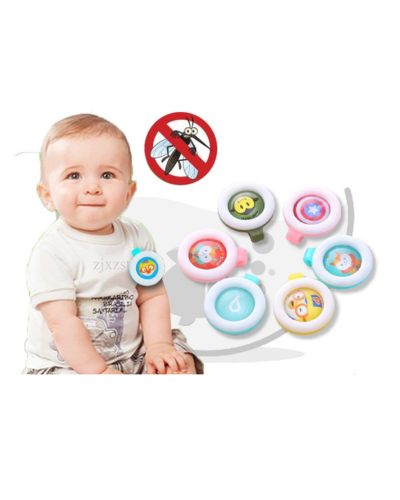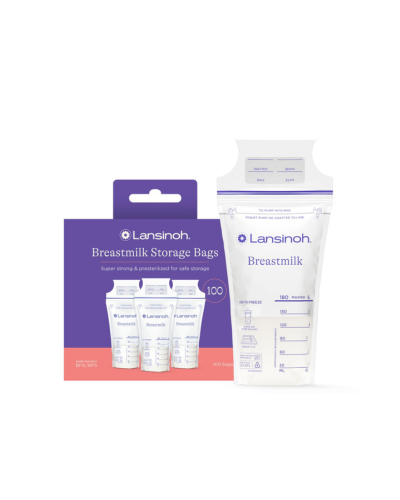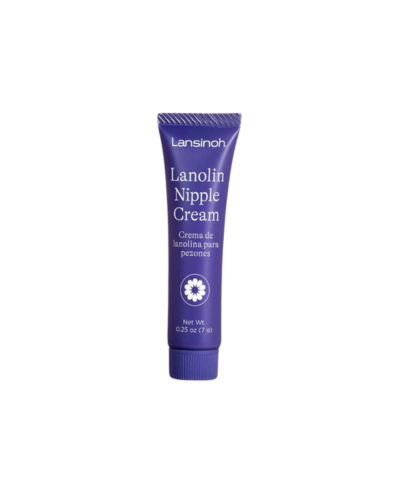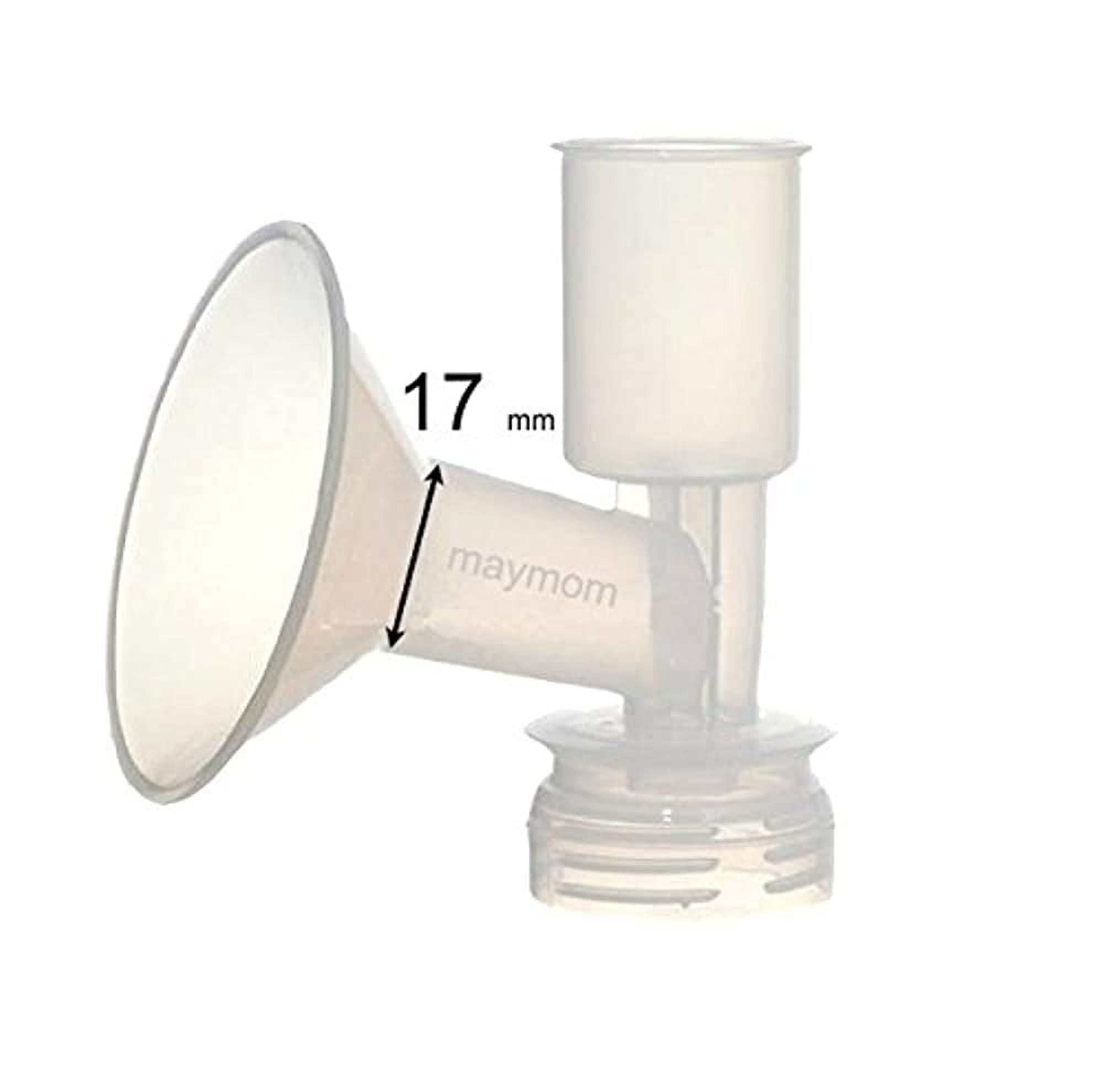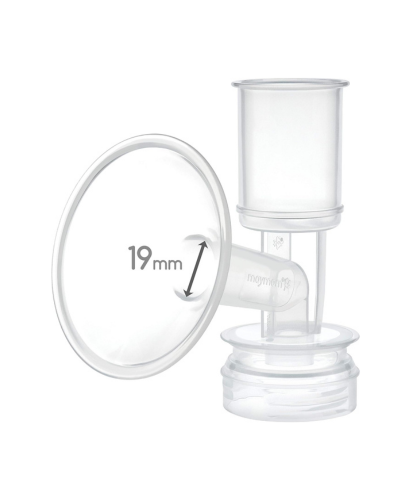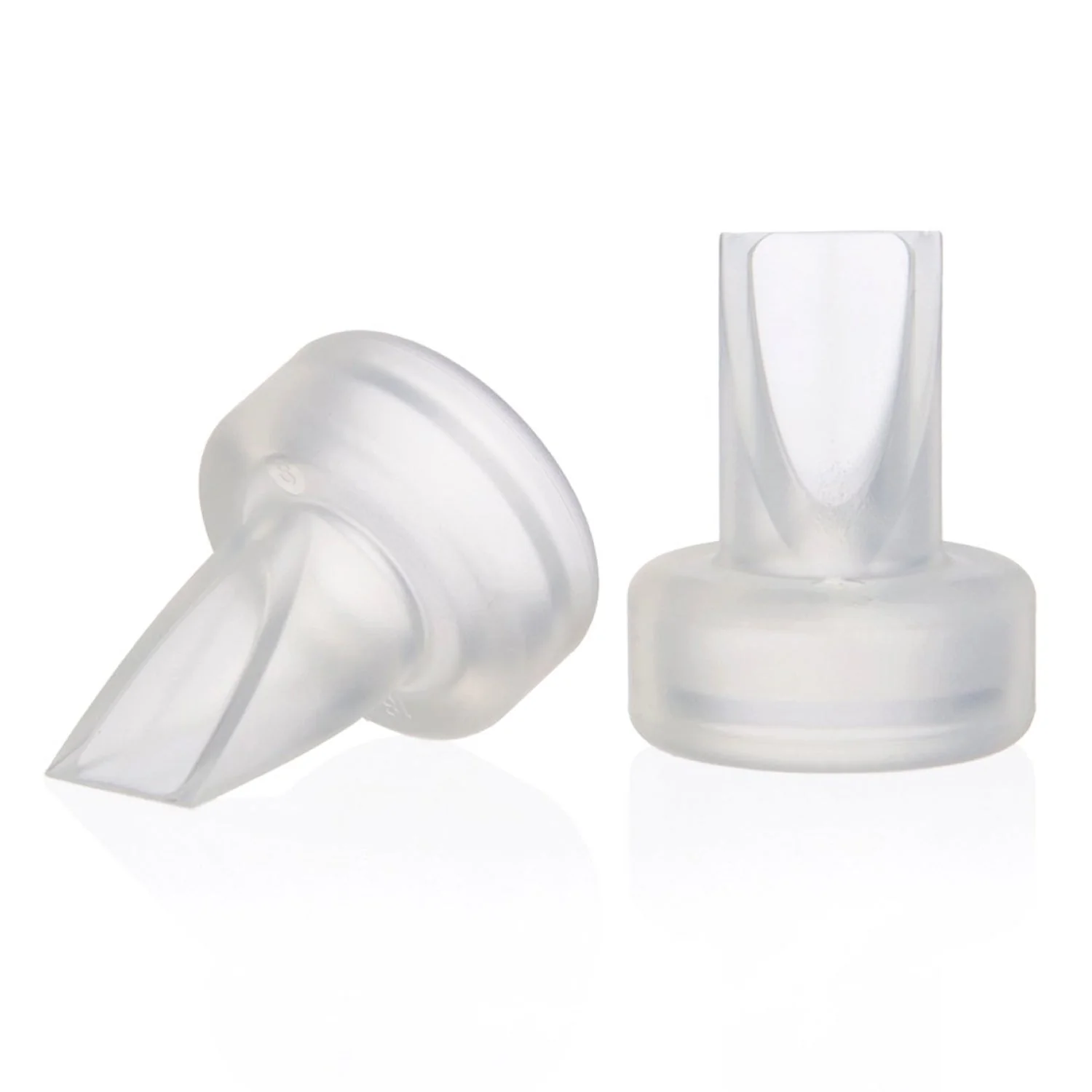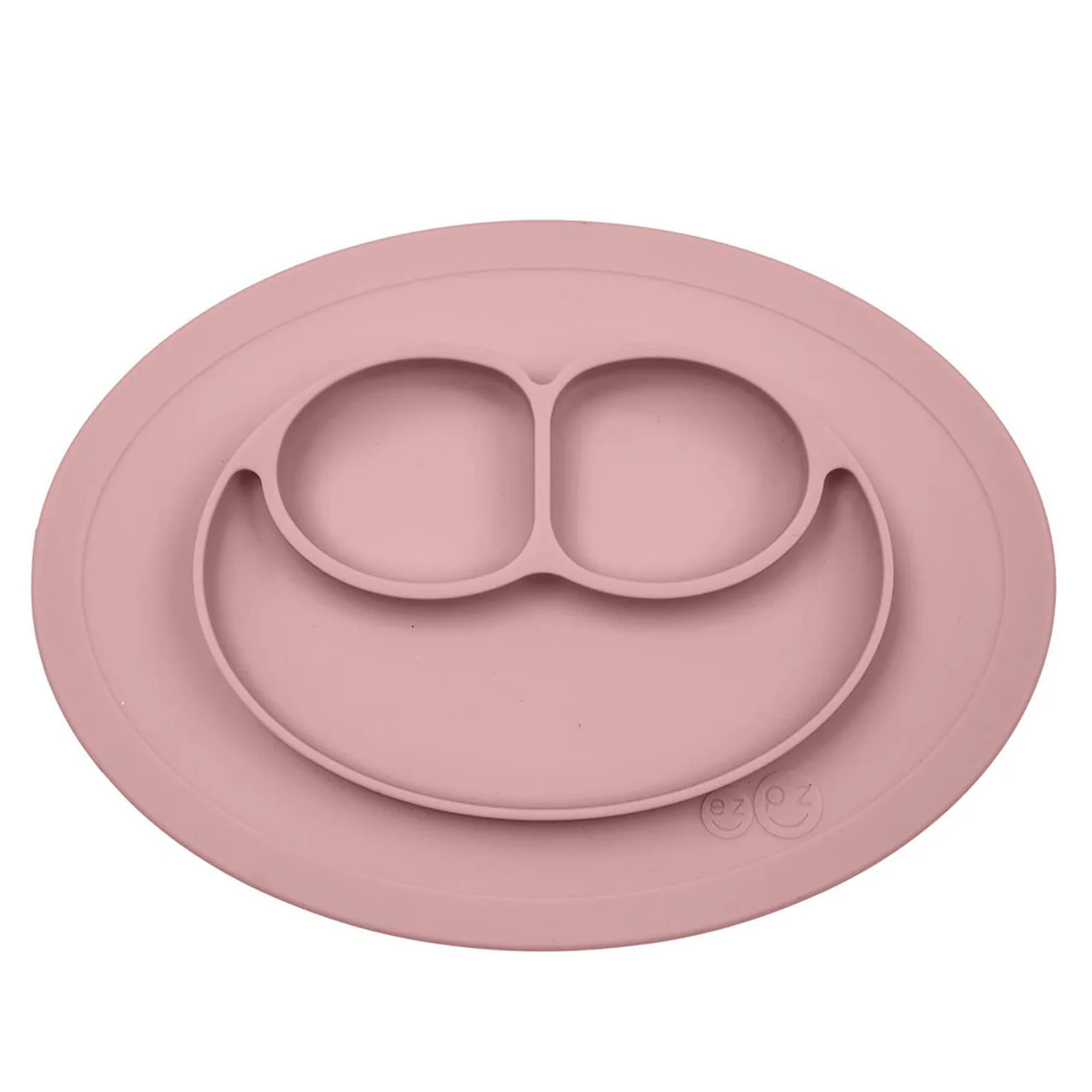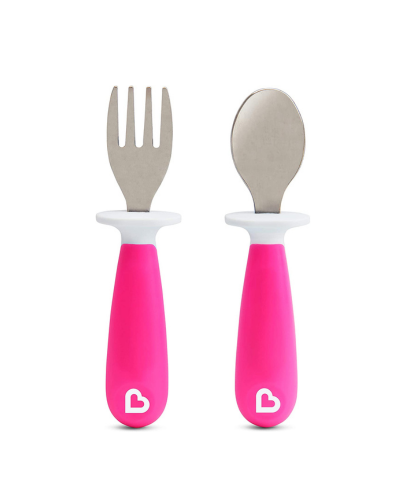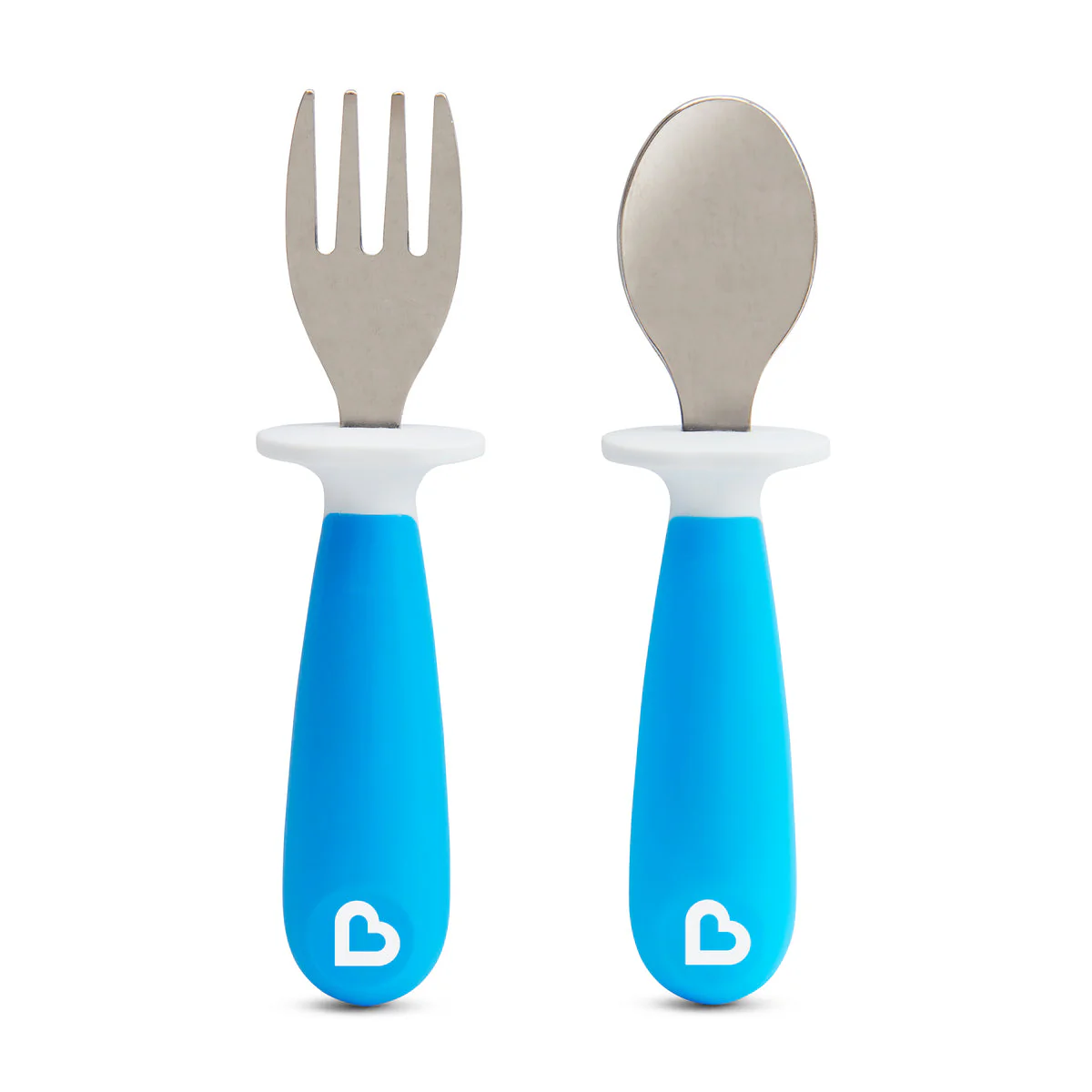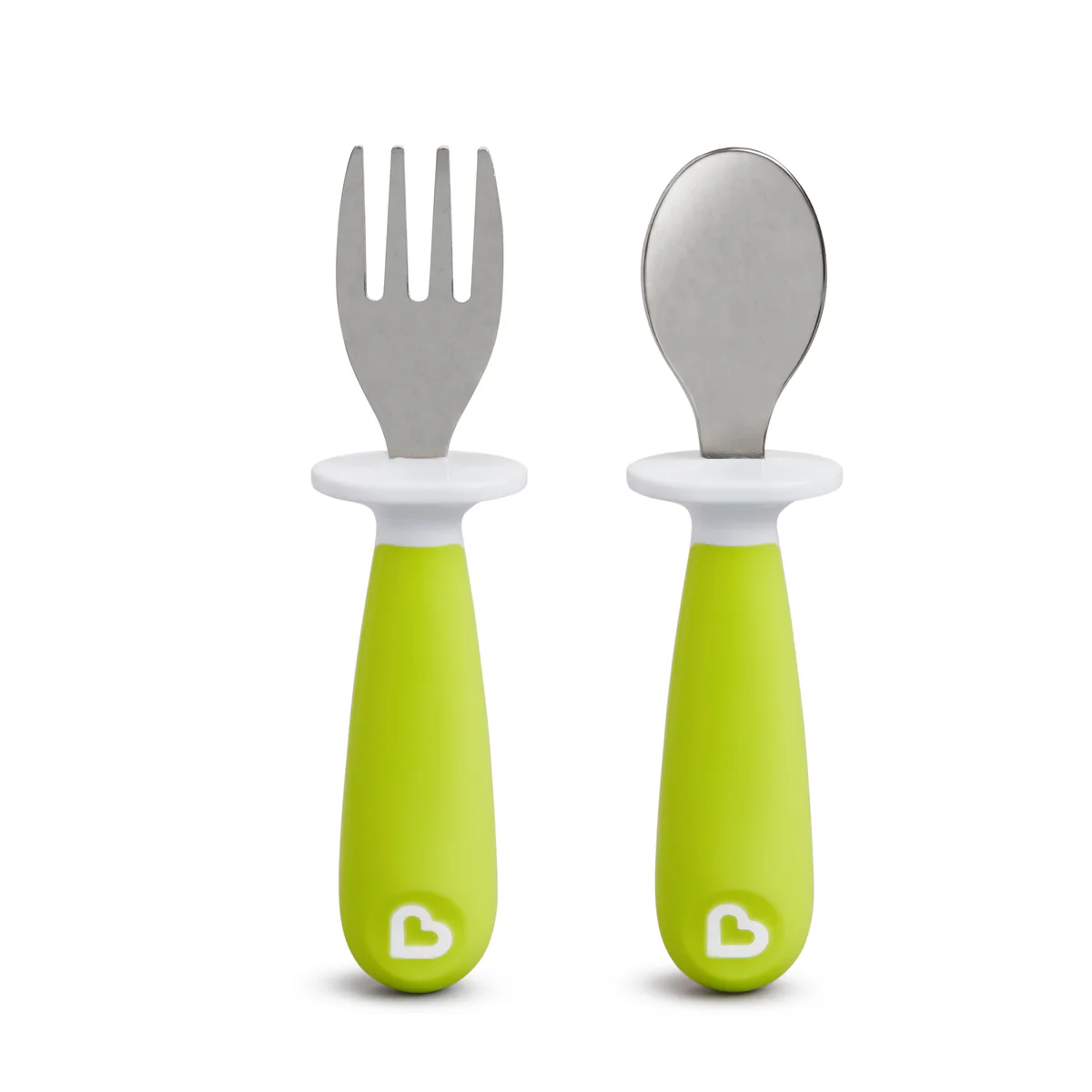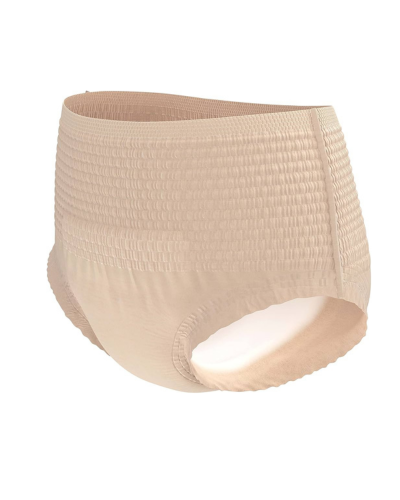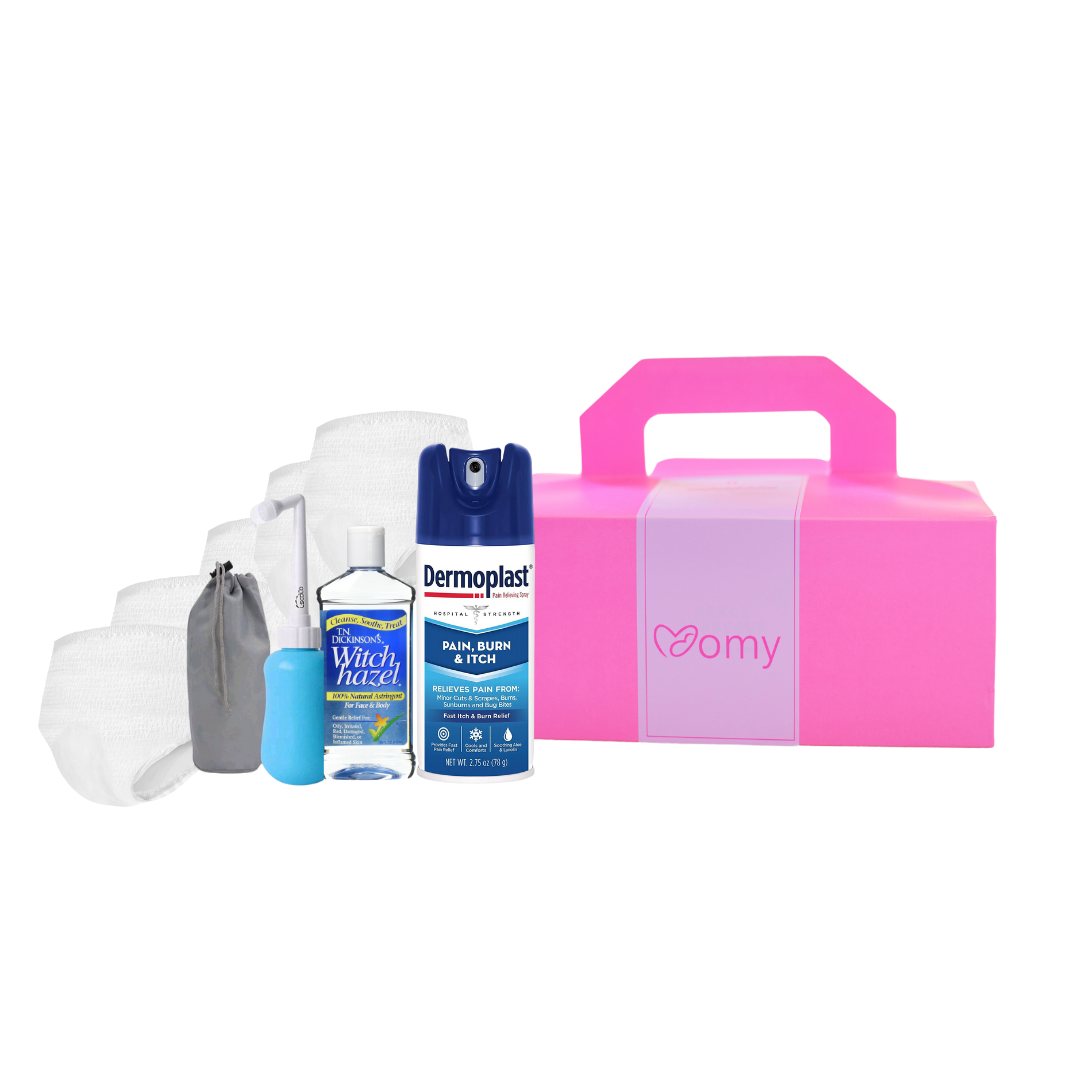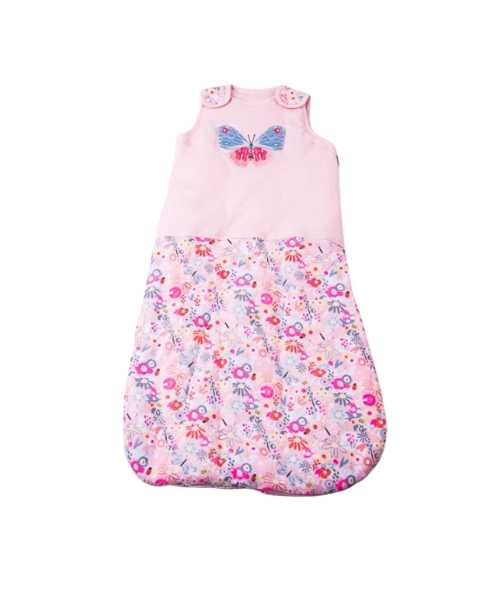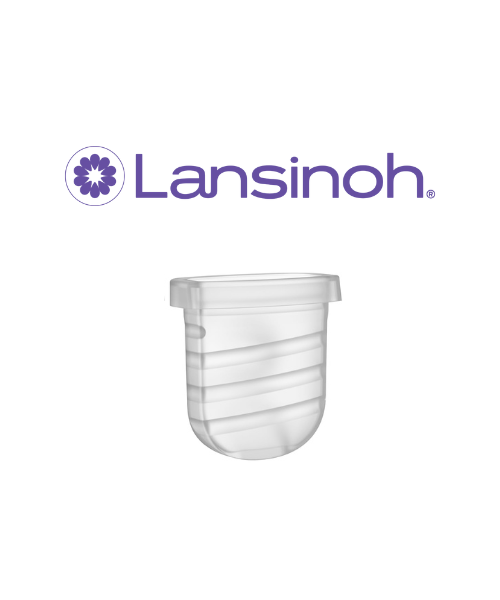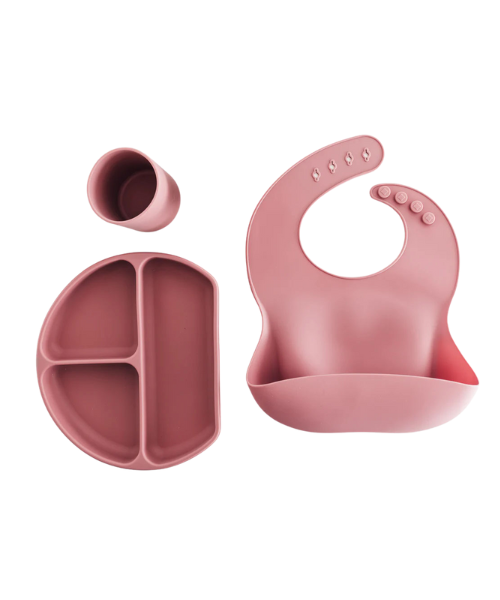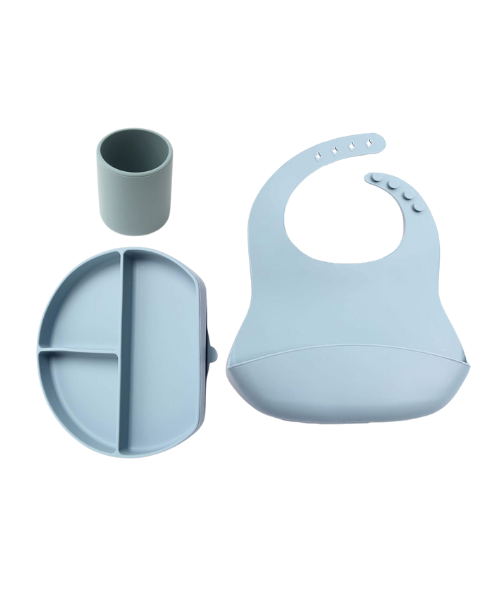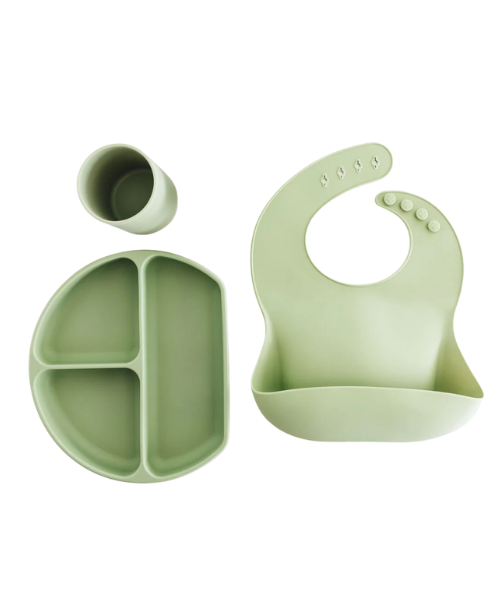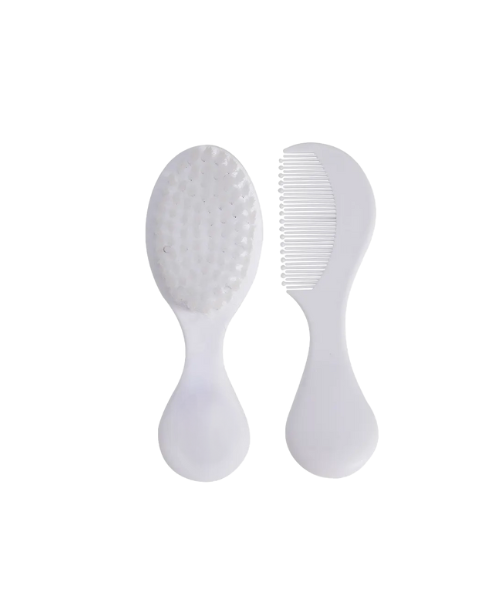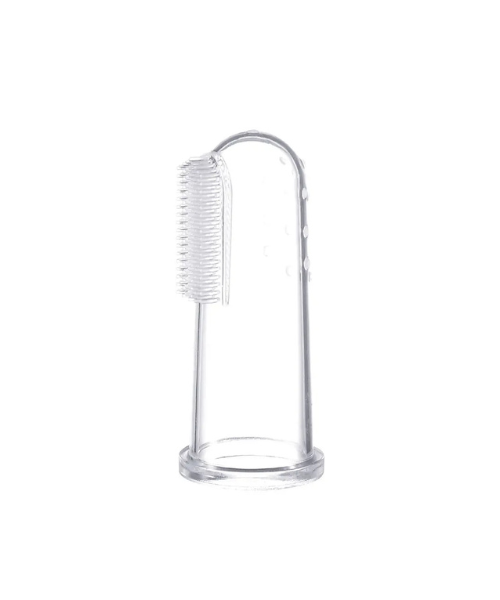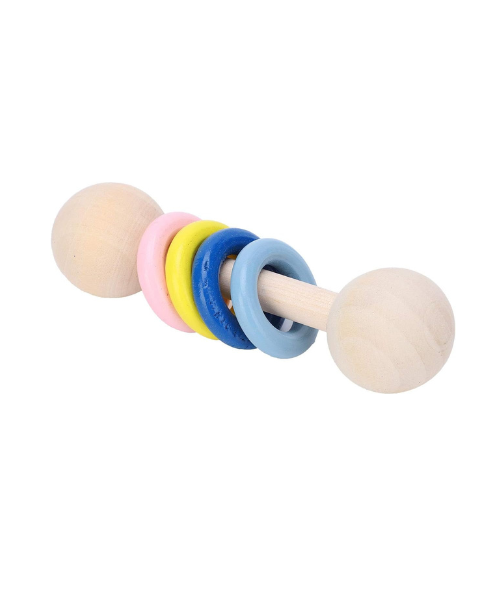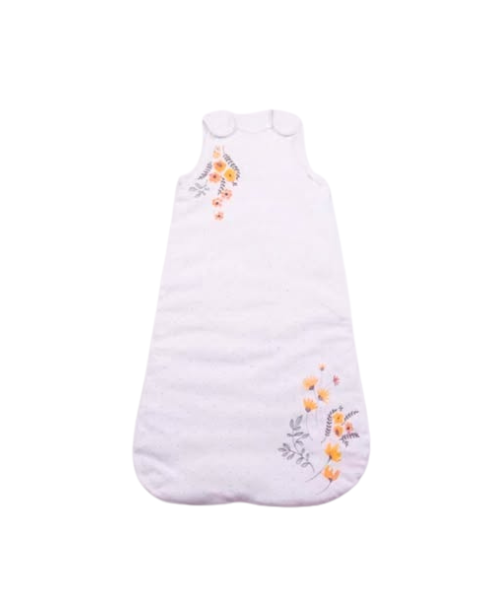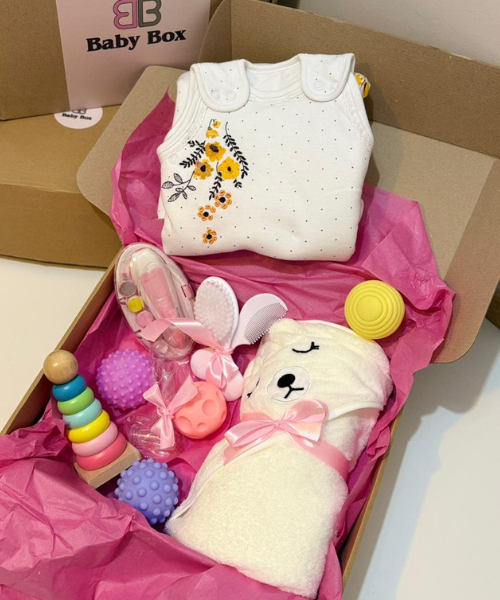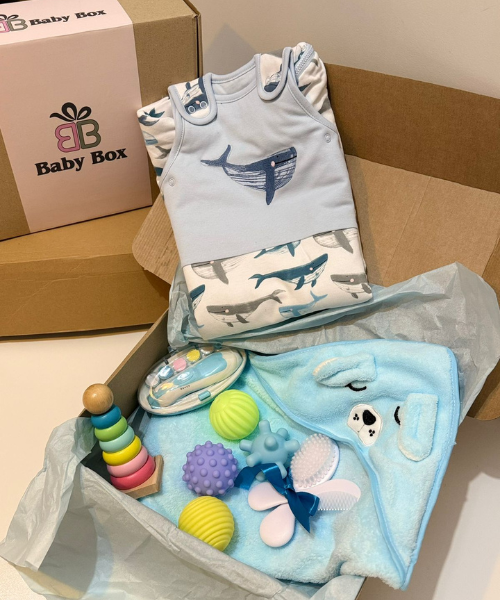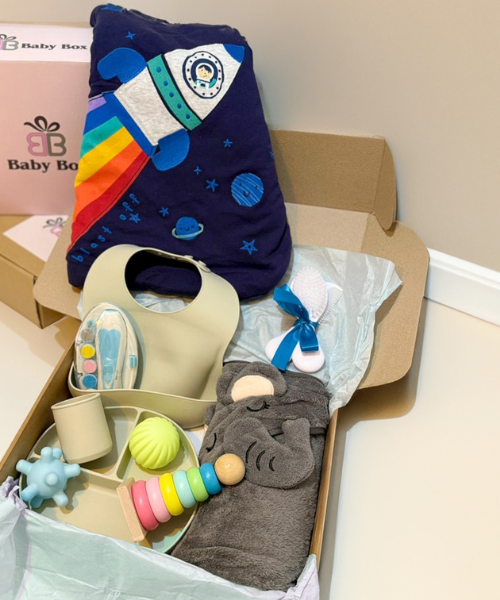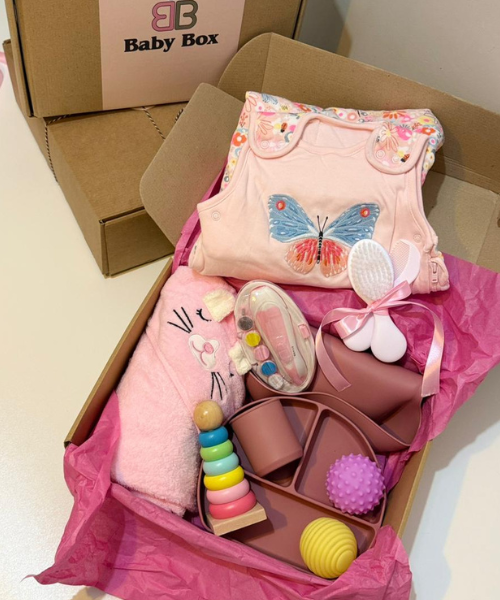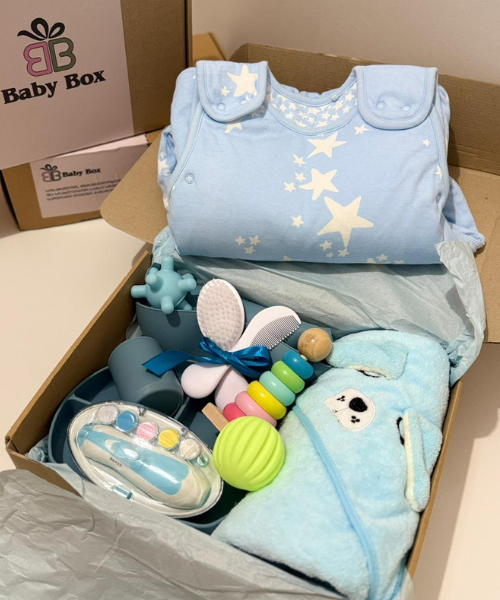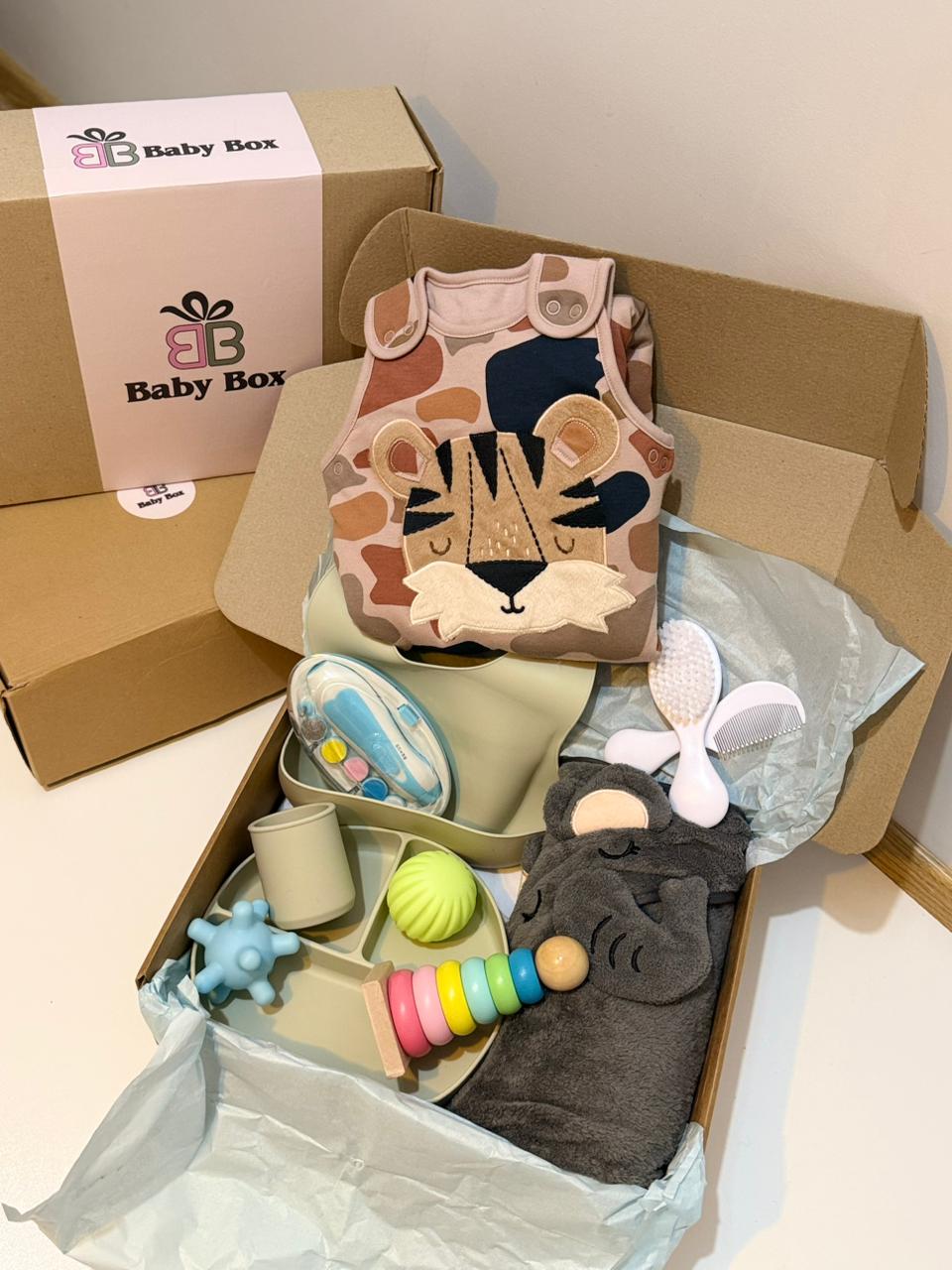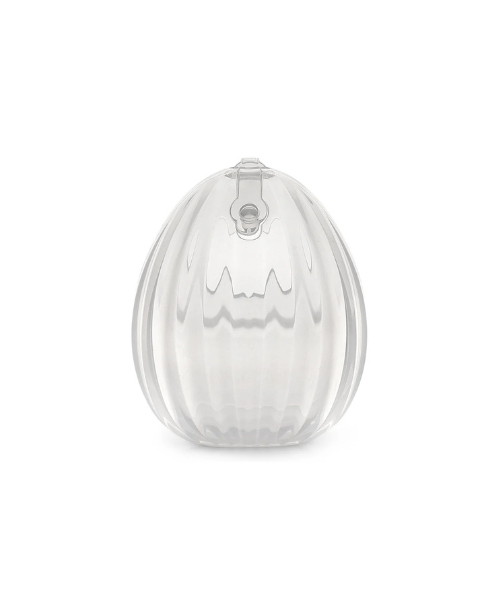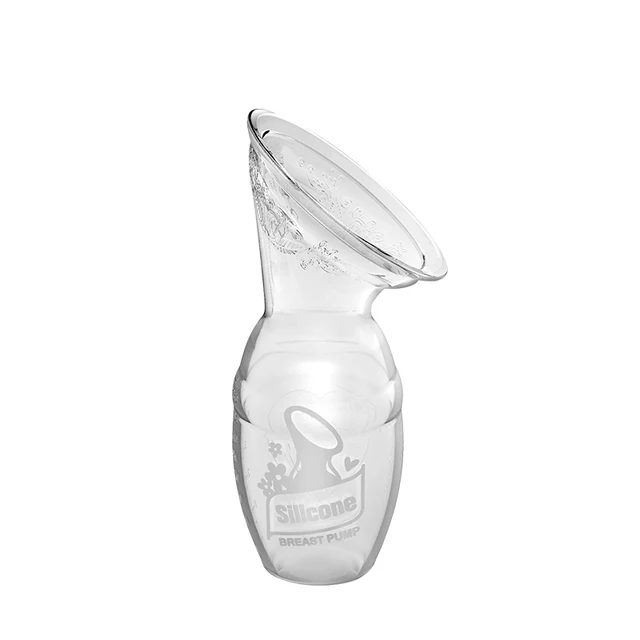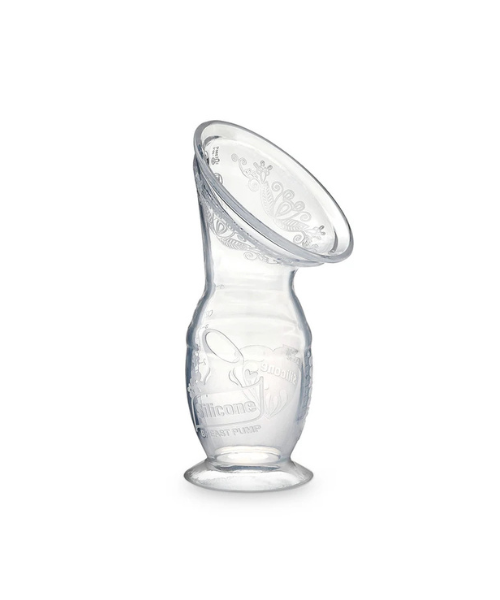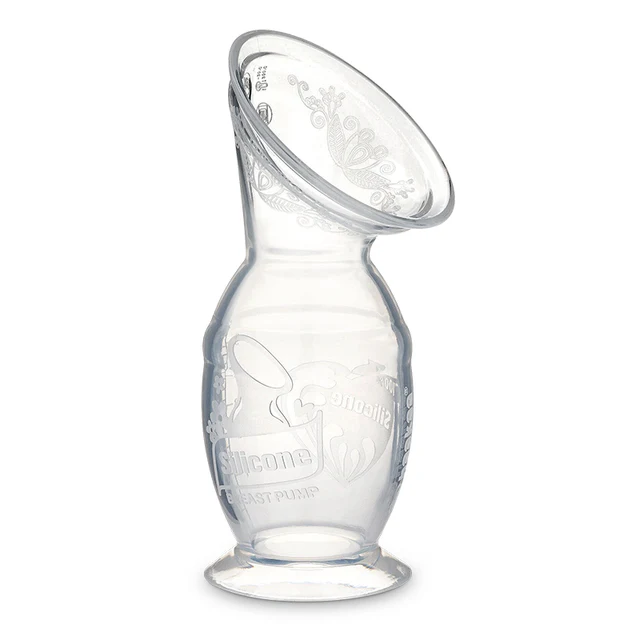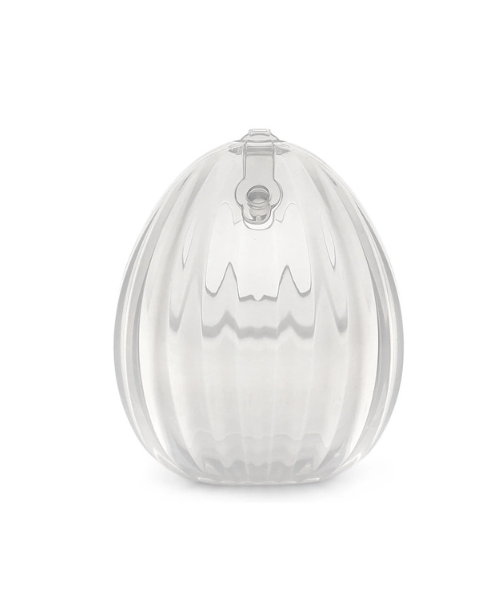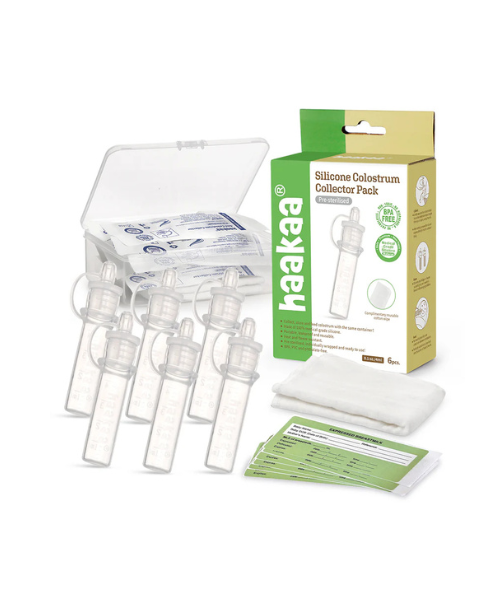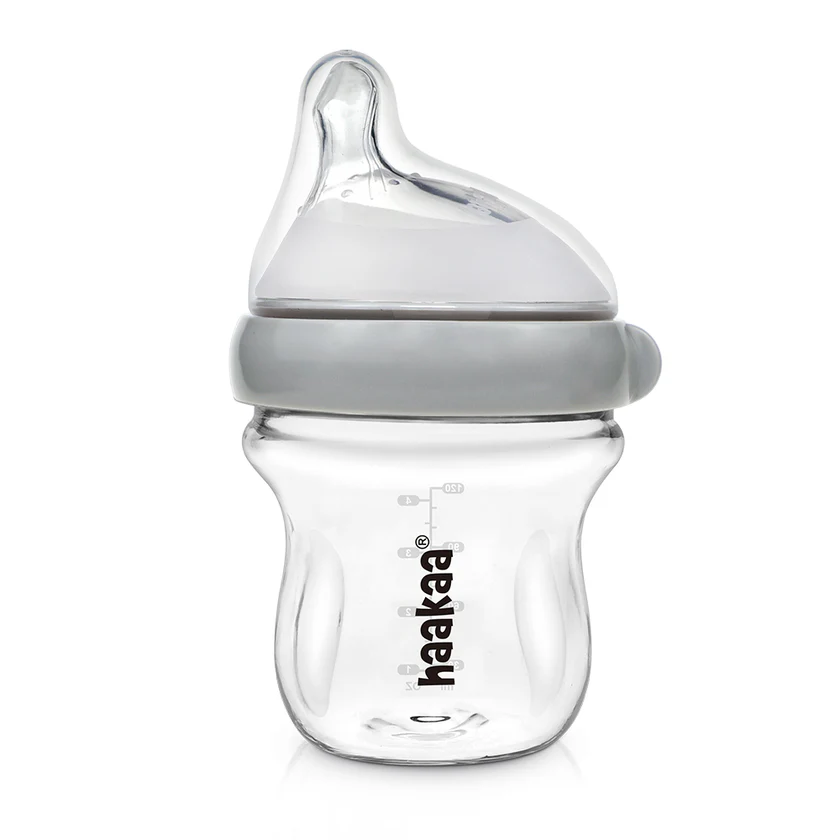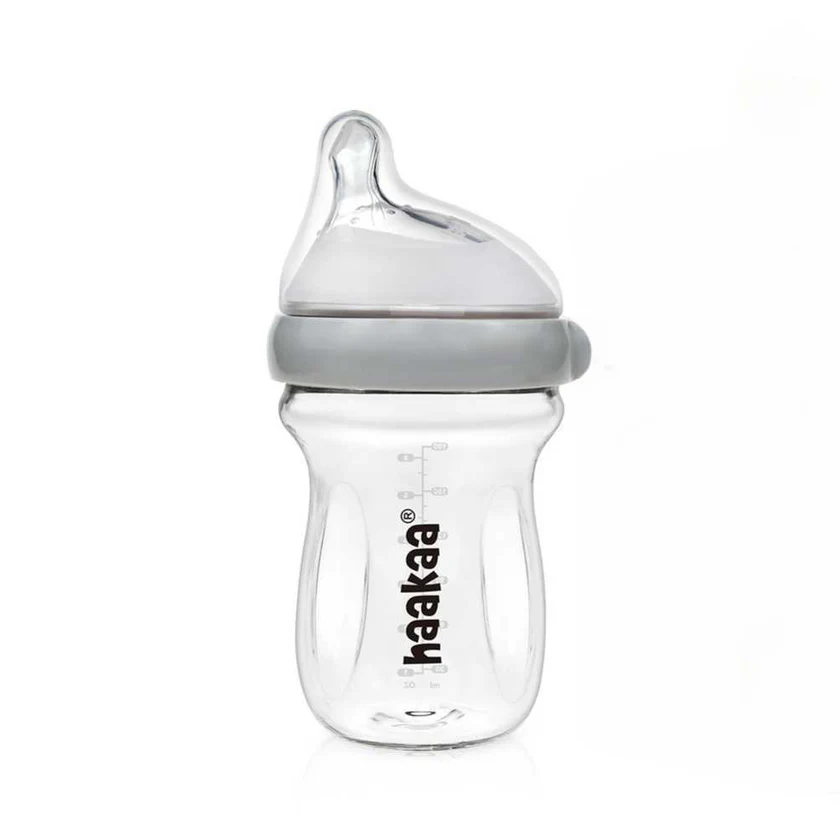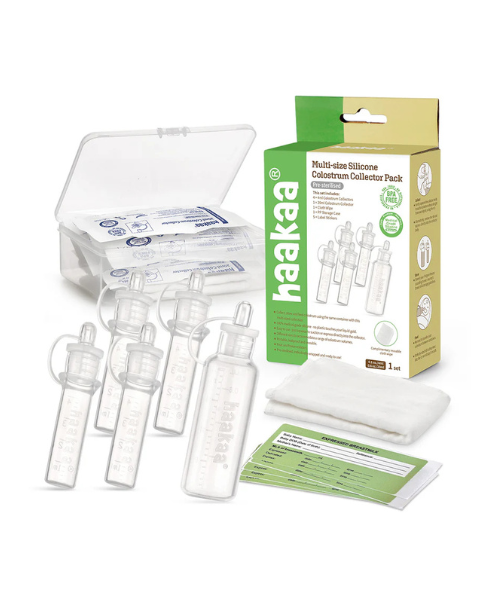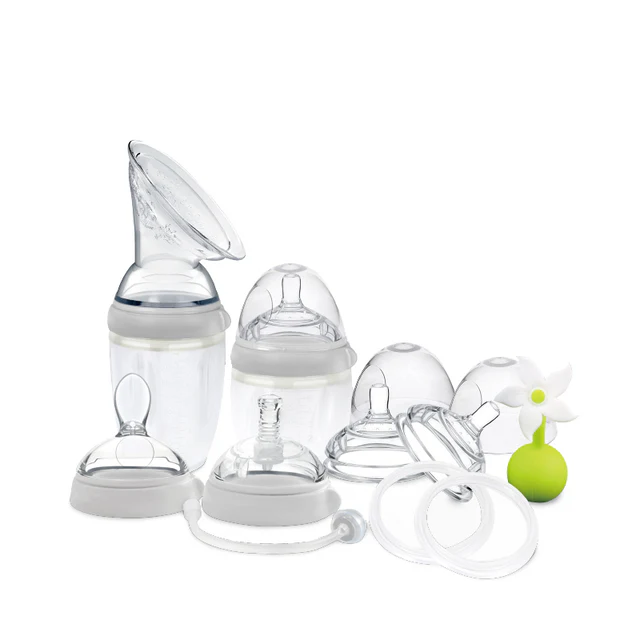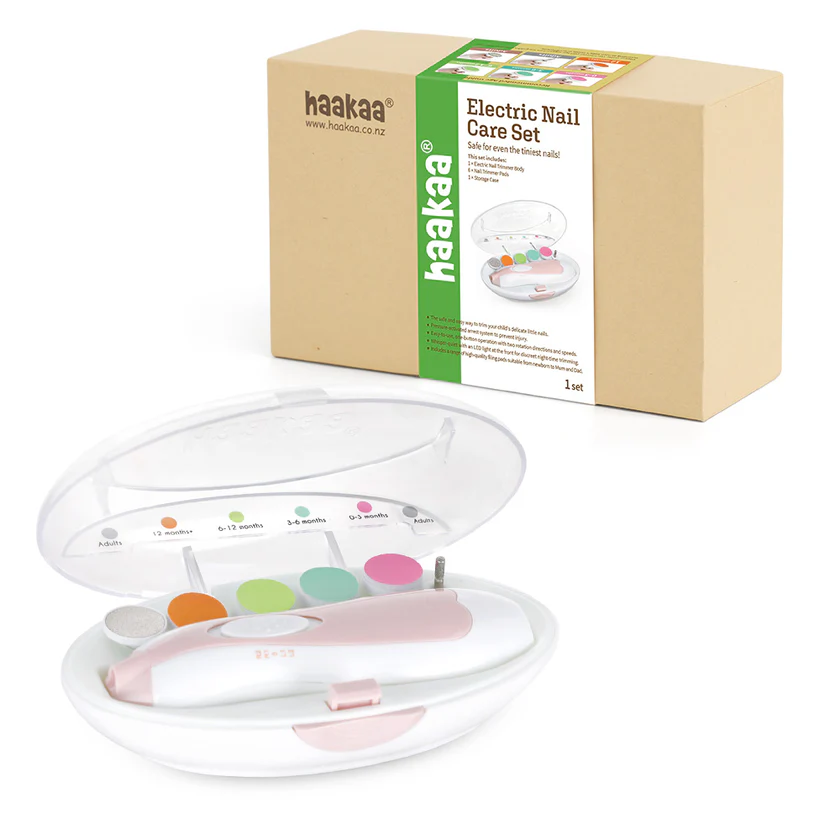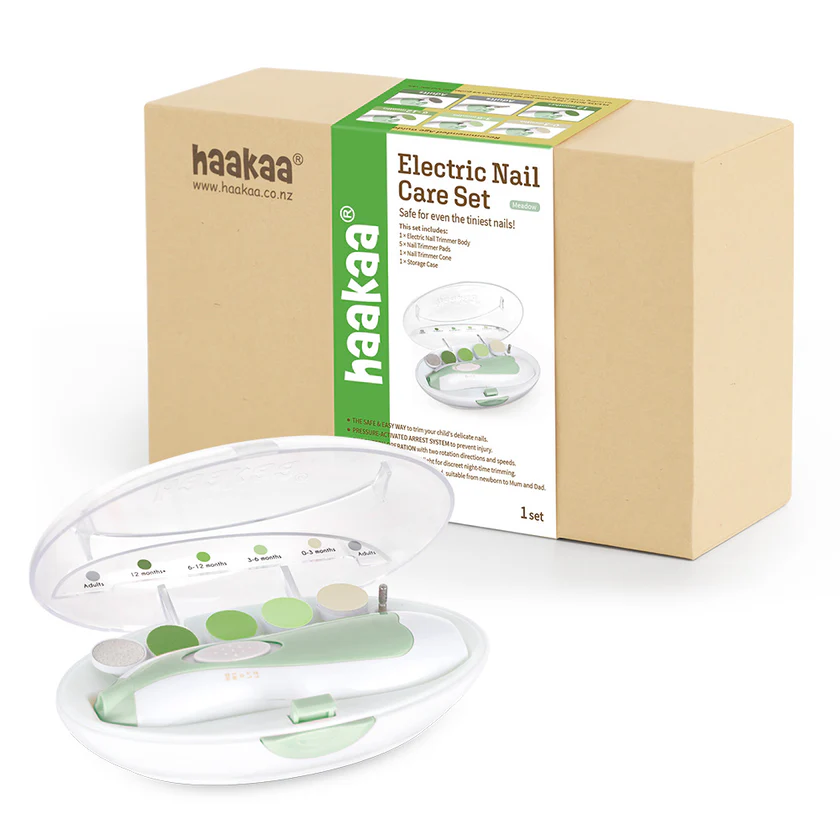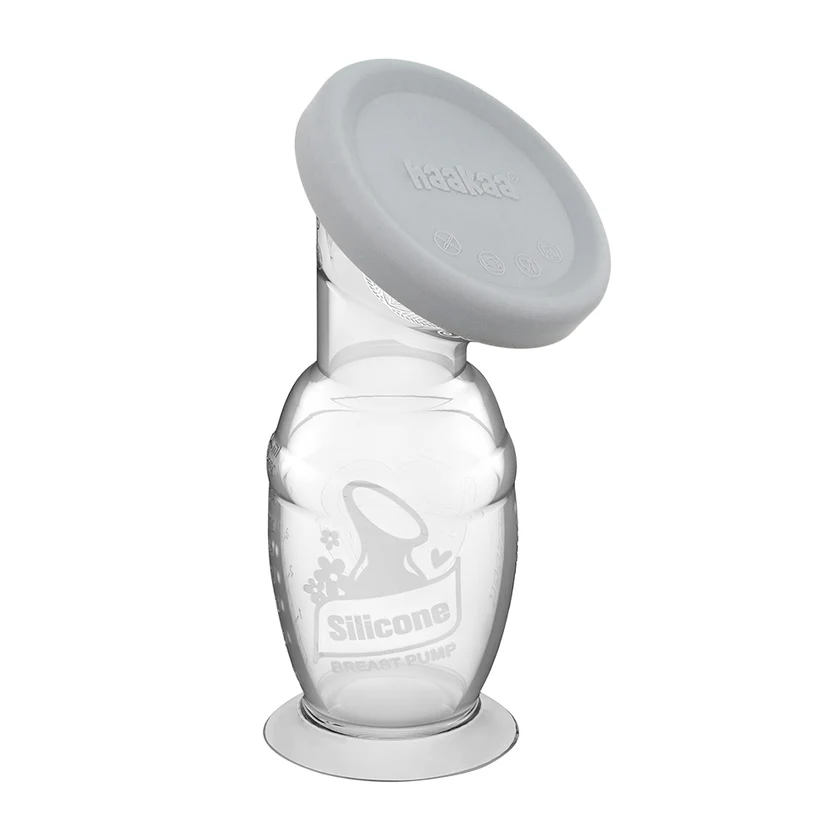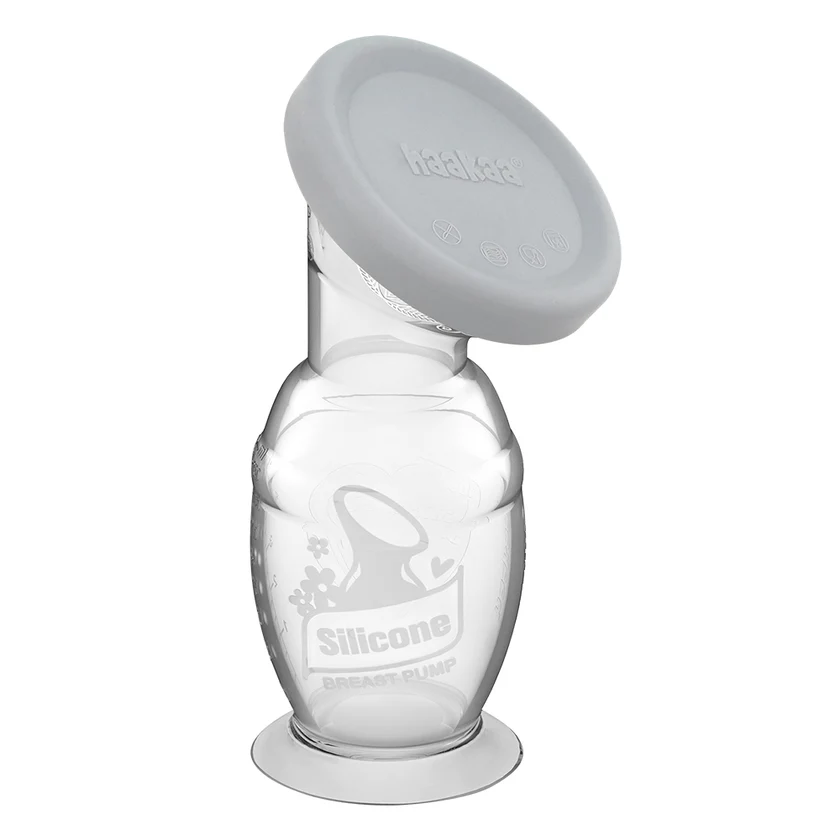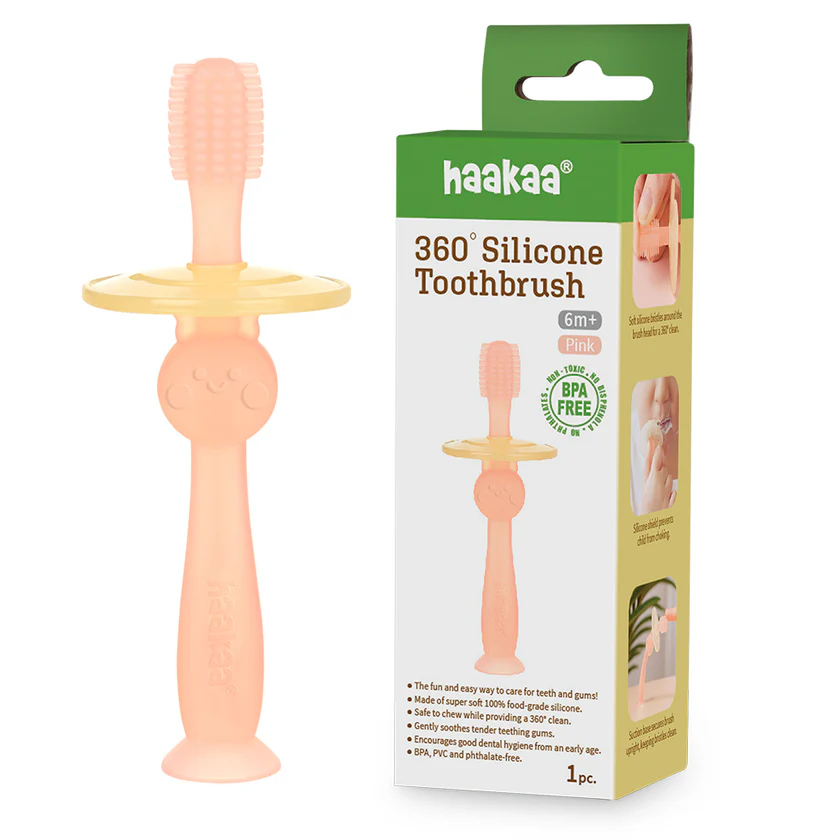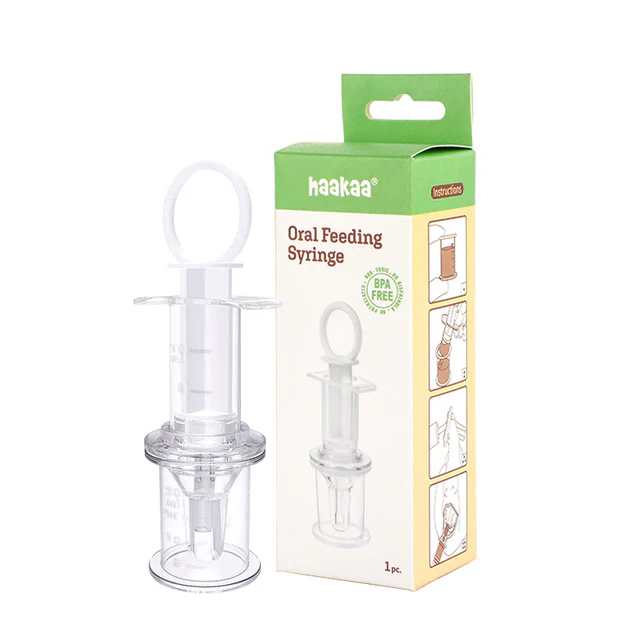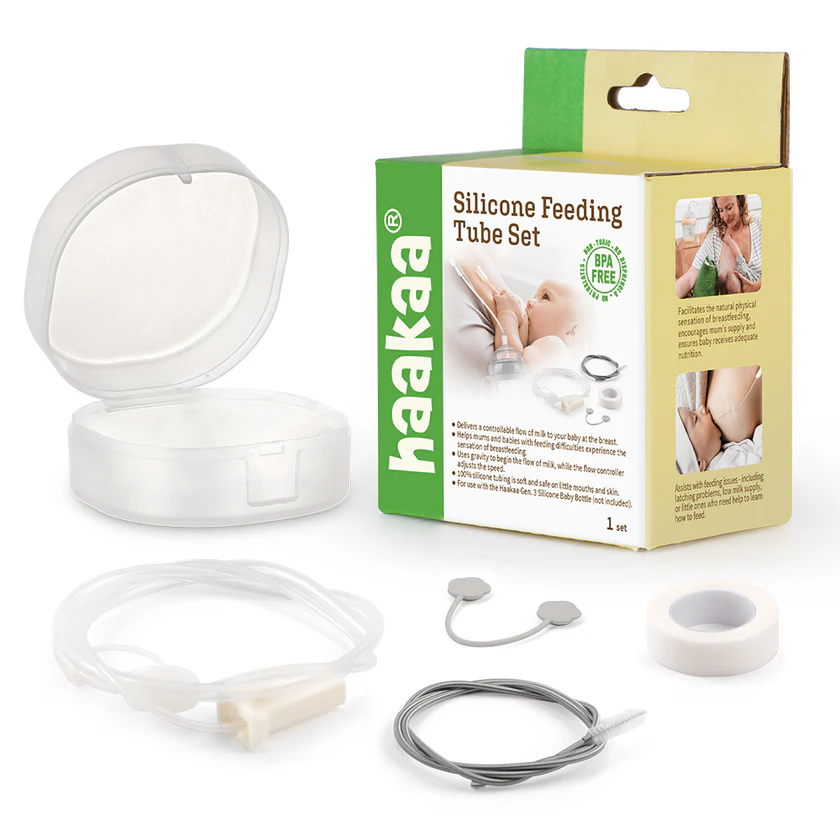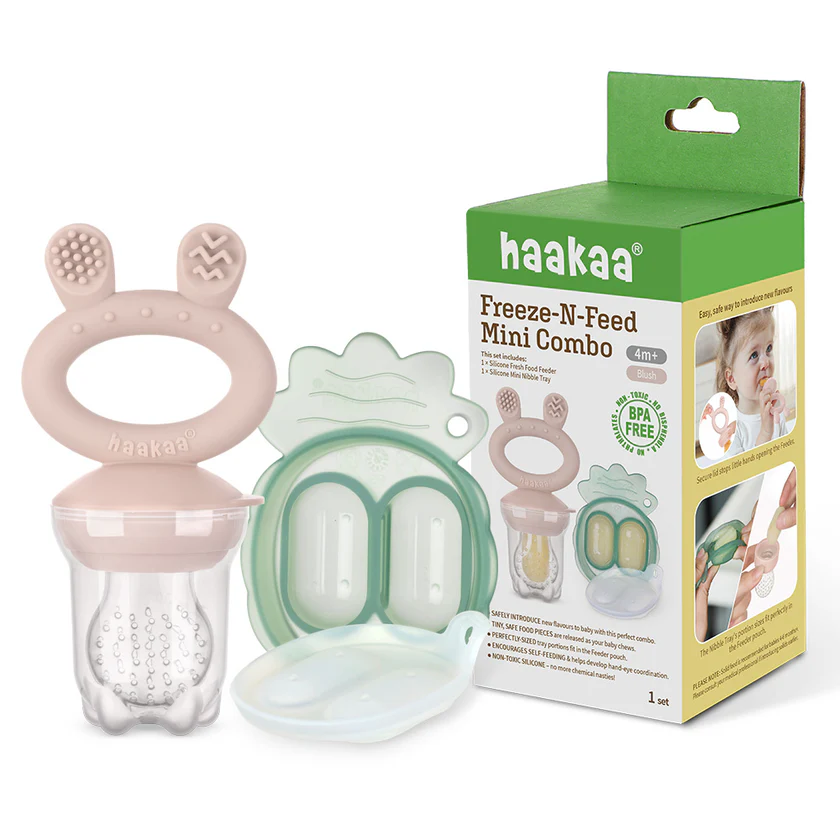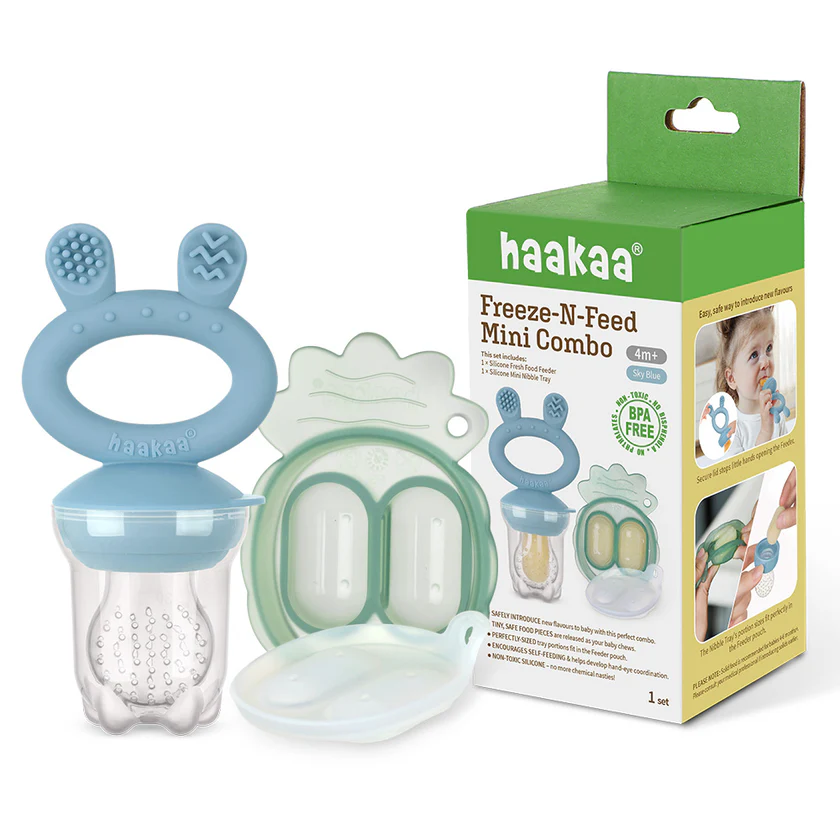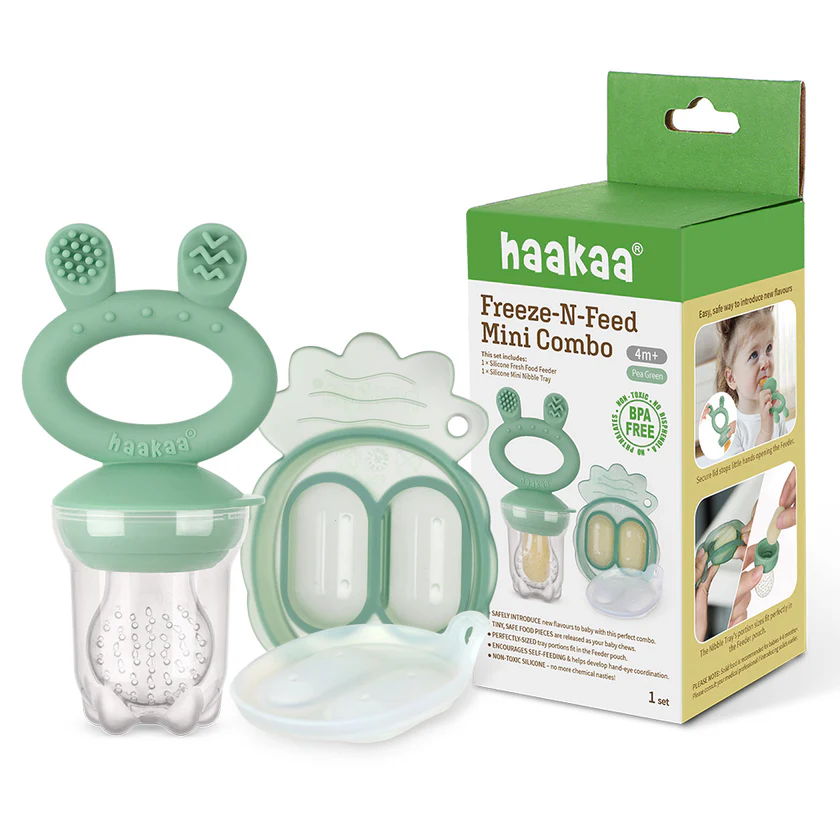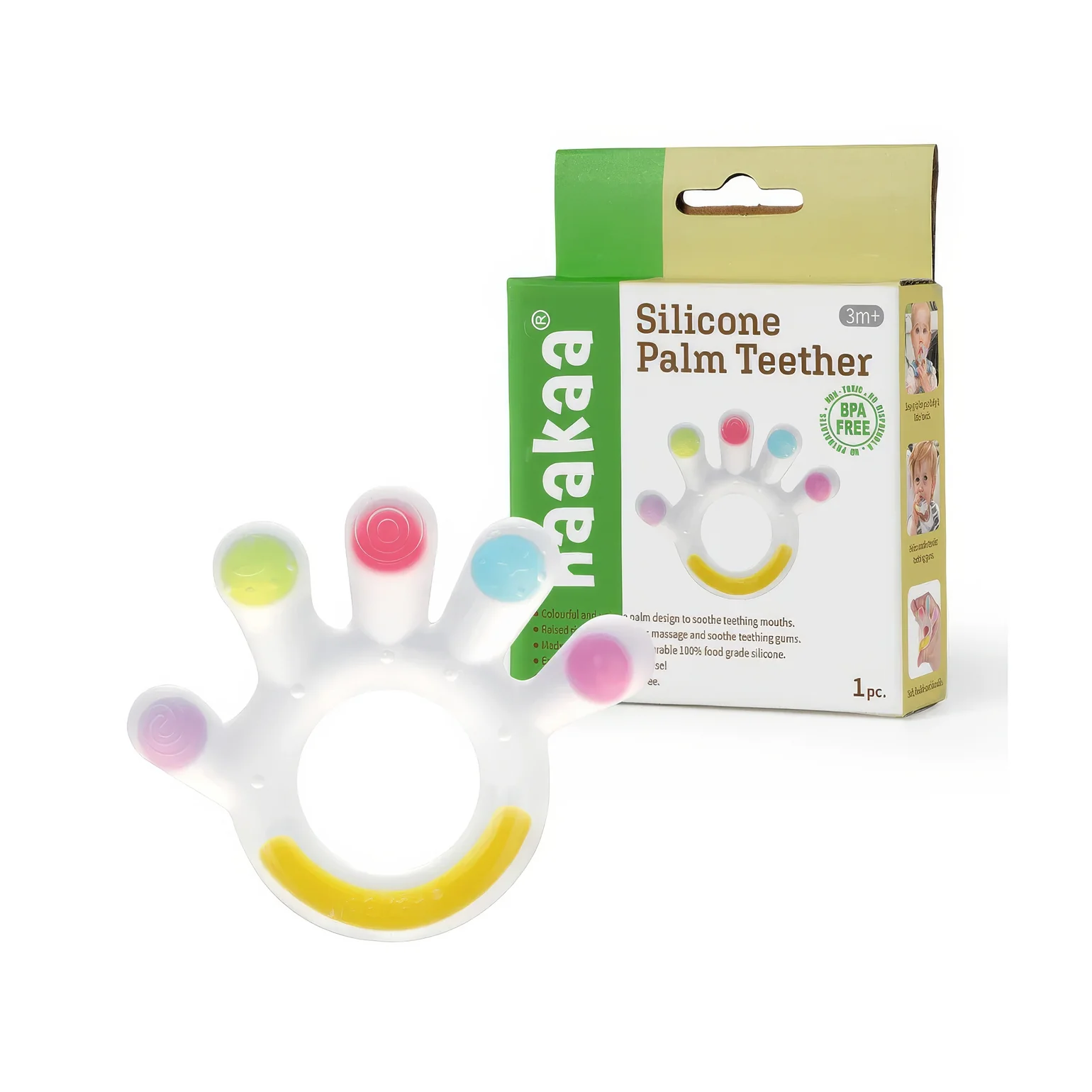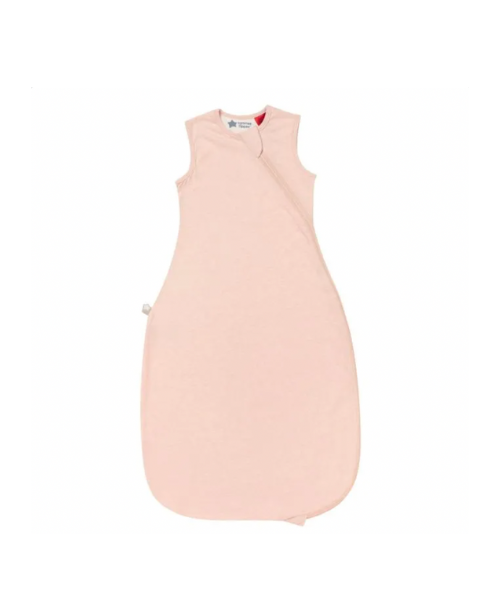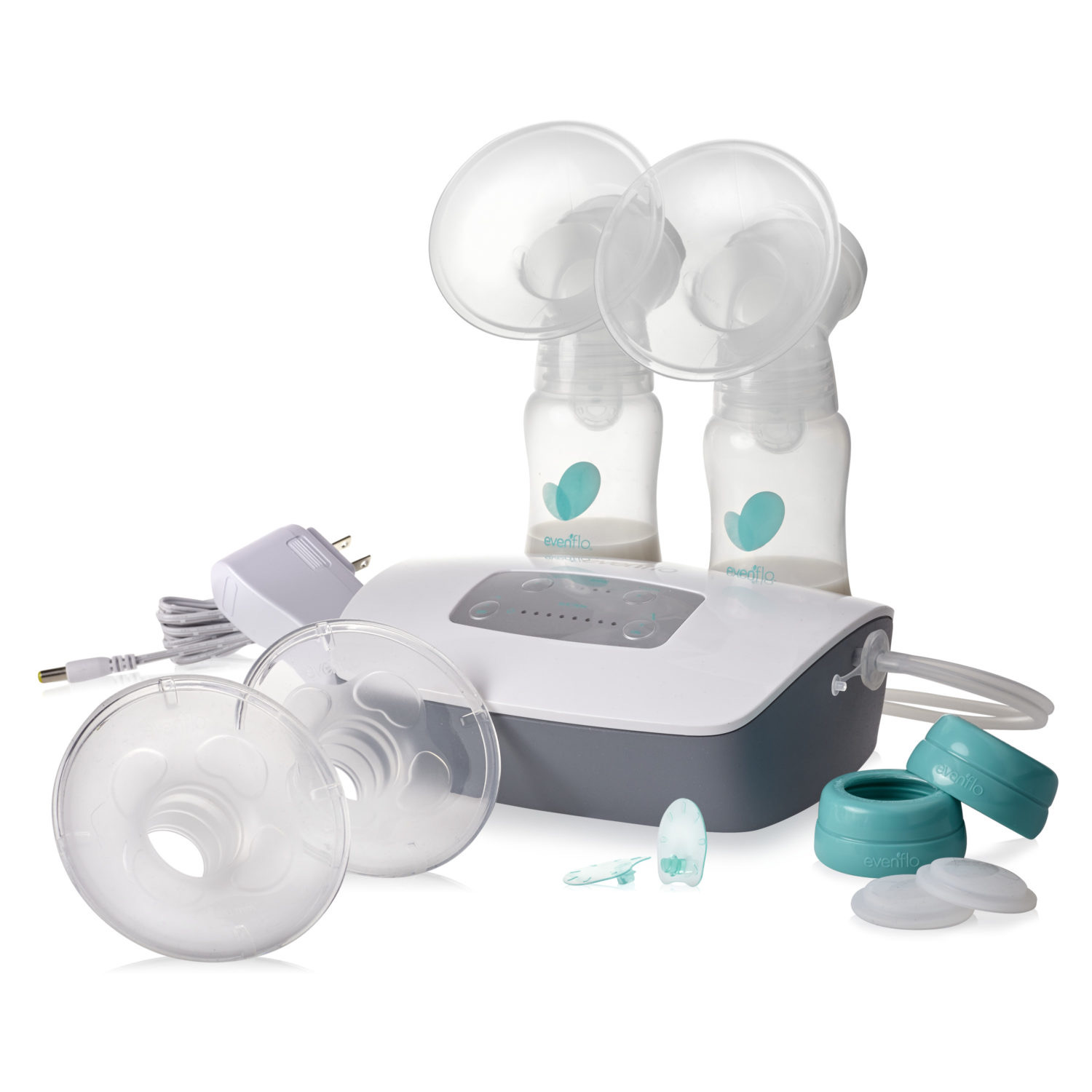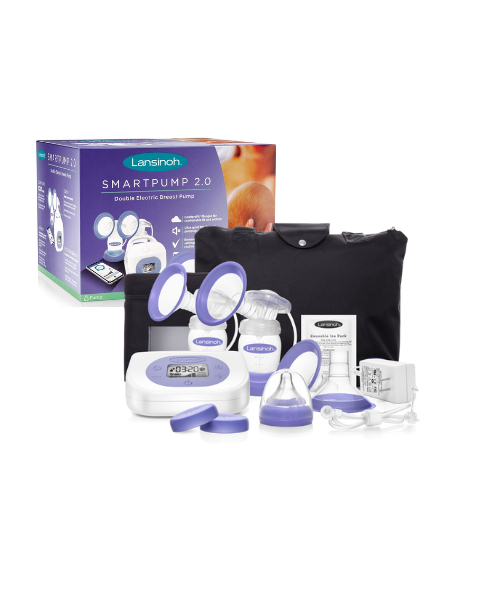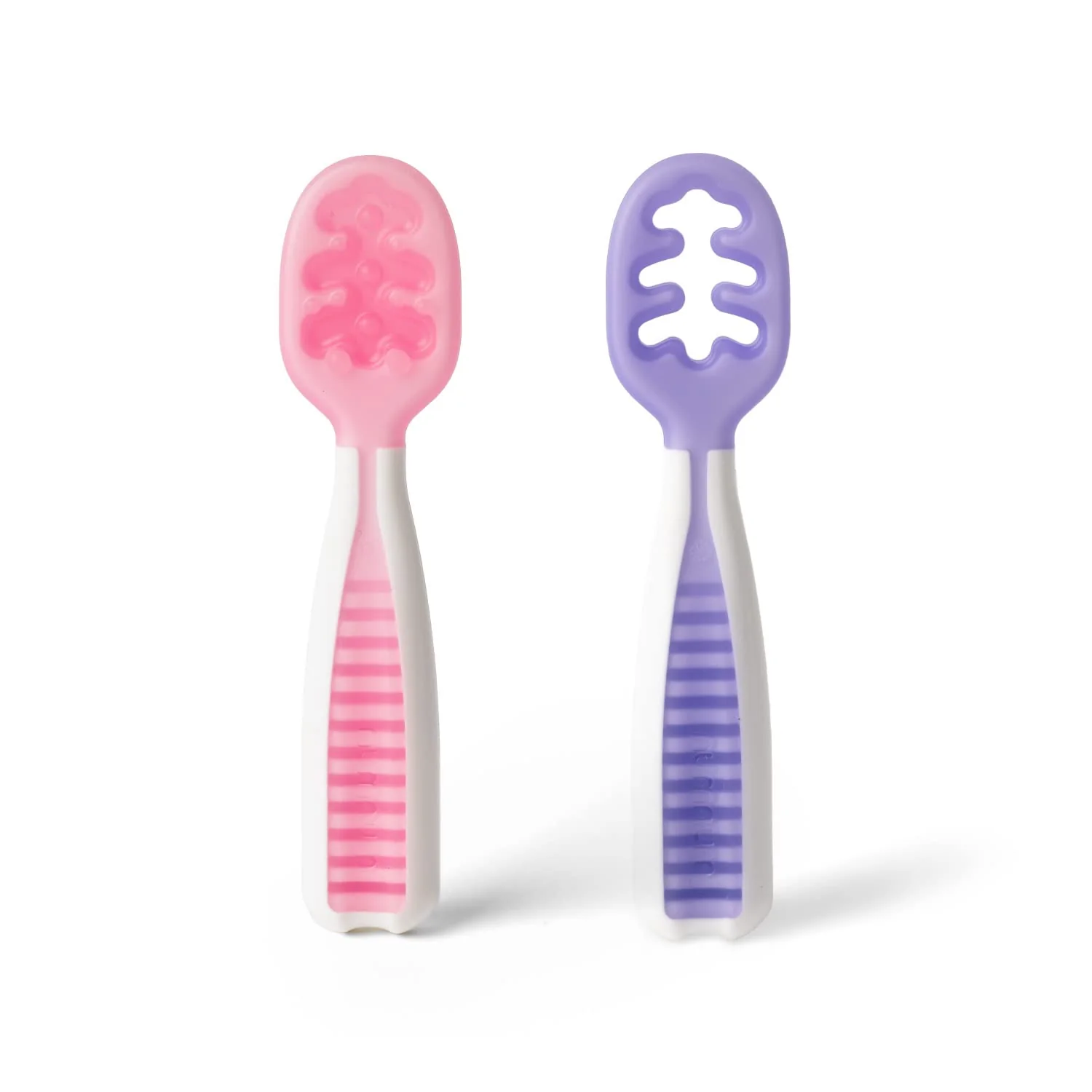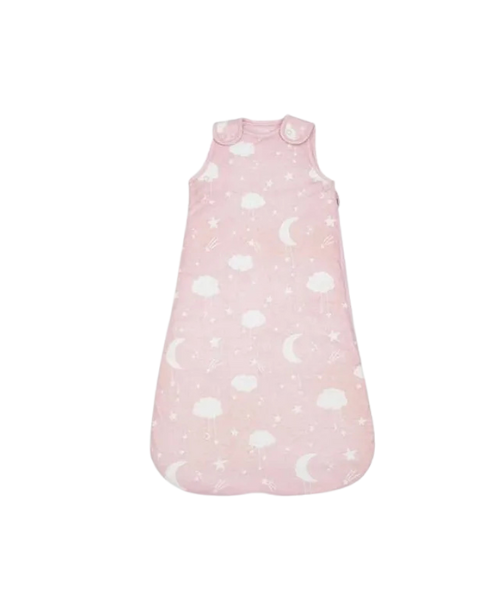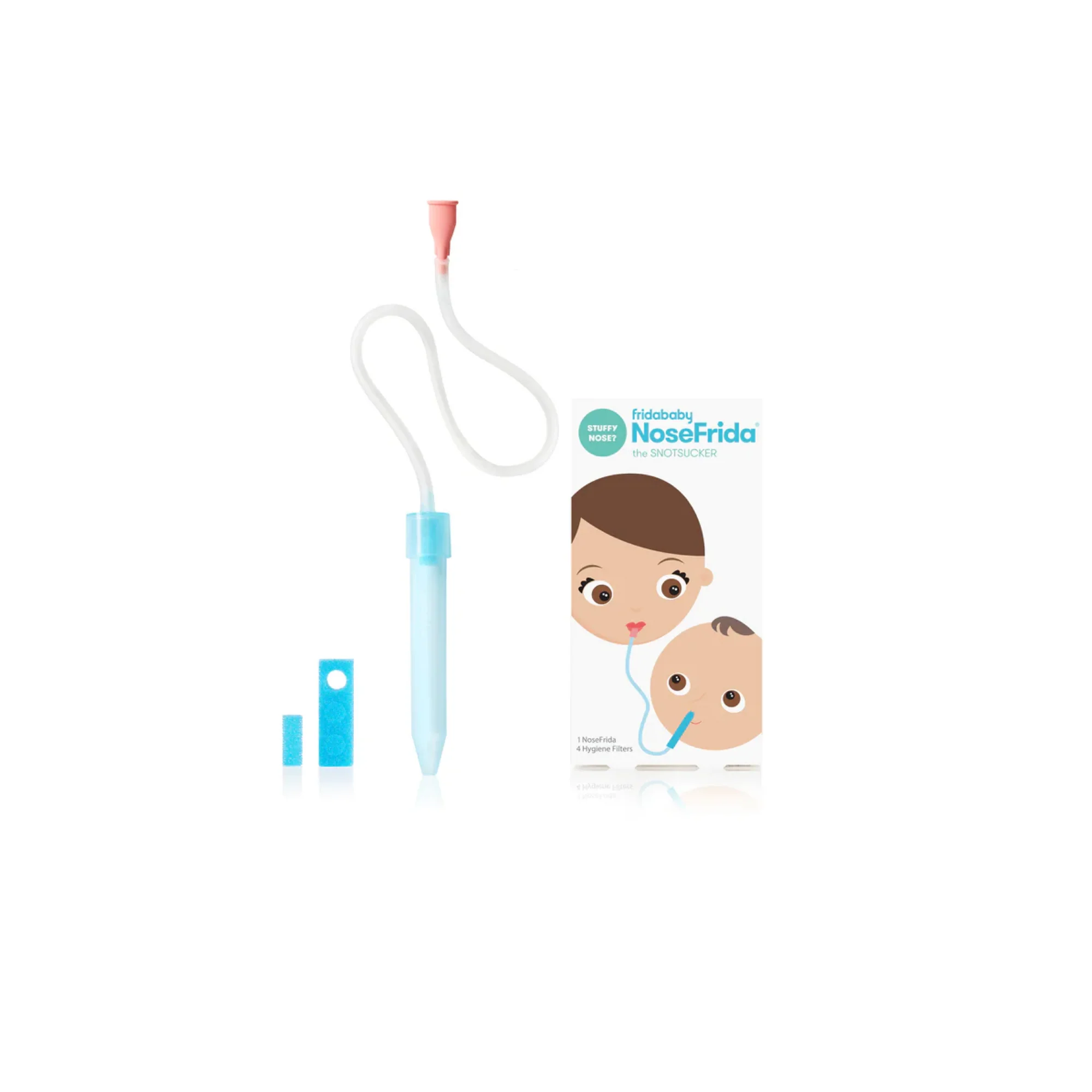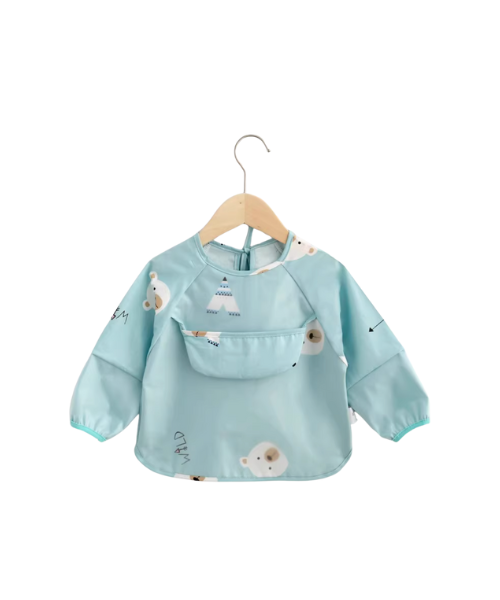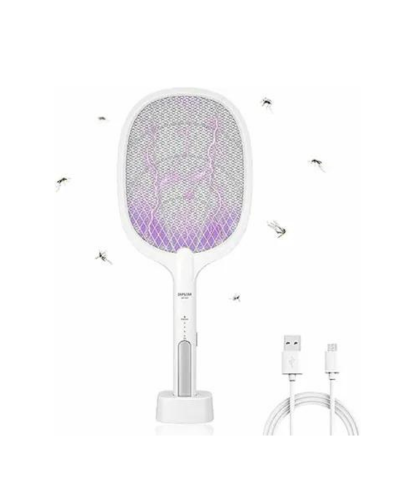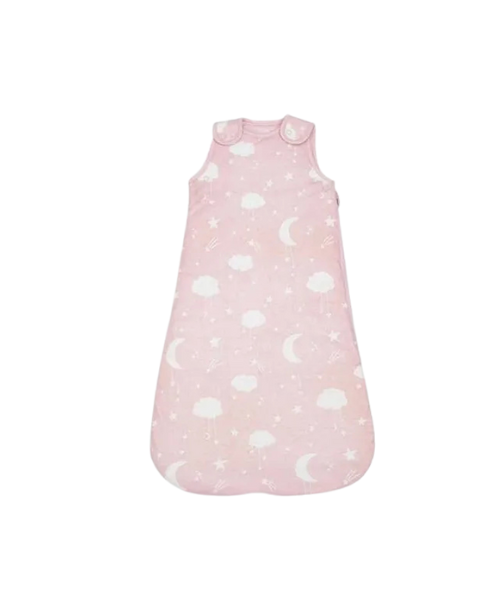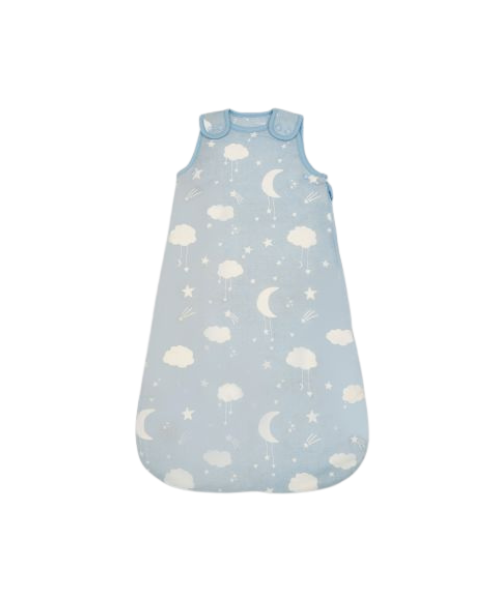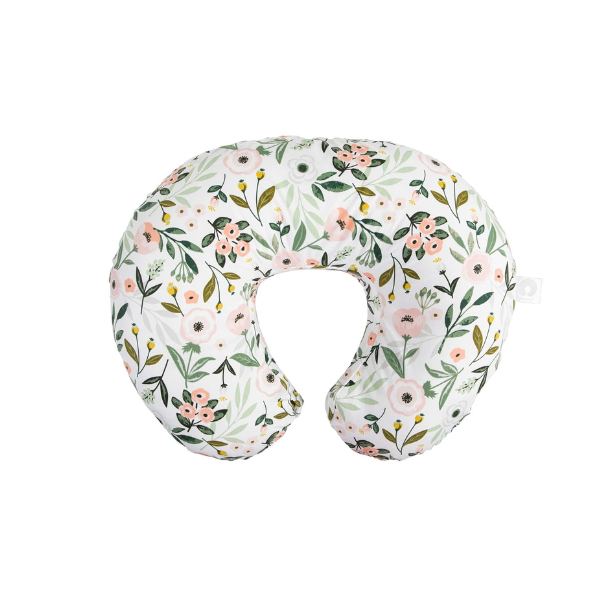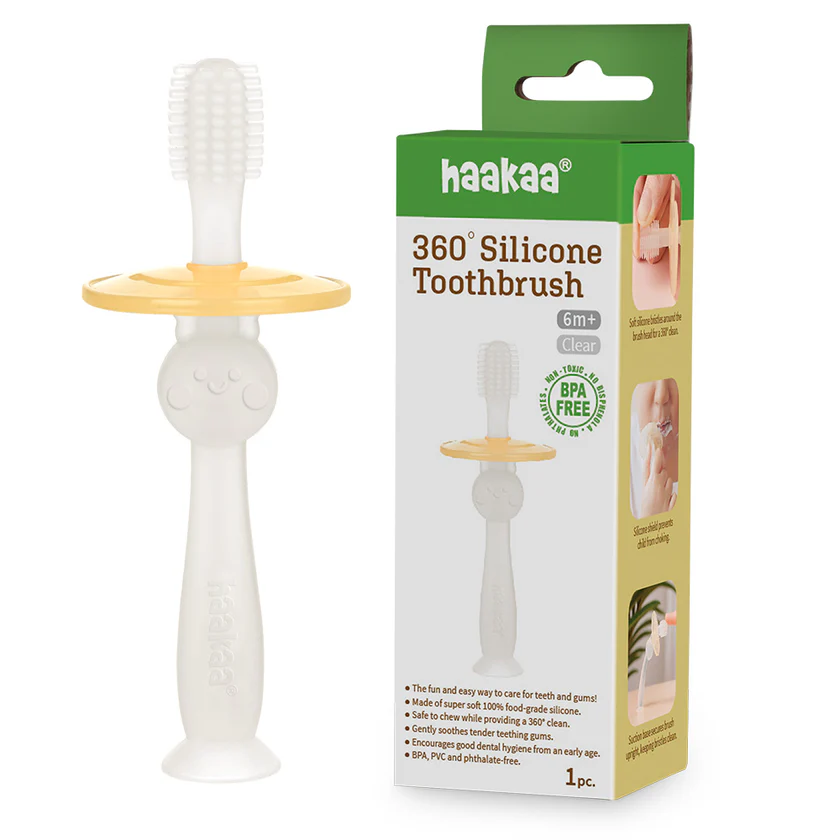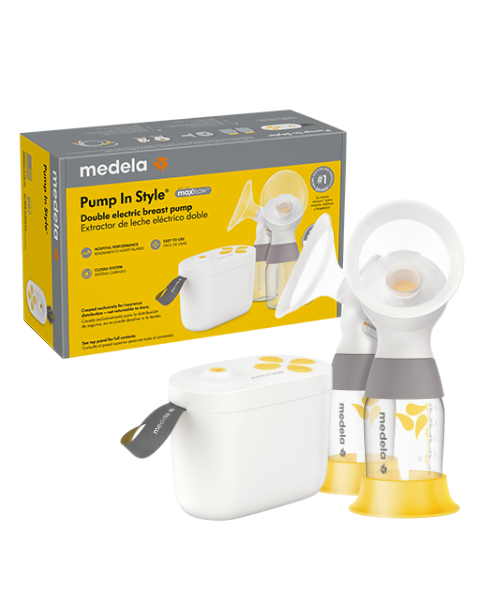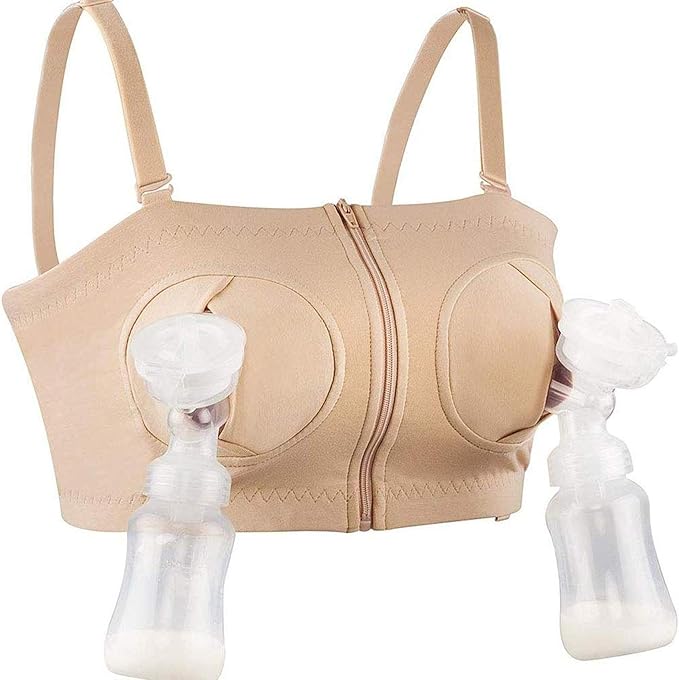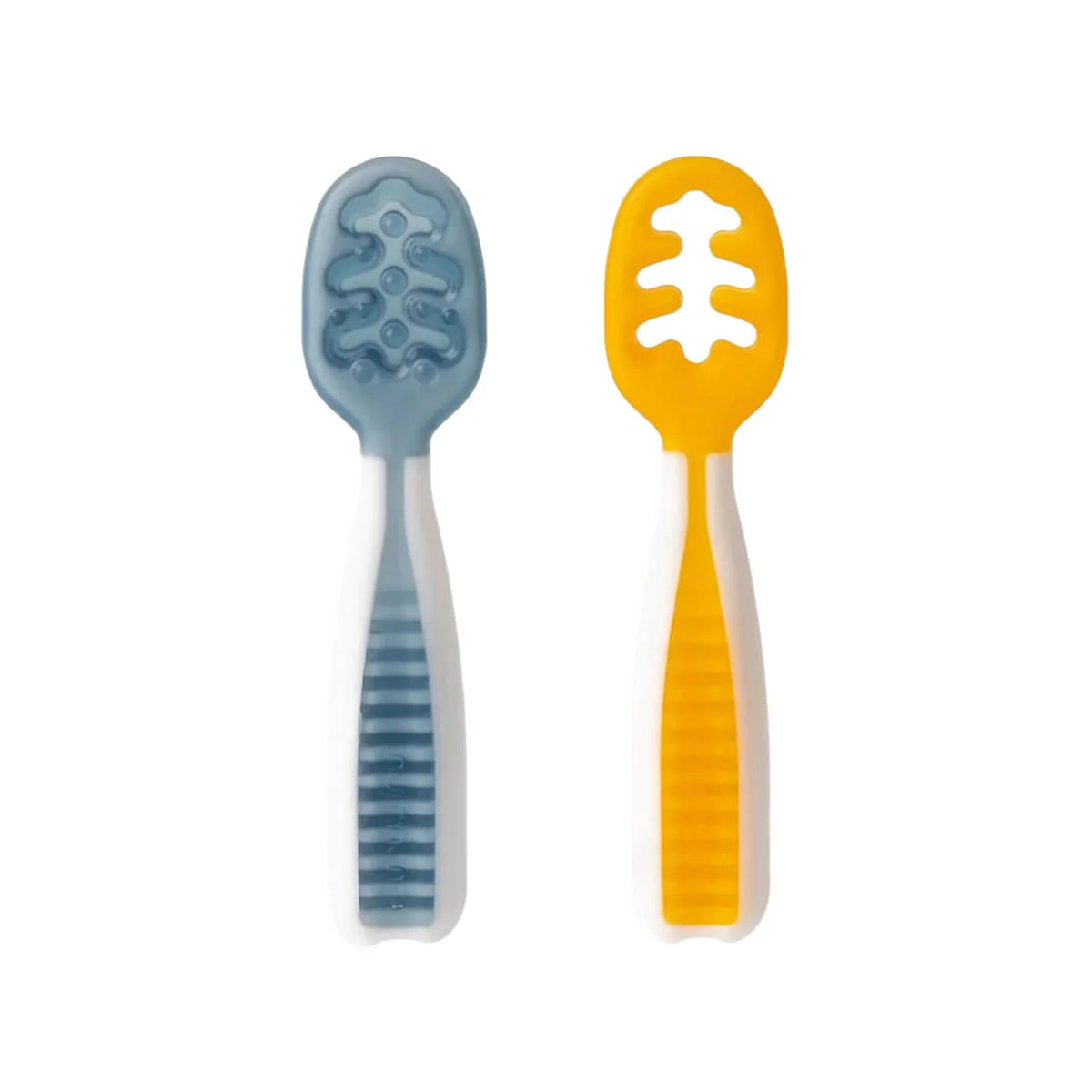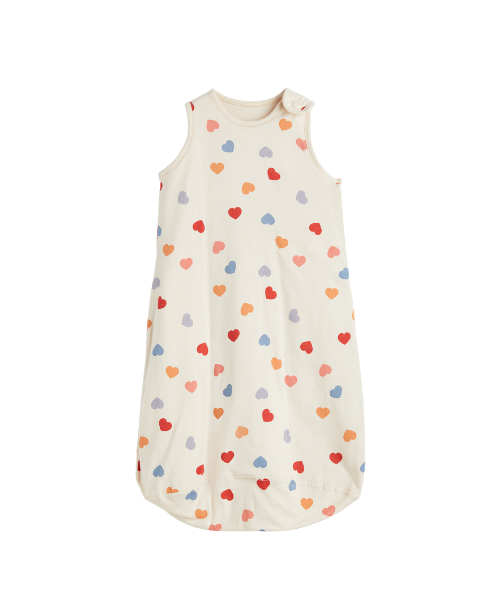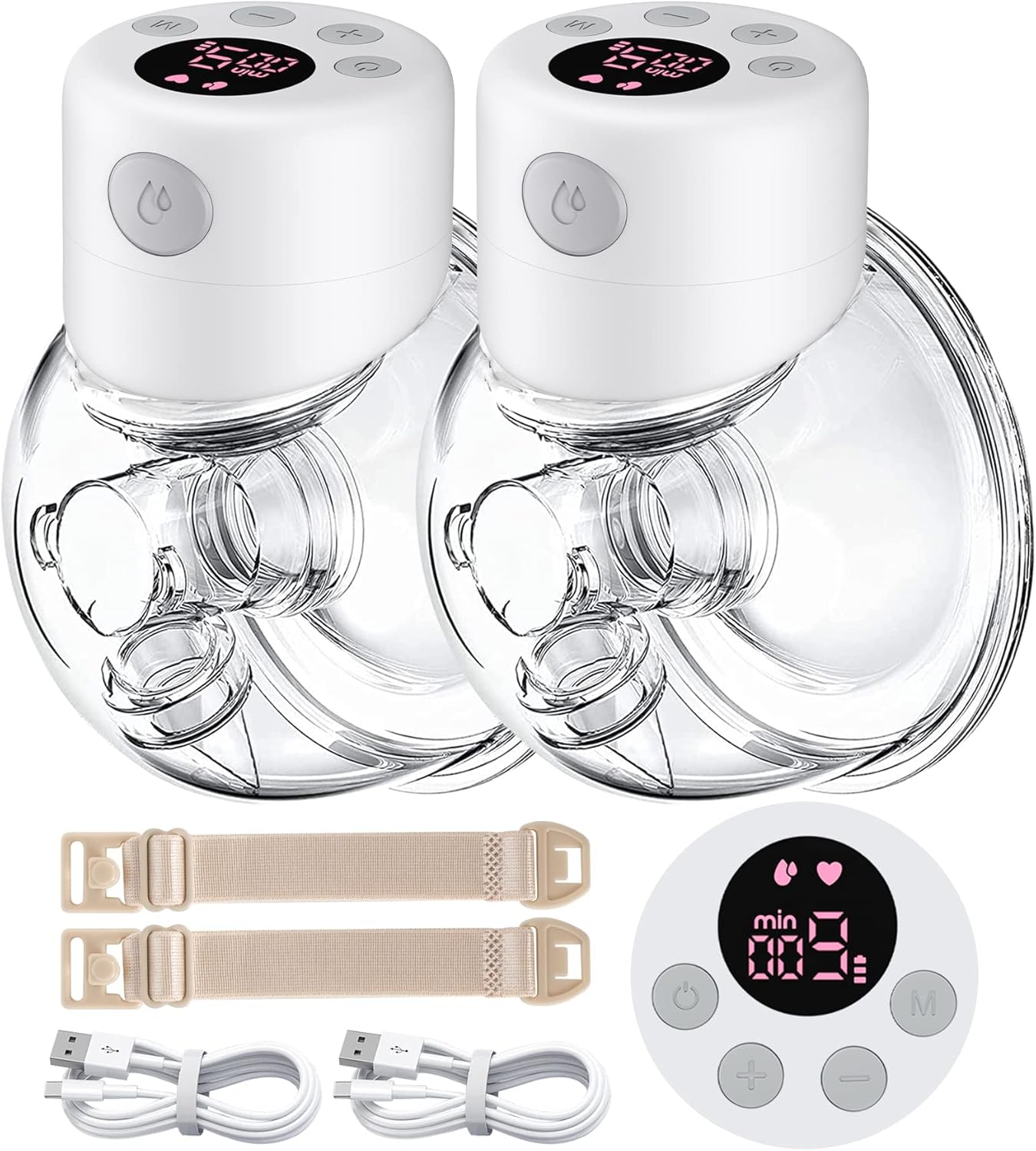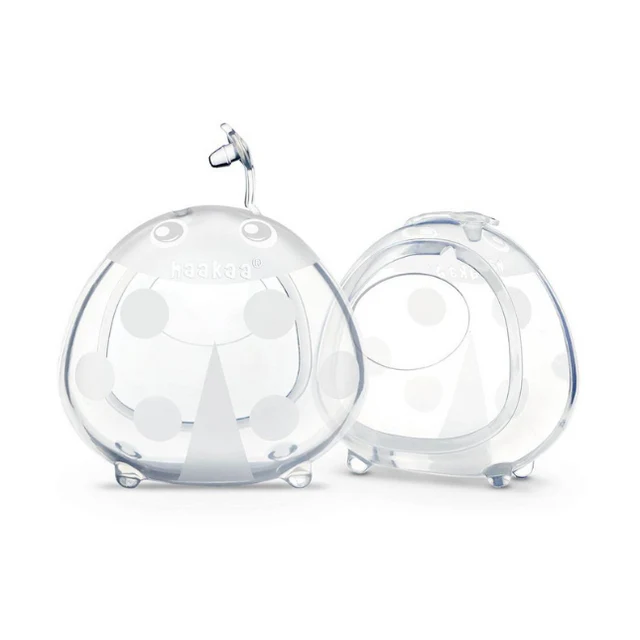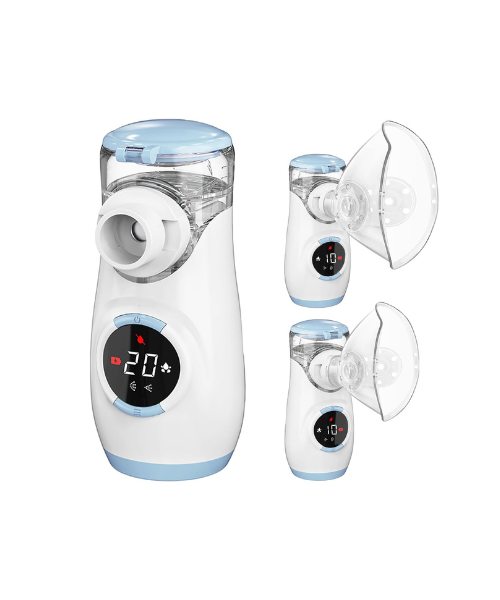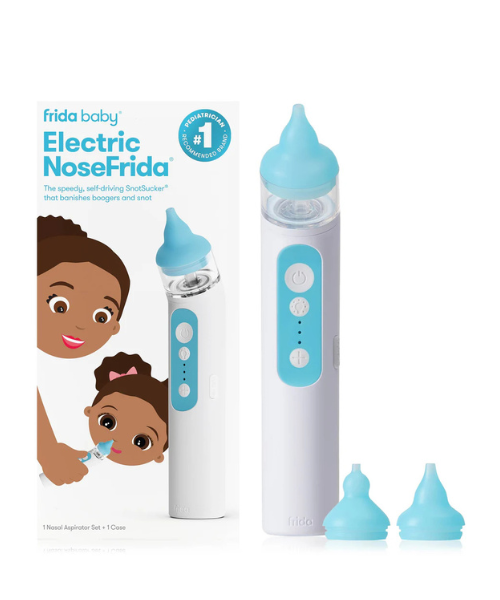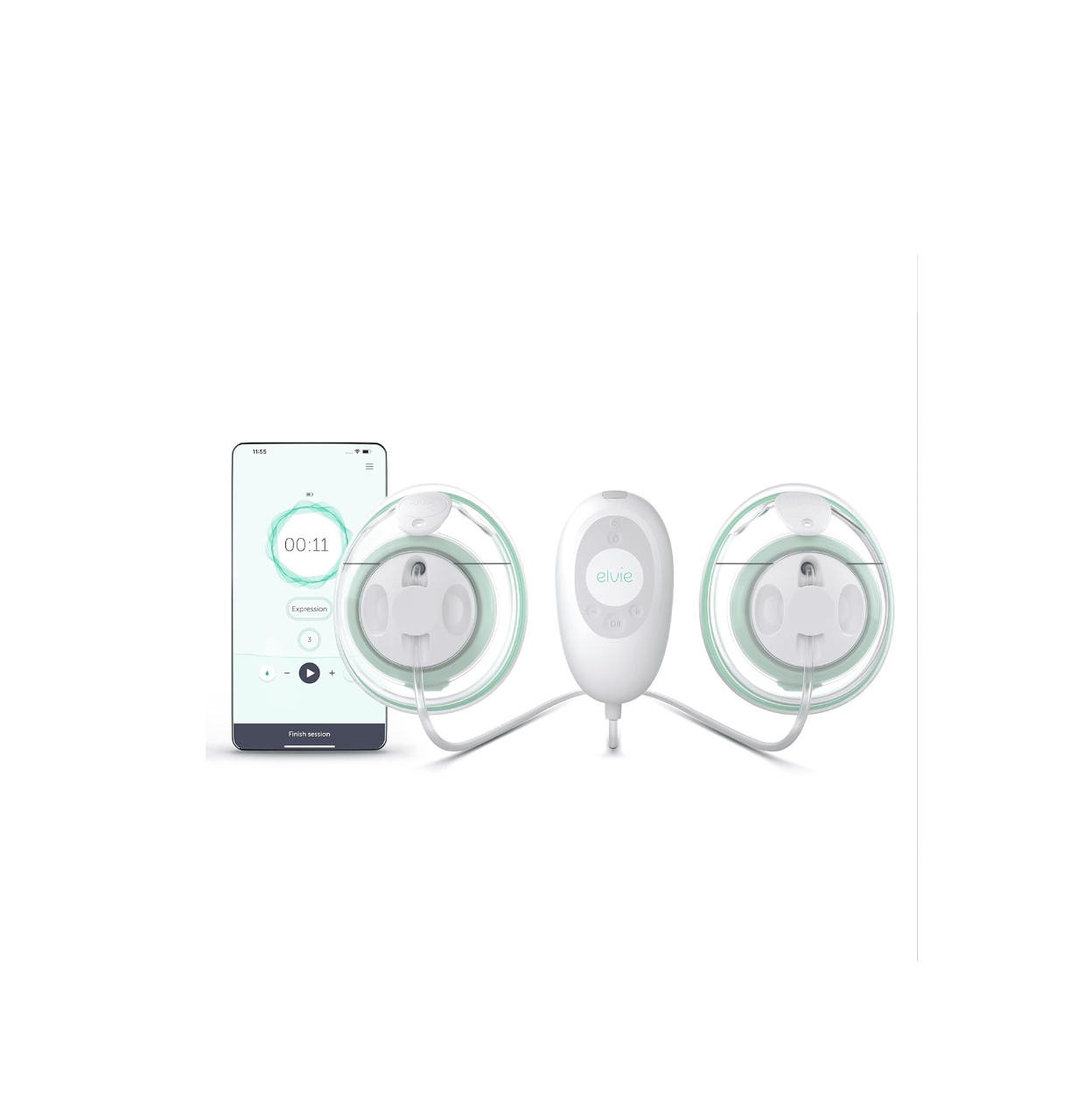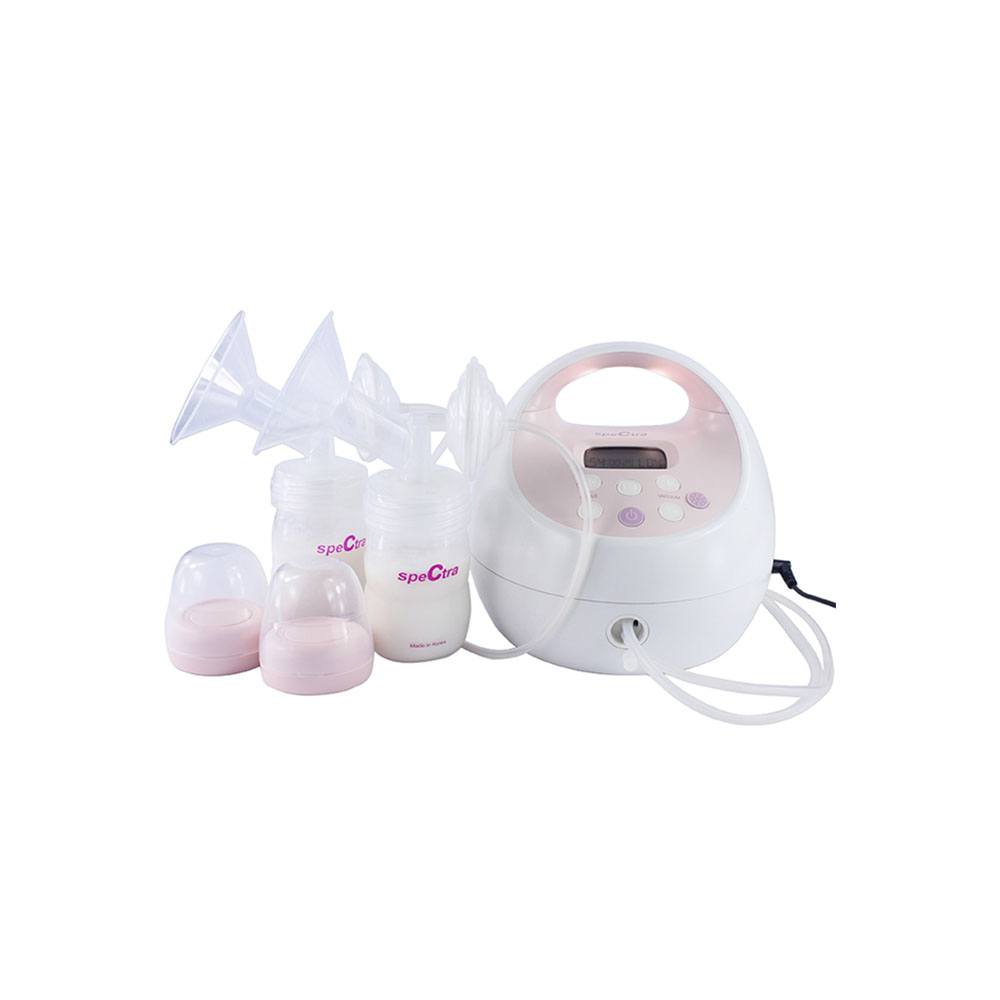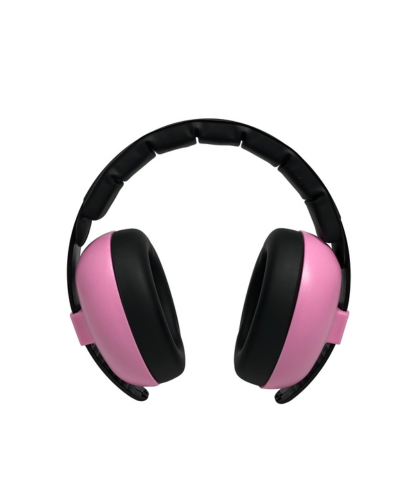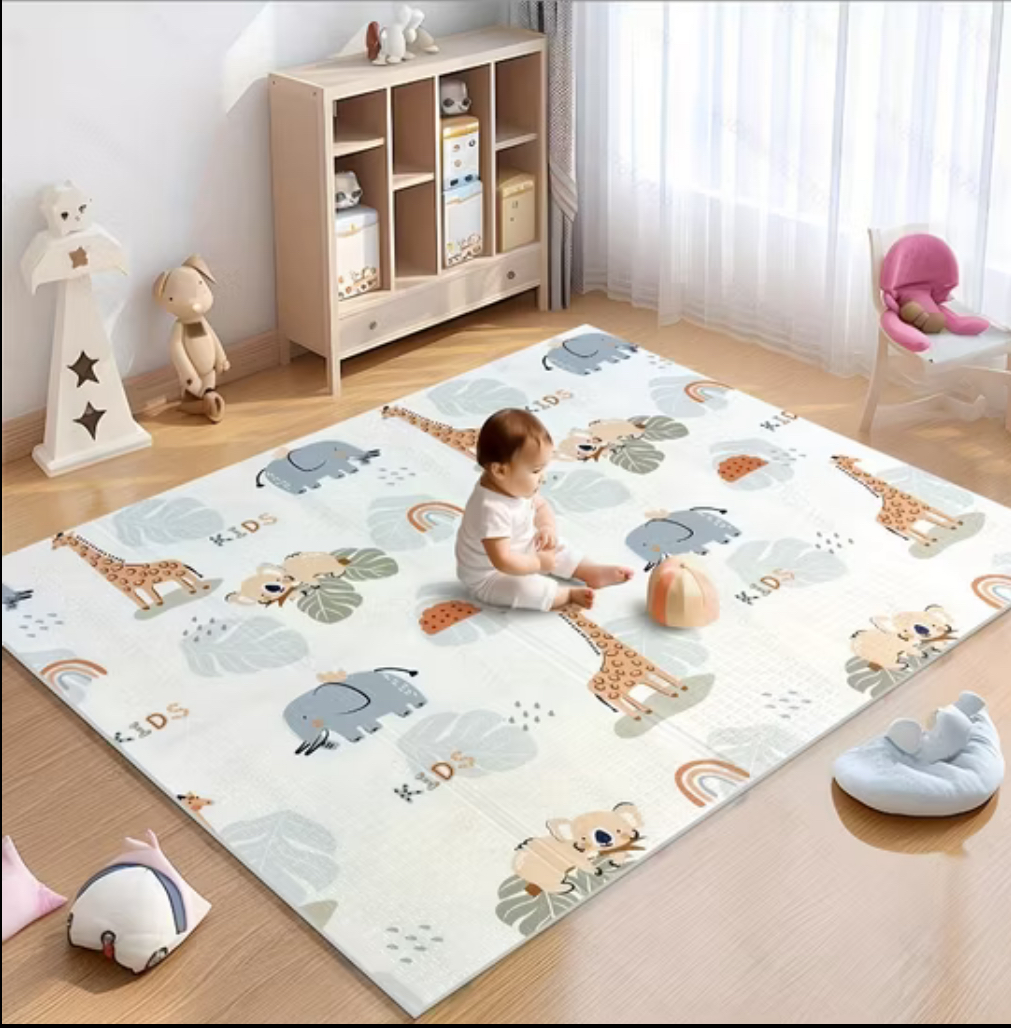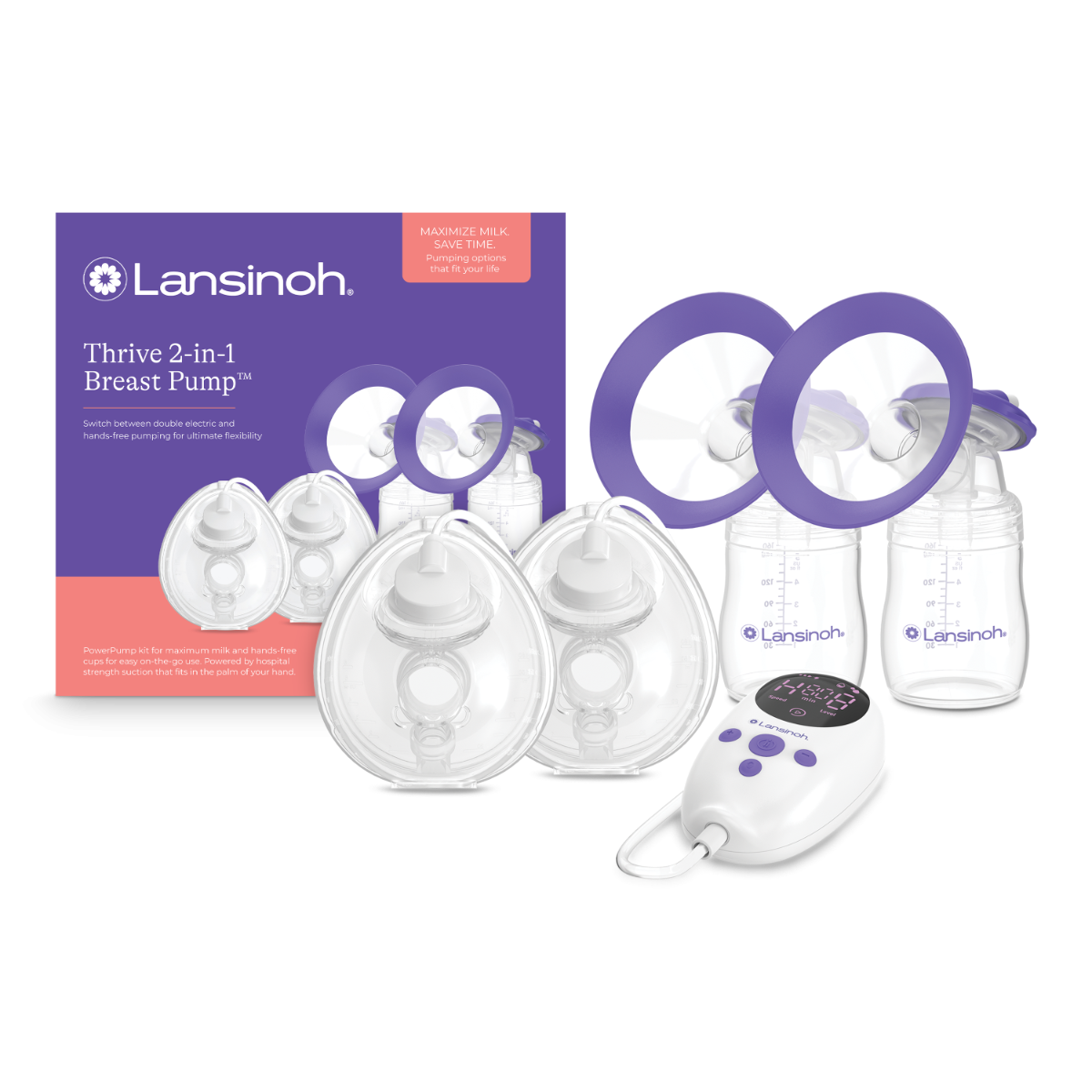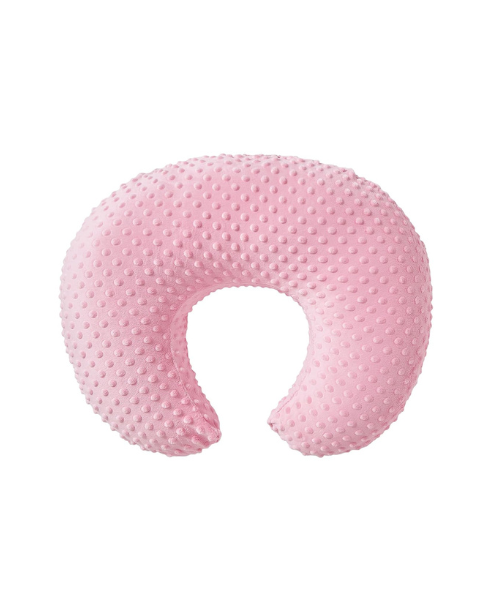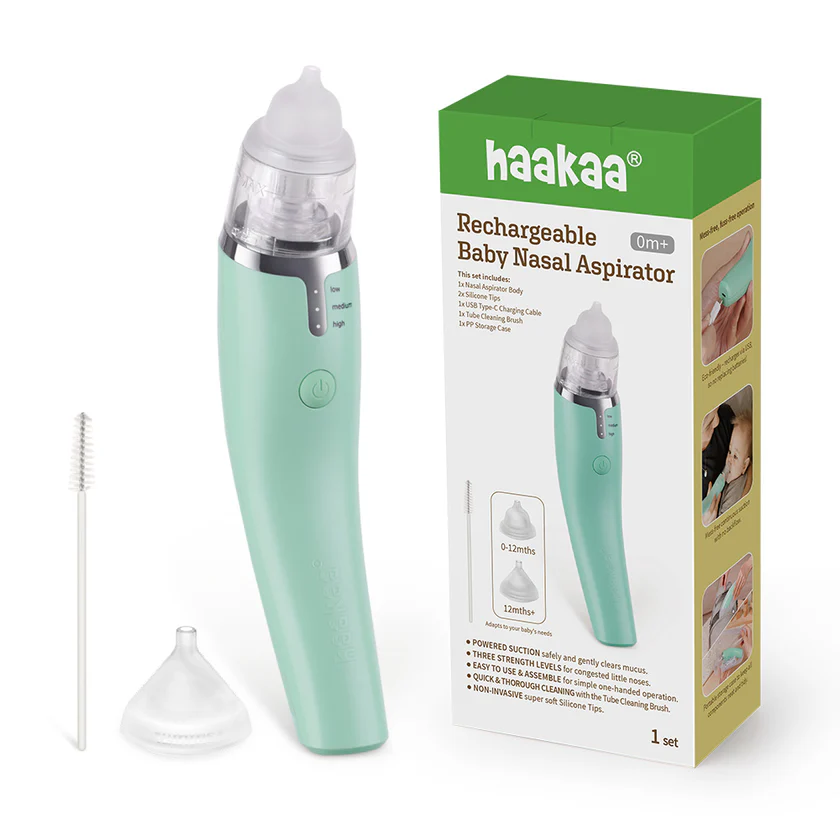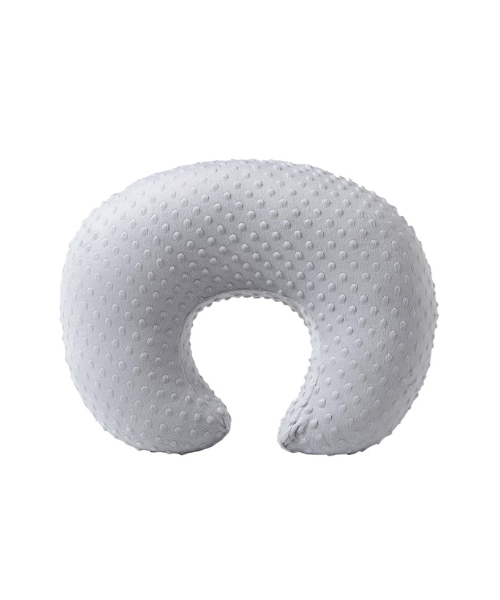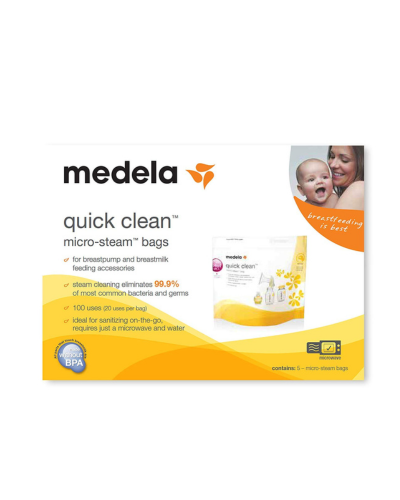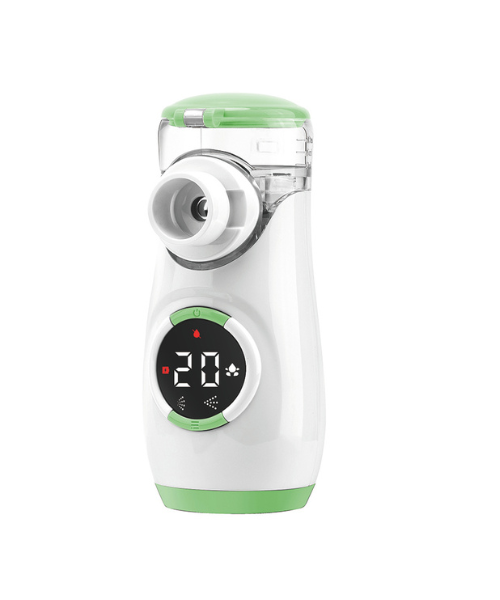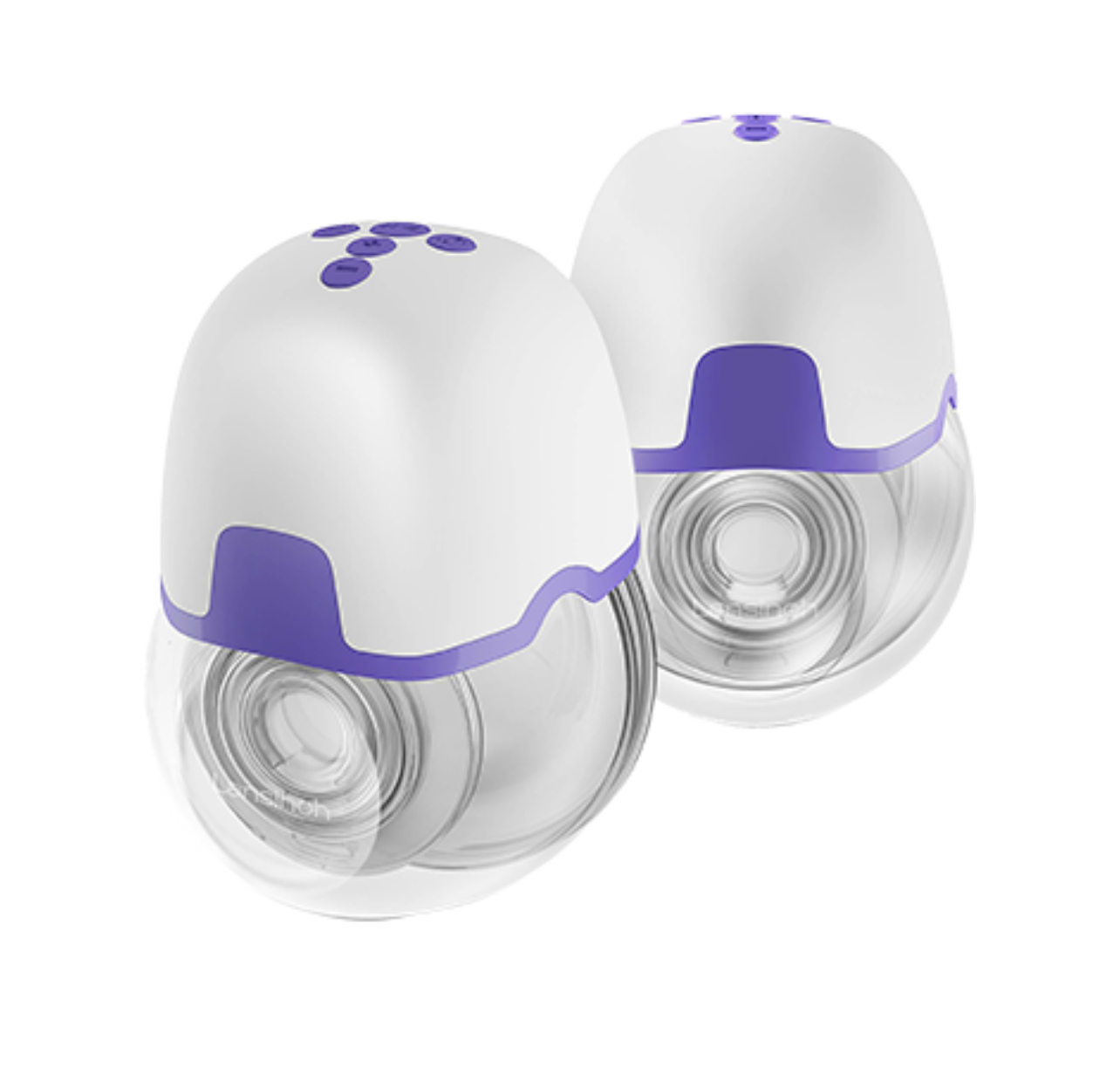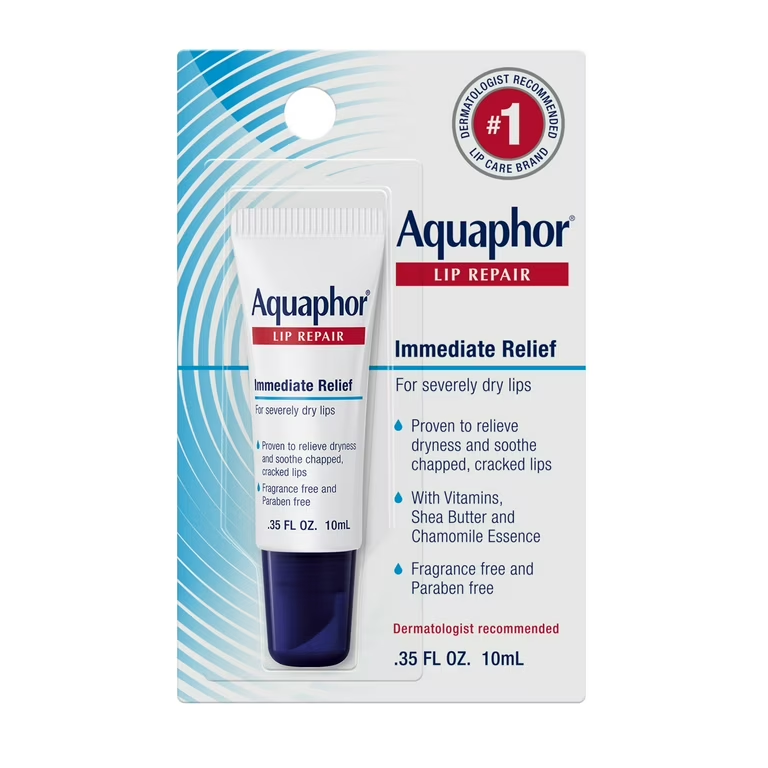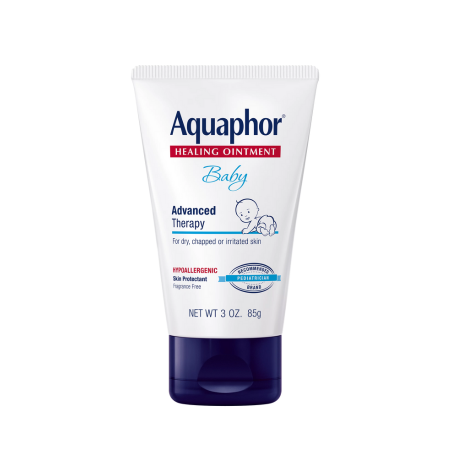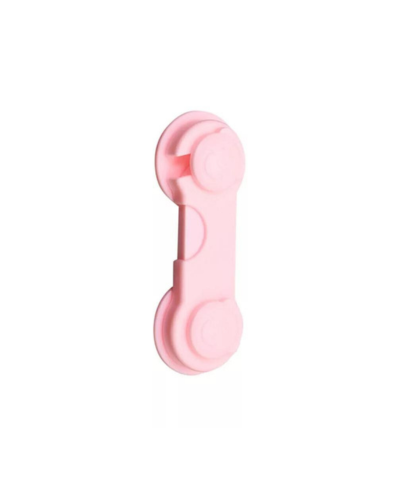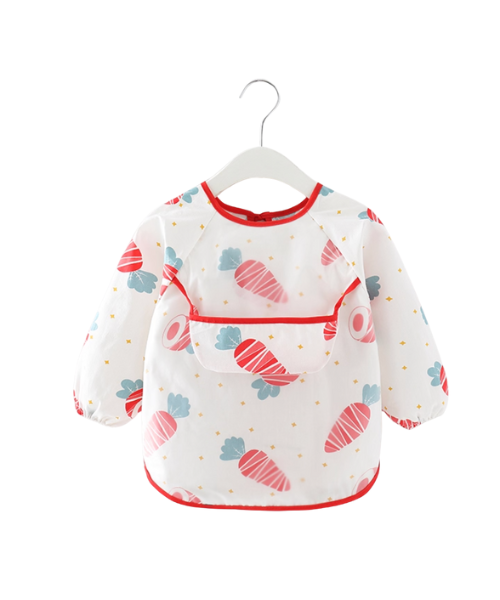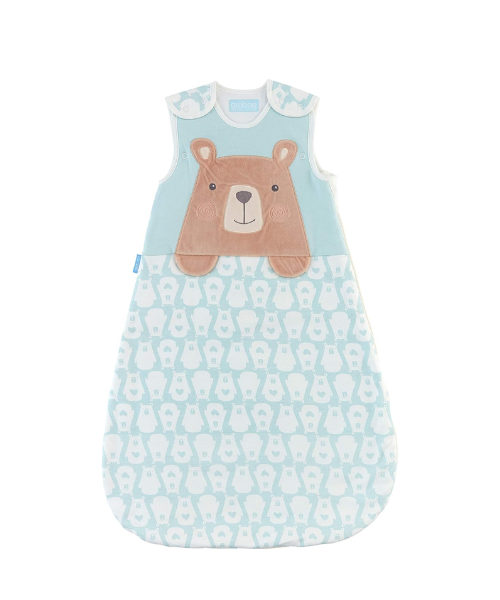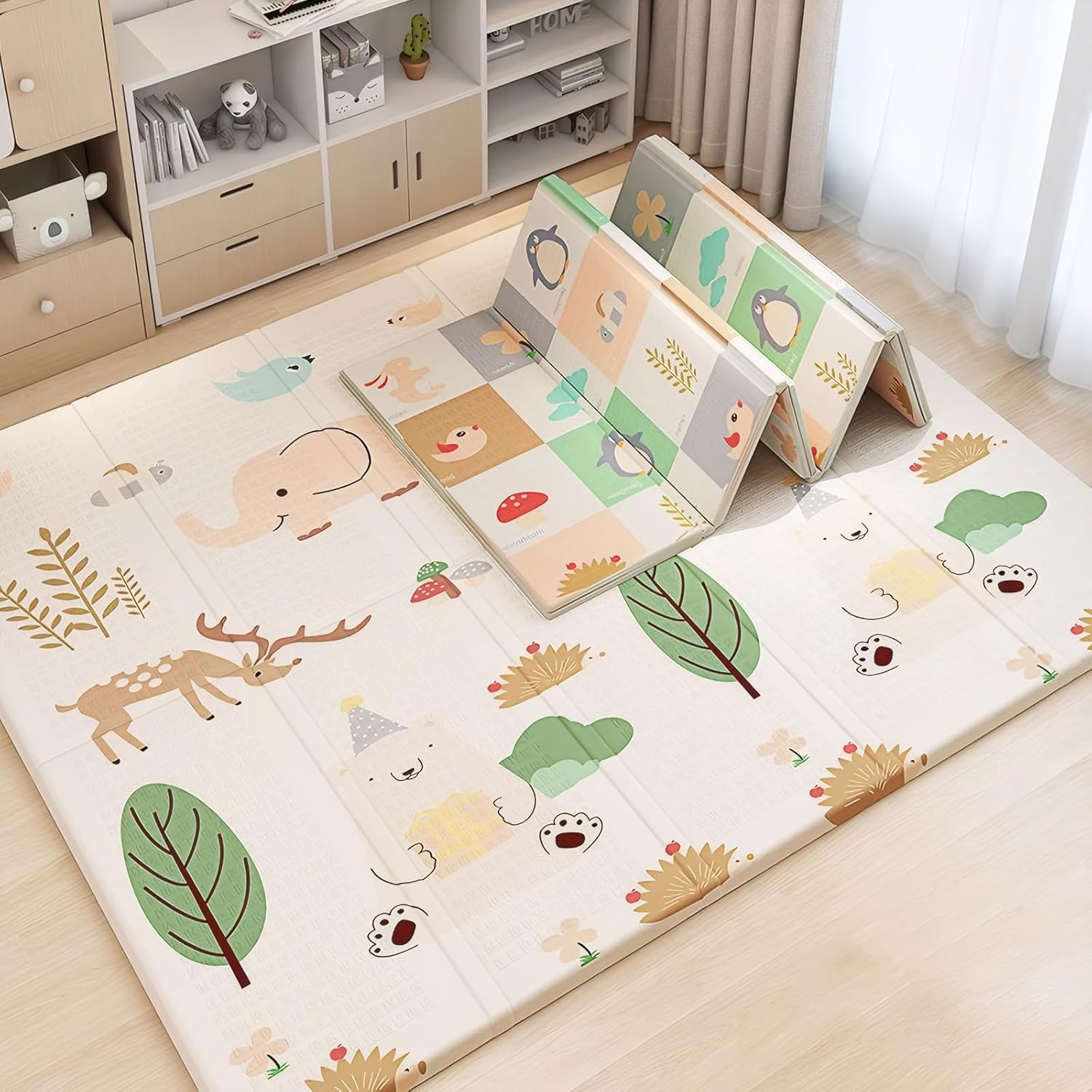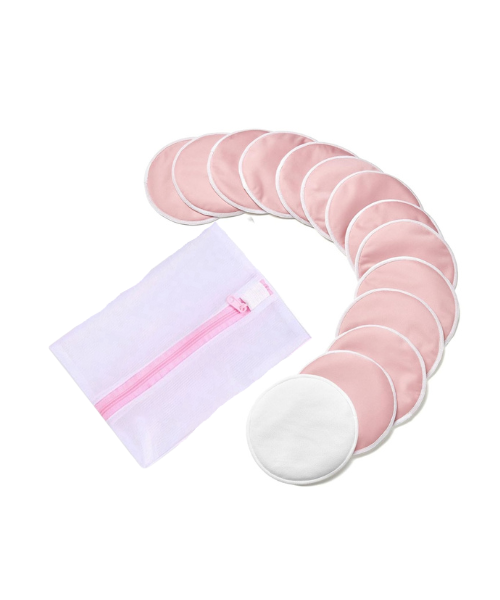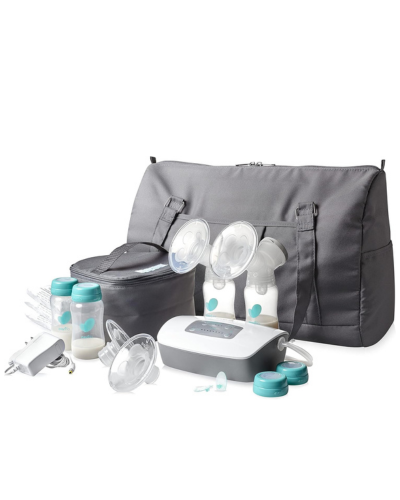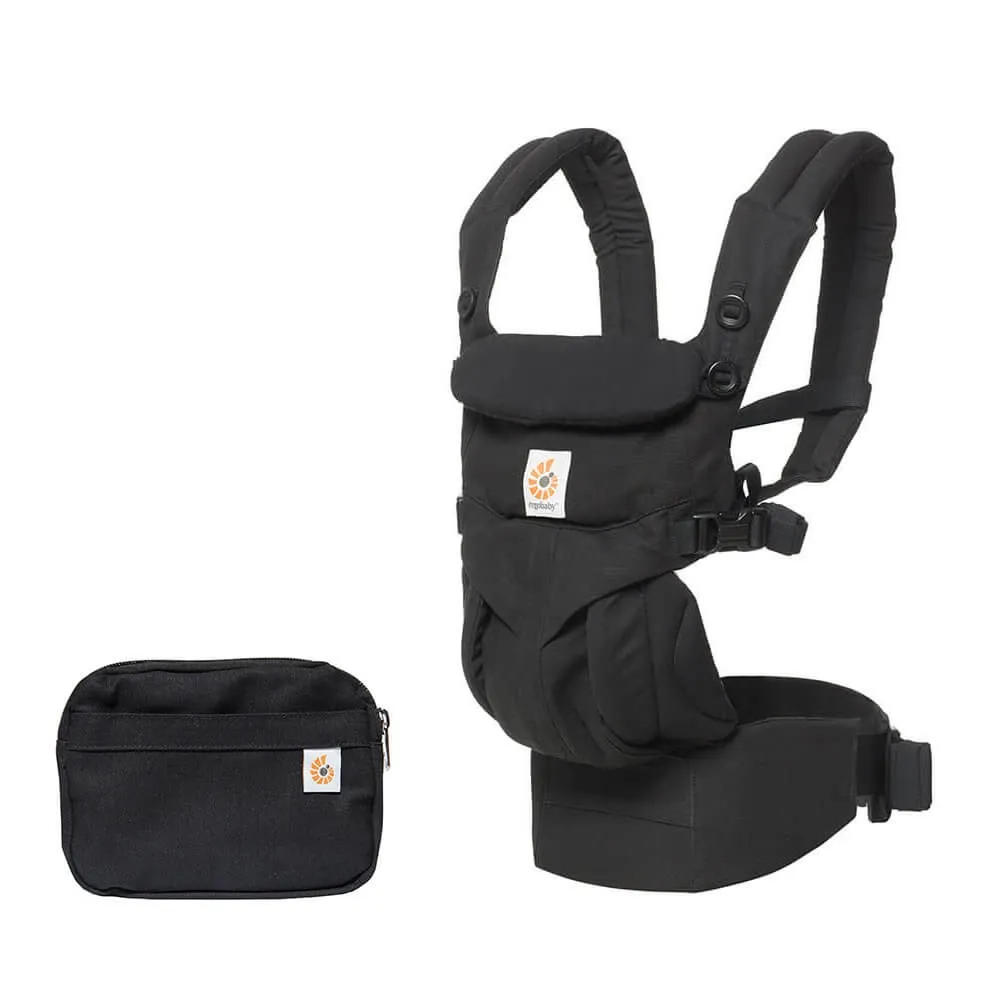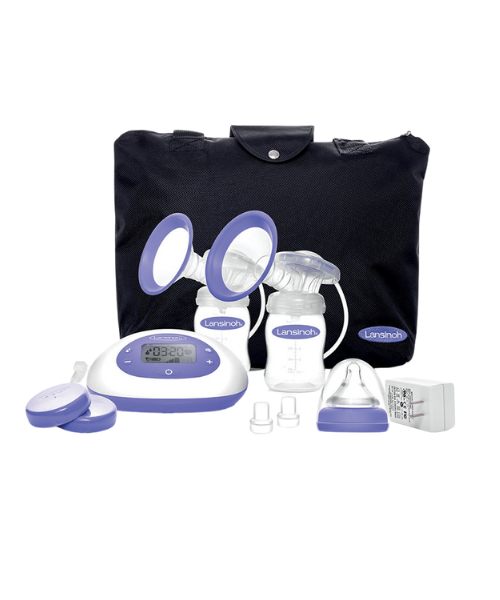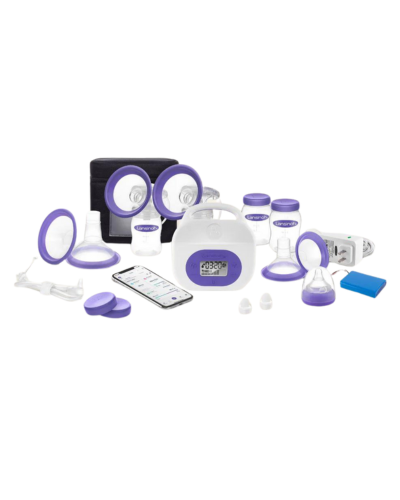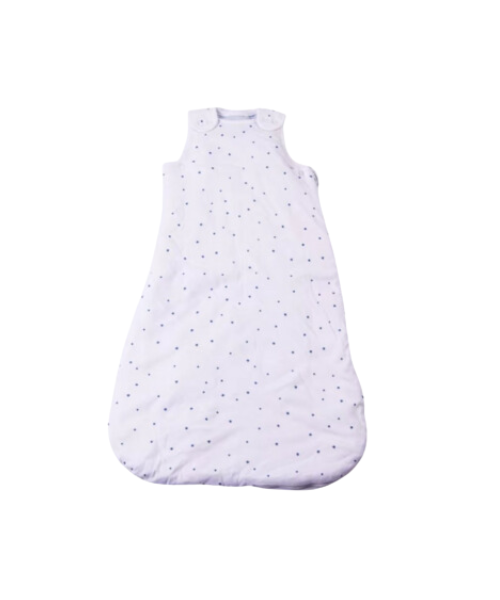-
75b (x1)
-
75b (x1)
-
75b (x1)
-
75b (x1)
-
75b (x1)
-
75b (x1)
-
75b (x1)
-
75b (x1)
-
75b (x1)
-
75b (x1)
-
75b (x1)
-
75b (x1)
-
75b (x1)
-
75b (x1)
-
39b (x1)
-
39b (x1)
-
39b (x1)
-
39b (x1)
-
39b (x1)
-
39b (x1)
-
39b (x1)
-
39b (x1)
-
39b (x1)
-
39b (x1)
-
39b (x1)
-
39b (x1)
-
39b (x1)
-
39b (x1)
-
39b (x1)
-
39b (x1)
-
39b (x1)
-
39b (x1)
-
39b (x1)
-
39b (x1)
-
39b (x1)
-
39b (x1)
-
39b (x1)
-
39b (x1)
-
39b (x1)
-
39b (x1)
-
39b (x1)
-
39b (x1)
-
39b (x1)
-
39b (x1)
-
39b (x1)
-
39b (x1)
-
39b (x1)
-
39b (x1)
-
39b (x1)
-
39b (x1)
-
39b (x1)
-
39b (x1)
-
39b (x1)
-
39b (x1)
-
75b (x1)
-
75b (x1)
-
75b (x1)
-
75b (x1)
-
75b (x1)
-
75b (x1)
-
75b (x1)
-
75b (x1)
-
75b (x1)
-
75b (x1)
-
75b (x1)
-
75b (x1)
-
75b (x1)
-
75b (x1)
-
75b (x1)
-
75b (x1)
-
75b (x1)
-
75b (x1)
-
75b (x1)
-
75b (x1)
-
75b (x1)
-
75b (x1)
-
75b (x1)
-
75b (x1)
-
75b (x1)
-
75b (x1)
-
75b (x1)
-
75b (x1)
-
65b (x1)
-
65b (x1)
-
65b (x1)
-
65b (x1)
-
65b (x1)
-
65b (x1)
-
65b (x1)
-
65b (x1)
-
65b (x1)
-
65b (x1)
-
65b (x1)
-
65b (x1)
-
65b (x1)
-
65b (x1)
-
65b (x1)
-
65b (x1)
-
65b (x1)
-
65b (x1)
-
65b (x1)
-
65b (x1)
-
65b (x1)
-
65b (x1)
-
65b (x1)
-
65b (x1)
-
65b (x1)
-
65b (x1)
-
65b (x1)
-
65b (x1)
-
65b (x1)
-
65b (x1)
-
65b (x1)
-
65b (x1)
-
65b (x1)
-
65b (x1)
-
65b (x1)
-
65b (x1)
-
65b (x1)
-
65b (x1)
-
65b (x1)
-
65b (x1)
-
65b (x1)
-
65b (x1)
-
65b (x1)
-
65b (x1)
-
65b (x1)
-
65b (x1)
-
65b (x1)
-
65b (x1)
-
65b (x1)
-
65b (x1)
-
65b (x1)
-
65b (x1)
-
65b (x1)
-
65b (x1)
-
65b (x1)
-
49b (x1)
-
49b (x1)
-
49b (x1)
-
49b (x1)
-
49b (x1)
-
49b (x1)
-
49b (x1)
-
49b (x1)
-
49b (x1)
-
49b (x1)
-
49b (x1)
-
49b (x1)
-
49b (x1)
-
49b (x1)
-
49b (x1)
-
49b (x1)
-
49b (x1)
-
49b (x1)
-
49b (x1)
-
49b (x1)
-
49b (x1)
-
49b (x1)
-
49b (x1)
-
49b (x1)
-
49b (x1)
-
49b (x1)
-
49b (x1)
-
49b (x1)
-
49b (x1)
-
59b (x1)
-
59b (x1)
-
59b (x1)
-
59b (x1)
-
59b (x1)
-
59b (x1)
-
59b (x1)
-
59b (x1)
-
59b (x1)
-
59b (x1)
-
59b (x1)
-
59b (x1)
-
59b (x1)
-
59b (x1)
-
59b (x1)
-
59b (x1)
-
59b (x1)
-
59b (x1)
-
59b (x1)
-
59b (x1)
-
59b (x1)
-
59b (x1)
-
59b (x1)
-
59b (x1)
-
59b (x1)
-
59b (x1)
-
45b (x1)
-
49b (x1)
-
49b (x1)
-
49b (x1)
-
49b (x1)
-
49b (x1)
-
49b (x1)
-
49b (x1)
-
49b (x1)
-
49b (x1)
-
49b (x1)
-
49b (x1)
-
49b (x1)
-
49b (x1)
-
49b (x1)
-
49b (x1)
-
49b (x1)
-
49b (x1)
-
49b (x1)
-
49b (x1)
-
49b (x1)
-
49b (x1)
-
49b (x1)
-
49b (x1)
-
49b (x1)
-
49b (x1)
-
49b (x1)
-
49b (x1)
-
49b (x1)
-
49b (x1)
-
49b (x1)
-
49b (x1)
-
49b (x1)
-
49b (x1)
-
49b (x1)
-
49b (x1)
-
49b (x1)
-
49b (x1)
-
49b (x1)
-
49b (x1)
-
49b (x1)
-
49b (x1)
-
49b (x1)
-
49b (x1)
-
49b (x1)
-
49b (x1)
-
49b (x1)
-
49b (x1)
-
49b (x1)
-
49b (x1)
-
49b (x1)
-
49b (x1)
-
49b (x1)
-
49b (x1)
-
49b (x1)
-
49b (x1)
-
49b (x1)
-
49b (x1)
-
49b (x1)
-
49b (x1)
-
49b (x1)
-
49b (x1)
-
49b (x1)
-
49b (x1)
-
49b (x1)
-
49b (x1)
-
49b (x1)
-
49b (x1)
-
49b (x1)
-
49b (x1)
-
49b (x1)
-
49b (x1)
-
49b (x1)
-
49b (x1)
-
49b (x1)
-
49b (x1)
-
49b (x1)
-
49b (x1)
-
49b (x1)
-
49b (x1)
-
10b (x1)
-
10b (x1)
-
10b (x1)
-
10b (x1)
-
10b (x1)
-
10b (x1)
-
10b (x1)
-
10b (x1)
-
10b (x1)
-
10b (x1)
-
10b (x1)
-
10b (x1)
-
10b (x1)
-
10b (x1)
-
10b (x1)
-
10b (x1)
-
10b (x1)
-
10b (x1)
-
10b (x1)
-
35b (x1)
-
35b (x1)
-
35b (x1)
-
35b (x1)
-
35b (x1)
-
35b (x1)
-
35b (x1)
-
35b (x1)
-
35b (x1)
-
35b (x1)
-
35b (x1)
-
35b (x1)
-
35b (x1)
-
35b (x1)
-
35b (x1)
-
35b (x1)
-
35b (x1)
-
35b (x1)
-
35b (x1)
-
35b (x1)
-
35b (x1)
-
35b (x1)
-
35b (x1)
-
59b (x1)
-
59b (x1)
-
59b (x1)
-
35b (x1)
-
35b (x1)
-
35b (x1)
-
35b (x1)
-
35b (x1)
-
35b (x1)
-
35b (x1)
-
35b (x1)
-
35b (x1)
-
35b (x1)
-
35b (x1)
-
35b (x1)
-
35b (x1)
-
15b (x1)
-
15b (x1)
-
15b (x1)
-
15b (x1)
-
15b (x1)
-
15b (x1)
-
15b (x1)
-
15b (x1)
-
15b (x1)
-
15b (x1)
-
15b (x1)
-
15b (x1)
-
15b (x1)
-
15b (x1)
-
15b (x1)
-
15b (x1)
-
15b (x1)
-
15b (x1)
-
15b (x1)
-
15b (x1)
-
15b (x1)
-
15b (x1)
-
15b (x1)
-
19b (x1)
-
19b (x1)
-
19b (x1)
-
19b (x1)
-
19b (x1)
-
19b (x1)
-
19b (x1)
-
19b (x1)
-
19b (x1)
-
19b (x1)
-
19b (x1)
-
19b (x1)
-
19b (x1)
-
19b (x1)
-
19b (x1)
-
19b (x1)
-
19b (x1)
-
19b (x1)
-
15b (x1)
-
15b (x1)
-
15b (x1)
-
15b (x1)
-
15b (x1)
-
15b (x1)
-
15b (x1)
-
15b (x1)
-
15b (x1)
-
15b (x1)
-
15b (x1)
-
15b (x1)
-
15b (x1)
-
15b (x1)
-
15b (x1)
-
15b (x1)
-
15b (x1)
-
15b (x1)
-
15b (x1)
-
15b (x1)
-
15b (x1)
-
15b (x1)
-
15b (x1)
-
15b (x1)
-
15b (x1)
-
15b (x1)
-
15b (x1)
-
15b (x1)
-
15b (x1)
-
15b (x1)
-
15b (x1)
-
15b (x1)
-
15b (x1)
-
15b (x1)
-
15b (x1)
-
15b (x1)
-
15b (x1)
-
15b (x1)
-
15b (x1)
-
15b (x1)
-
15b (x1)
-
15b (x1)
-
15b (x1)
-
15b (x1)
-
15b (x1)
-
15b (x1)
-
15b (x1)
-
15b (x1)
-
5b (x1)
-
5b (x1)
-
5b (x1)
-
5b (x1)
-
5b (x1)
-
5b (x1)
-
5b (x1)
-
5b (x1)
-
5b (x1)
-
5b (x1)
-
5b (x1)
-
5b (x1)
-
5b (x1)
-
5b (x1)
-
5b (x1)
-
5b (x1)
-
5b (x1)
-
5b (x1)
-
5b (x1)
-
5b (x1)
-
5b (x1)
-
5b (x1)
-
5b (x1)
-
5b (x1)
-
5b (x1)
-
5b (x1)
-
5b (x1)
-
5b (x1)
-
5b (x1)
-
5b (x1)
-
5b (x1)
-
5b (x1)
-
5b (x1)
-
5b (x1)
-
5b (x1)
-
5b (x1)
-
5b (x1)
-
5b (x1)
-
5b (x1)
-
5b (x1)
-
699b (x1)
-
29b (x1)
-
29b (x1)
-
29b (x1)
-
29b (x1)
-
29b (x1)
-
29b (x1)
-
29b (x1)
-
29b (x1)
-
29b (x1)
-
29b (x1)
-
29b (x1)
-
29b (x1)
-
29b (x1)
-
29b (x1)
-
29b (x1)
-
29b (x1)
-
29b (x1)
-
29b (x1)
-
29b (x1)
-
29b (x1)
-
29b (x1)
-
29b (x1)
-
29b (x1)
-
29b (x1)
-
25b (x1)
-
25b (x1)
-
25b (x1)
-
25b (x1)
-
25b (x1)
-
25b (x1)
-
25b (x1)
-
25b (x1)
-
25b (x1)
-
25b (x1)
-
25b (x1)
-
25b (x1)
-
25b (x1)
-
25b (x1)
-
25b (x1)
-
25b (x1)
-
25b (x1)
-
25b (x1)
-
25b (x1)
-
25b (x1)
-
25b (x1)
-
25b (x1)
-
25b (x1)
-
25b (x1)
-
25b (x1)
-
39b (x1)
-
39b (x1)
-
39b (x1)
-
39b (x1)
-
39b (x1)
-
39b (x1)
-
39b (x1)
-
39b (x1)
-
39b (x1)
-
39b (x1)
-
39b (x1)
-
39b (x1)
-
39b (x1)
-
39b (x1)
-
39b (x1)
-
39b (x1)
-
39b (x1)
-
39b (x1)
-
39b (x1)
-
39b (x1)
-
39b (x1)
-
39b (x1)
-
39b (x1)
-
39b (x1)
-
39b (x1)
-
39b (x1)
-
39b (x1)
-
39b (x1)
-
39b (x1)
-
39b (x1)
-
39b (x1)
-
39b (x1)
-
39b (x1)
-
39b (x1)
-
39b (x1)
-
39b (x1)
-
39b (x1)
-
39b (x1)
-
39b (x1)
-
39b (x1)
-
39b (x1)
-
39b (x1)
-
39b (x1)
-
39b (x1)
-
39b (x1)
-
29b (x1)
-
29b (x1)
-
29b (x1)
-
29b (x1)
-
29b (x1)
-
29b (x1)
-
29b (x1)
-
29b (x1)
-
29b (x1)
-
29b (x1)
-
29b (x1)
-
29b (x1)
-
29b (x1)
-
29b (x1)
-
29b (x1)
-
29b (x1)
-
29b (x1)
-
29b (x1)
-
29b (x1)
-
29b (x1)
-
29b (x1)
-
29b (x1)
-
39b (x1)
-
39b (x1)
-
39b (x1)
-
39b (x1)
-
39b (x1)
-
39b (x1)
-
39b (x1)
-
39b (x1)
-
39b (x1)
-
39b (x1)
-
39b (x1)
-
39b (x1)
-
39b (x1)
-
39b (x1)
-
39b (x1)
-
39b (x1)
-
39b (x1)
-
39b (x1)
-
39b (x1)
-
39b (x1)
-
39b (x1)
-
39b (x1)
-
2b (x1)
-
2b (x1)
-
2b (x1)
-
2b (x1)
-
2b (x1)
-
2b (x1)
-
2b (x1)
-
2b (x1)
-
2b (x1)
-
2b (x1)
-
2b (x1)
-
2b (x1)
-
2b (x1)
-
2b (x1)
-
2b (x1)
-
2b (x1)
-
2b (x1)
-
2b (x1)
-
2b (x1)
-
2b (x1)
-
59b (x1)
-
59b (x1)
-
59b (x1)
-
59b (x1)
-
59b (x1)
-
59b (x1)
-
59b (x1)
-
59b (x1)
-
59b (x1)
-
59b (x1)
-
59b (x1)
-
59b (x1)
-
59b (x1)
-
59b (x1)
-
59b (x1)
-
59b (x1)
-
59b (x1)
-
59b (x1)
-
59b (x1)
-
59b (x1)
-
59b (x1)
-
59b (x1)
-
59b (x1)
-
59b (x1)
-
59b (x1)
-
59b (x1)
-
59b (x1)
-
59b (x1)
-
59b (x1)
-
59b (x1)
-
59b (x1)
-
59b (x1)
-
59b (x1)
-
59b (x1)
-
59b (x1)
-
59b (x1)
-
59b (x1)
-
59b (x1)
-
59b (x1)
-
59b (x1)
-
59b (x1)
-
2b (x1)
-
2b (x1)
-
2b (x1)
-
2b (x1)
-
2b (x1)
-
2b (x1)
-
2b (x1)
-
2b (x1)
-
2b (x1)
-
2b (x1)
-
2b (x1)
-
2b (x1)
-
2b (x1)
-
2b (x1)
-
2b (x1)
-
2b (x1)
-
2b (x1)
-
2b (x1)
-
2b (x1)
-
2b (x1)
-
2b (x1)
-
5b (x1)
-
5b (x1)
-
5b (x1)
-
5b (x1)
-
5b (x1)
-
5b (x1)
-
5b (x1)
-
5b (x1)
-
5b (x1)
-
5b (x1)
-
5b (x1)
-
5b (x1)
-
5b (x1)
-
5b (x1)
-
5b (x1)
-
5b (x1)
-
5b (x1)
-
5b (x1)
-
5b (x1)
-
5b (x1)
-
5b (x1)
-
5b (x1)
-
5b (x1)
-
5b (x1)
-
5b (x1)
-
5b (x1)
-
5b (x1)
-
5b (x1)
-
5b (x1)
-
5b (x1)
-
5b (x1)
-
5b (x1)
-
5b (x1)
-
5b (x1)
-
5b (x1)
-
5b (x1)
-
5b (x1)
-
5b (x1)
-
5b (x1)
-
5b (x1)
-
5b (x1)
-
5b (x1)
-
2b (x1)
-
2b (x1)
-
2b (x1)
-
2b (x1)
-
2b (x1)
-
2b (x1)
-
2b (x1)
-
2b (x1)
-
2b (x1)
-
2b (x1)
-
2b (x1)
-
2b (x1)
-
2b (x1)
-
2b (x1)
-
2b (x1)
-
2b (x1)
-
2b (x1)
-
2b (x1)
-
2b (x1)
-
2b (x1)
-
2b (x1)
-
2b (x1)
-
29b (x1)
-
29b (x1)
-
29b (x1)
-
29b (x1)
-
29b (x1)
-
29b (x1)
-
29b (x1)
-
29b (x1)
-
29b (x1)
-
29b (x1)
-
29b (x1)
-
29b (x1)
-
29b (x1)
-
29b (x1)
-
29b (x1)
-
29b (x1)
-
29b (x1)
-
29b (x1)
-
29b (x1)
-
1.5b (x1)
-
1.5b (x1)
-
1.5b (x1)
-
1.5b (x1)
-
1.5b (x1)
-
1.5b (x1)
-
1.5b (x1)
-
1.5b (x1)
-
1.5b (x1)
-
1.5b (x1)
-
1.5b (x1)
-
1.5b (x1)
-
1b (x1)
-
1b (x1)
-
1b (x1)
-
1b (x1)
-
1b (x1)
-
1b (x1)
-
1b (x1)
-
1b (x1)
-
1b (x1)
-
1b (x1)
-
1b (x1)
-
1b (x1)
-
1b (x1)
-
1b (x1)
-
1b (x1)
-
1b (x1)
-
1b (x1)
-
1b (x1)
-
1b (x1)
-
1b (x1)
-
29b (x1)
-
29b (x1)
-
29b (x1)
-
29b (x1)
-
29b (x1)
-
29b (x1)
-
29b (x1)
-
29b (x1)
-
29b (x1)
-
29b (x1)
-
25b (x1)
-
25b (x1)
-
25b (x1)
-
25b (x1)
-
25b (x1)
-
25b (x1)
-
25b (x1)
-
25b (x1)
-
25b (x1)
-
25b (x1)
-
25b (x1)
-
25b (x1)
-
25b (x1)
-
25b (x1)
-
25b (x1)
-
25b (x1)
-
55b (x1)
-
55b (x1)
-
55b (x1)
-
55b (x1)
-
55b (x1)
-
55b (x1)
-
55b (x1)
-
55b (x1)
-
55b (x1)
-
55b (x1)
-
55b (x1)
-
55b (x1)
-
55b (x1)
-
55b (x1)
-
55b (x1)
-
55b (x1)
-
55b (x1)
-
55b (x1)
-
55b (x1)
-
55b (x1)
-
55b (x1)
-
55b (x1)
-
59b (x1)
-
59b (x1)
-
5b (x1)
-
5b (x1)
-
5b (x1)
-
5b (x1)
-
5b (x1)
-
5b (x1)
-
5b (x1)
-
5b (x1)
-
5b (x1)
-
5b (x1)
-
5b (x1)
-
5b (x1)
-
5b (x1)
-
5b (x1)
-
5b (x1)
-
5b (x1)
-
5b (x1)
-
5b (x1)
-
5b (x1)
-
5b (x1)
-
5b (x1)
-
5b (x1)
-
999b (x1)
-
999b (x1)
-
999b (x1)
-
999b (x1)
-
999b (x1)
-
999b (x1)
-
999b (x1)
-
999b (x1)
-
999b (x1)
-
999b (x1)
-
999b (x1)
-
999b (x1)
-
999b (x1)
-
999b (x1)
-
999b (x1)
-
999b (x1)
-
999b (x1)
-
999b (x1)
-
999b (x1)
-
999b (x1)
-
999b (x1)
-
999b (x1)
-
45b (x1)
-
45b (x1)
-
45b (x1)
-
45b (x1)
-
45b (x1)
-
45b (x1)
-
45b (x1)
-
45b (x1)
-
45b (x1)
-
45b (x1)
-
45b (x1)
-
45b (x1)
-
45b (x1)
-
45b (x1)
-
45b (x1)
-
45b (x1)
-
45b (x1)
-
45b (x1)
-
45b (x1)
-
45b (x1)
-
39b (x1)
-
39b (x1)
-
39b (x1)
-
39b (x1)
-
39b (x1)
-
39b (x1)
-
39b (x1)
-
39b (x1)
-
39b (x1)
-
39b (x1)
-
39b (x1)
-
39b (x1)
-
39b (x1)
-
39b (x1)
-
39b (x1)
-
39b (x1)
-
39b (x1)
-
39b (x1)
-
39b (x1)
-
39b (x1)
-
39b (x1)
-
39b (x1)
-
39b (x1)
-
39b (x1)
-
5b (x1)
-
5b (x1)
-
5b (x1)
-
5b (x1)
-
5b (x1)
-
5b (x1)
-
5b (x1)
-
5b (x1)
-
5b (x1)
-
5b (x1)
-
5b (x1)
-
5b (x1)
-
5b (x1)
-
5b (x1)
-
5b (x1)
-
5b (x1)
-
5b (x1)
-
5b (x1)
-
5b (x1)
-
5b (x1)
-
5b (x1)
-
5b (x1)
-
5b (x1)
-
5b (x1)
-
5b (x1)
-
5b (x1)
-
5b (x1)
-
5b (x1)
-
59b (x1)
-
59b (x1)
-
59b (x1)
-
59b (x1)
-
59b (x1)
-
59b (x1)
-
59b (x1)
-
59b (x1)
-
59b (x1)
-
59b (x1)
-
59b (x1)
-
59b (x1)
-
59b (x1)
-
59b (x1)
-
59b (x1)
-
59b (x1)
-
59b (x1)
-
59b (x1)
-
25b (x1)
-
25b (x1)
-
25b (x1)
-
25b (x1)
-
25b (x1)
-
25b (x1)
-
25b (x1)
-
25b (x1)
-
25b (x1)
-
25b (x1)
-
25b (x1)
-
25b (x1)
-
25b (x1)
-
25b (x1)
-
25b (x1)
-
25b (x1)
-
25b (x1)
-
25b (x1)
-
25b (x1)
-
25b (x1)
-
25b (x1)
-
25b (x1)
-
25b (x1)
-
25b (x1)
-
25b (x1)
-
25b (x1)
-
25b (x1)
-
25b (x1)
-
25b (x1)
-
25b (x1)
-
25b (x1)
-
25b (x1)
-
25b (x1)
-
25b (x1)
-
25b (x1)
-
25b (x1)
-
25b (x1)
-
25b (x1)
-
25b (x1)
-
25b (x1)
-
25b (x1)
-
25b (x1)
-
25b (x1)
-
25b (x1)
-
1b (x1)
-
1b (x1)
-
1b (x1)
-
1b (x1)
-
1b (x1)
-
1b (x1)
-
1b (x1)
-
1b (x1)
-
1b (x1)
-
1b (x1)
-
1b (x1)
-
1b (x1)
-
1b (x1)
-
1b (x1)
-
1b (x1)
-
1b (x1)
-
1b (x1)
-
1b (x1)
-
1b (x1)
-
1b (x1)
-
1b (x1)
-
1b (x1)
-
19b (x1)
-
19b (x1)
-
19b (x1)
-
19b (x1)
-
19b (x1)
-
19b (x1)
-
19b (x1)
-
19b (x1)
-
19b (x1)
-
19b (x1)
-
19b (x1)
-
19b (x1)
-
19b (x1)
-
19b (x1)
-
19b (x1)
-
19b (x1)
-
19b (x1)
-
19b (x1)
-
19b (x1)
-
19b (x1)
-
19b (x1)
-
19b (x1)
-
19b (x1)
-
25b (x1)
-
25b (x1)
-
25b (x1)
-
25b (x1)
-
25b (x1)
-
25b (x1)
-
25b (x1)
-
25b (x1)
-
25b (x1)
-
25b (x1)
-
25b (x1)
-
25b (x1)
-
25b (x1)
-
25b (x1)
-
25b (x1)
-
25b (x1)
-
25b (x1)
-
25b (x1)
-
25b (x1)
-
25b (x1)
-
25b (x1)
-
25b (x1)
-
25b (x1)
-
25b (x1)
-
25b (x1)
-
25b (x1)
-
25b (x1)
-
25b (x1)
-
25b (x1)
-
25b (x1)
-
25b (x1)
-
25b (x1)
-
25b (x1)
-
25b (x1)
-
25b (x1)
-
25b (x1)
-
25b (x1)
-
25b (x1)
-
25b (x1)
-
25b (x1)
-
25b (x1)
-
25b (x1)
-
25b (x1)
-
25b (x1)
-
25b (x1)
-
25b (x1)
-
25b (x1)
-
25b (x1)
-
69b (x1)
-
69b (x1)
-
69b (x1)
-
69b (x1)
-
69b (x1)
-
69b (x1)
-
69b (x1)
-
69b (x1)
-
69b (x1)
-
69b (x1)
-
69b (x1)
-
69b (x1)
-
69b (x1)
-
69b (x1)
-
69b (x1)
-
69b (x1)
-
69b (x1)
-
69b (x1)
-
69b (x1)
-
69b (x1)
-
69b (x1)
-
69b (x1)
-
89b (x1)
-
89b (x1)
-
89b (x1)
-
89b (x1)
-
89b (x1)
-
89b (x1)
-
89b (x1)
-
89b (x1)
-
89b (x1)
-
89b (x1)
-
89b (x1)
-
89b (x1)
-
89b (x1)
-
89b (x1)
-
89b (x1)
-
89b (x1)
-
89b (x1)
-
89b (x1)
-
89b (x1)
-
89b (x1)
-
89b (x1)
-
89b (x1)
-
89b (x1)
-
89b (x1)
-
89b (x1)
-
89b (x1)
-
89b (x1)
-
89b (x1)
-
89b (x1)
-
89b (x1)
-
89b (x1)
-
89b (x1)
-
89b (x1)
-
89b (x1)
-
89b (x1)
-
89b (x1)
-
89b (x1)
-
89b (x1)
-
89b (x1)
-
89b (x1)
-
89b (x1)
-
89b (x1)
-
89b (x1)
-
89b (x1)
-
89b (x1)
-
89b (x1)
-
89b (x1)
-
89b (x1)
-
89b (x1)
-
89b (x1)
-
89b (x1)
-
89b (x1)
-
89b (x1)
-
89b (x1)
-
89b (x1)
-
89b (x1)
-
45b (x1)
-
45b (x1)
-
45b (x1)
-
45b (x1)
-
45b (x1)
-
45b (x1)
-
45b (x1)
-
45b (x1)
-
45b (x1)
-
45b (x1)
-
45b (x1)
-
45b (x1)
-
45b (x1)
-
45b (x1)
-
45b (x1)
-
45b (x1)
-
45b (x1)
-
45b (x1)
-
45b (x1)
-
45b (x1)
-
45b (x1)
-
45b (x1)
-
45b (x1)
-
45b (x1)
-
25b (x1)
-
25b (x1)
-
25b (x1)
-
25b (x1)
-
25b (x1)
-
25b (x1)
-
25b (x1)
-
25b (x1)
-
25b (x1)
-
25b (x1)
-
25b (x1)
-
25b (x1)
-
25b (x1)
-
25b (x1)
-
25b (x1)
-
25b (x1)
-
25b (x1)
-
25b (x1)
-
25b (x1)
-
25b (x1)
-
25b (x1)
-
25b (x1)
-
25b (x1)
-
25b (x1)
-
129b (x1)
-
129b (x1)
-
129b (x1)
-
129b (x1)
-
129b (x1)
-
129b (x1)
-
129b (x1)
-
129b (x1)
-
129b (x1)
-
129b (x1)
-
129b (x1)
-
129b (x1)
-
129b (x1)
-
129b (x1)
-
129b (x1)
-
129b (x1)
-
129b (x1)
-
129b (x1)
-
89b (x1)
-
89b (x1)
-
89b (x1)
-
89b (x1)
-
89b (x1)
-
89b (x1)
-
89b (x1)
-
89b (x1)
-
89b (x1)
-
89b (x1)
-
89b (x1)
-
89b (x1)
-
89b (x1)
-
89b (x1)
-
89b (x1)
-
89b (x1)
-
89b (x1)
-
29b (x1)
-
29b (x1)
-
29b (x1)
-
29b (x1)
-
29b (x1)
-
29b (x1)
-
29b (x1)
-
29b (x1)
-
29b (x1)
-
29b (x1)
-
29b (x1)
-
29b (x1)
-
29b (x1)
-
29b (x1)
-
29b (x1)
-
29b (x1)
-
29b (x1)
-
29b (x1)
-
29b (x1)
-
29b (x1)
-
29b (x1)
-
29b (x1)
-
29b (x1)
-
29b (x1)
-
29b (x1)
-
29b (x1)
-
29b (x1)
-
29b (x1)
-
29b (x1)
-
29b (x1)
-
29b (x1)
-
29b (x1)
-
29b (x1)
-
29b (x1)
-
29b (x1)
-
29b (x1)
-
29b (x1)
-
29b (x1)
-
29b (x1)
-
29b (x1)
-
29b (x1)
-
29b (x1)
-
29b (x1)
-
29b (x1)
-
29b (x1)
-
29b (x1)
-
29b (x1)
-
29b (x1)
-
29b (x1)
-
29b (x1)
-
29b (x1)
-
29b (x1)
-
29b (x1)
-
29b (x1)
-
29b (x1)
-
29b (x1)
-
29b (x1)
-
29b (x1)
-
5b (x1)
-
5b (x1)
-
5b (x1)
-
5b (x1)
-
5b (x1)
-
5b (x1)
-
5b (x1)
-
5b (x1)
-
5b (x1)
-
5b (x1)
-
5b (x1)
-
5b (x1)
-
5b (x1)
-
5b (x1)
-
5b (x1)
-
5b (x1)
-
99b (x1)
-
71b (x1)
-
71b (x1)
-
71b (x1)
-
71b (x1)
-
71b (x1)
-
71b (x1)
-
71b (x1)
-
71b (x1)
-
71b (x1)
-
71b (x1)
-
71b (x1)
-
71b (x1)
-
71b (x1)
-
71b (x1)
-
71b (x1)
-
71b (x1)
-
71b (x1)
-
71b (x1)
-
71b (x1)
-
71b (x1)
-
71b (x1)
-
71b (x1)
-
71b (x1)
-
71b (x1)
-
71b (x1)
-
71b (x1)
-
71b (x1)
-
71b (x1)
-
71b (x1)
-
71b (x1)
-
71b (x1)
-
71b (x1)
-
71b (x1)
-
71b (x1)
-
71b (x1)
-
71b (x1)
-
71b (x1)
-
19b (x1)
-
19b (x1)
-
19b (x1)
-
19b (x1)
-
19b (x1)
-
19b (x1)
-
19b (x1)
-
19b (x1)
-
19b (x1)
-
19b (x1)
-
19b (x1)
-
19b (x1)
-
19b (x1)
-
19b (x1)
-
19b (x1)
-
19b (x1)
-
19b (x1)
-
19b (x1)
-
19b (x1)
-
25b (x1)
-
25b (x1)
-
25b (x1)
-
25b (x1)
-
25b (x1)
-
25b (x1)
-
25b (x1)
-
25b (x1)
-
25b (x1)
-
25b (x1)
-
25b (x1)
-
25b (x1)
-
25b (x1)
-
25b (x1)
-
25b (x1)
-
25b (x1)
-
25b (x1)
-
25b (x1)
-
25b (x1)
-
25b (x1)
-
25b (x1)
-
25b (x1)
-
25b (x1)
-
25b (x1)
-
25b (x1)
-
25b (x1)
-
25b (x1)
-
25b (x1)
-
25b (x1)
-
25b (x1)
-
71b (x1)
-
71b (x1)
-
71b (x1)
-
71b (x1)
-
71b (x1)
-
71b (x1)
-
71b (x1)
-
71b (x1)
-
71b (x1)
-
71b (x1)
-
71b (x1)
-
71b (x1)
-
71b (x1)
-
71b (x1)
-
71b (x1)
-
71b (x1)
-
71b (x1)
-
71b (x1)
-
71b (x1)
-
71b (x1)
-
71b (x1)
-
71b (x1)
-
71b (x1)
-
71b (x1)
-
15b (x1)
-
15b (x1)
-
15b (x1)
-
15b (x1)
-
15b (x1)
-
15b (x1)
-
15b (x1)
-
15b (x1)
-
15b (x1)
-
15b (x1)
-
15b (x1)
-
15b (x1)
-
15b (x1)
-
15b (x1)
-
15b (x1)
-
15b (x1)
-
15b (x1)
-
15b (x1)
-
15b (x1)
-
15b (x1)
-
15b (x1)
-
15b (x1)
-
15b (x1)
-
15b (x1)
-
15b (x1)
-
15b (x1)
-
15b (x1)
-
15b (x1)
-
65b (x1)
-
65b (x1)
-
65b (x1)
-
65b (x1)
-
65b (x1)
-
65b (x1)
-
65b (x1)
-
65b (x1)
-
65b (x1)
-
65b (x1)
-
65b (x1)
-
65b (x1)
-
65b (x1)
-
65b (x1)
-
65b (x1)
-
65b (x1)
-
65b (x1)
-
65b (x1)
-
65b (x1)
-
65b (x1)
-
65b (x1)
-
65b (x1)
-
65b (x1)
-
65b (x1)
-
65b (x1)
-
65b (x1)
-
65b (x1)
-
65b (x1)
-
65b (x1)
-
65b (x1)
-
65b (x1)
-
65b (x1)
-
65b (x1)
-
65b (x1)
-
65b (x1)
-
65b (x1)
-
65b (x1)
-
65b (x1)
-
65b (x1)
-
65b (x1)
-
65b (x1)
-
65b (x1)
-
65b (x1)
-
65b (x1)
-
65b (x1)
-
65b (x1)
-
65b (x1)
-
65b (x1)
-
65b (x1)
-
65b (x1)
-
65b (x1)
-
65b (x1)
-
65b (x1)
-
65b (x1)
-
65b (x1)
-
65b (x1)
-
65b (x1)
-
65b (x1)
-
65b (x1)
-
65b (x1)
-
65b (x1)
-
65b (x1)
-
65b (x1)
-
65b (x1)
-
65b (x1)
-
65b (x1)
-
65b (x1)
-
65b (x1)
-
35b (x1)
-
35b (x1)
-
35b (x1)
-
35b (x1)
-
35b (x1)
-
35b (x1)
-
35b (x1)
-
35b (x1)
-
35b (x1)
-
35b (x1)
-
35b (x1)
-
35b (x1)
-
35b (x1)
-
35b (x1)
-
35b (x1)
-
35b (x1)
-
35b (x1)
-
35b (x1)
-
35b (x1)
-
35b (x1)
-
35b (x1)
-
35b (x1)
-
35b (x1)
-
35b (x1)
-
35b (x1)
-
35b (x1)
-
35b (x1)
-
35b (x1)
-
35b (x1)
-
35b (x1)
-
35b (x1)
-
35b (x1)
-
35b (x1)
-
35b (x1)
-
35b (x1)
-
35b (x1)
-
35b (x1)
-
35b (x1)
-
35b (x1)
-
35b (x1)
-
35b (x1)
-
35b (x1)
-
35b (x1)
-
35b (x1)
-
35b (x1)
-
35b (x1)
-
35b (x1)
-
35b (x1)
-
35b (x1)
-
35b (x1)
-
35b (x1)
-
35b (x1)
-
10b (x1)
-
10b (x1)
-
10b (x1)
-
10b (x1)
-
10b (x1)
-
10b (x1)
-
10b (x1)
-
10b (x1)
-
10b (x1)
-
10b (x1)
-
10b (x1)
-
10b (x1)
-
10b (x1)
-
10b (x1)
-
10b (x1)
-
10b (x1)
-
10b (x1)
-
10b (x1)
-
10b (x1)
-
10b (x1)
-
10b (x1)
-
10b (x1)
-
10b (x1)
-
10b (x1)
-
10b (x1)
-
5b (x1)
-
5b (x1)
-
5b (x1)
-
5b (x1)
-
5b (x1)
-
5b (x1)
-
5b (x1)
-
5b (x1)
-
5b (x1)
-
5b (x1)
-
5b (x1)
-
5b (x1)
-
5b (x1)
-
5b (x1)
-
5b (x1)
-
5b (x1)
-
10b (x1)
-
10b (x1)
-
10b (x1)
-
10b (x1)
-
10b (x1)
-
10b (x1)
-
10b (x1)
-
10b (x1)
-
10b (x1)
-
10b (x1)
-
10b (x1)
-
10b (x1)
-
10b (x1)
-
10b (x1)
-
10b (x1)
-
10b (x1)
-
10b (x1)
-
20b (x1)
-
20b (x1)
-
20b (x1)
-
20b (x1)
-
20b (x1)
-
20b (x1)
-
20b (x1)
-
20b (x1)
-
20b (x1)
-
20b (x1)
-
20b (x1)
-
20b (x1)
-
20b (x1)
-
20b (x1)
-
20b (x1)
-
20b (x1)
-
20b (x1)
-
20b (x1)
-
20b (x1)
-
71b (x1)
-
71b (x1)
-
71b (x1)
-
71b (x1)
-
71b (x1)
-
71b (x1)
-
71b (x1)
-
71b (x1)
-
71b (x1)
-
71b (x1)
-
71b (x1)
-
71b (x1)
-
71b (x1)
-
71b (x1)
-
71b (x1)
-
71b (x1)
-
71b (x1)
-
71b (x1)
-
71b (x1)
-
71b (x1)
-
71b (x1)
-
71b (x1)
-
71b (x1)
-
71b (x1)
-
71b (x1)
-
71b (x1)
-
71b (x1)
-
71b (x1)
-
71b (x1)
-
50b (x1)
-
50b (x1)
-
50b (x1)
-
50b (x1)
-
50b (x1)
-
50b (x1)
-
50b (x1)
-
50b (x1)
-
50b (x1)
-
50b (x1)
-
50b (x1)
-
50b (x1)
-
50b (x1)
-
50b (x1)
-
50b (x1)
-
50b (x1)
-
50b (x1)
-
50b (x1)
-
100b (x1)
-
100b (x1)
-
100b (x1)
-
100b (x1)
-
100b (x1)
-
100b (x1)
-
100b (x1)
-
100b (x1)
-
100b (x1)
-
100b (x1)
-
100b (x1)
-
100b (x1)
-
100b (x1)
-
100b (x1)
-
100b (x1)
-
100b (x1)
-
100b (x1)
-
100b (x1)
-
100b (x1)
-
100b (x1)
-
100b (x1)
-
100b (x1)
-
100b (x1)
-
100b (x1)
-
100b (x1)
-
100b (x1)
-
300b (x1)
-
300b (x1)
-
300b (x1)
-
300b (x1)
-
300b (x1)
-
300b (x1)
-
300b (x1)
-
300b (x1)
-
300b (x1)
-
300b (x1)
-
300b (x1)
-
300b (x1)
-
300b (x1)
-
300b (x1)
-
300b (x1)
-
300b (x1)
-
300b (x1)
-
300b (x1)
-
300b (x1)
-
300b (x1)
-
300b (x1)
-
300b (x1)
-
300b (x1)
-
300b (x1)
-
300b (x1)
-
500b (x1)
-
500b (x1)
-
500b (x1)
-
500b (x1)
-
500b (x1)
-
500b (x1)
-
500b (x1)
-
500b (x1)
-
500b (x1)
-
500b (x1)
-
500b (x1)
-
500b (x1)
-
500b (x1)
-
500b (x1)
-
500b (x1)
-
500b (x1)
-
500b (x1)
-
500b (x1)
-
500b (x1)
-
500b (x1)
-
500b (x1)
-
500b (x1)
-
500b (x1)
-
500b (x1)
-
149b (x1)
-
149b (x1)
-
149b (x1)
-
149b (x1)
-
149b (x1)
-
149b (x1)
-
149b (x1)
-
149b (x1)
-
149b (x1)
-
149b (x1)
-
149b (x1)
-
149b (x1)
-
149b (x1)
-
149b (x1)
-
149b (x1)
-
149b (x1)
-
149b (x1)
-
149b (x1)
-
149b (x1)
-
149b (x1)
-
149b (x1)
-
149b (x1)
-
149b (x1)
-
149b (x1)
-
149b (x1)
-
149b (x1)
-
149b (x1)
-
149b (x1)
-
149b (x1)
-
149b (x1)
-
149b (x1)
-
149b (x1)
-
149b (x1)
-
149b (x1)
-
149b (x1)
-
149b (x1)
-
149b (x1)
-
149b (x1)
-
149b (x1)
-
149b (x1)
-
149b (x1)
-
149b (x1)
-
149b (x1)
-
149b (x1)
-
149b (x1)
-
149b (x1)
-
149b (x1)
-
149b (x1)
-
149b (x1)
-
169b (x1)
-
169b (x1)
-
169b (x1)
-
169b (x1)
-
169b (x1)
-
169b (x1)
-
169b (x1)
-
169b (x1)
-
169b (x1)
-
169b (x1)
-
169b (x1)
-
169b (x1)
-
169b (x1)
-
169b (x1)
-
169b (x1)
-
169b (x1)
-
169b (x1)
-
169b (x1)
-
169b (x1)
-
169b (x1)
-
169b (x1)
-
169b (x1)
-
169b (x1)
-
169b (x1)
-
169b (x1)
-
169b (x1)
-
169b (x1)
-
169b (x1)
-
169b (x1)
-
169b (x1)
-
169b (x1)
-
169b (x1)
-
169b (x1)
-
169b (x1)
-
169b (x1)
-
169b (x1)
-
169b (x1)
-
169b (x1)
-
169b (x1)
-
169b (x1)
-
169b (x1)
-
169b (x1)
-
169b (x1)
-
169b (x1)
-
169b (x1)
-
169b (x1)
-
169b (x1)
-
169b (x1)
-
169b (x1)
-
169b (x1)
-
169b (x1)
-
169b (x1)
-
169b (x1)
-
169b (x1)
-
169b (x1)
-
169b (x1)
-
169b (x1)
-
169b (x1)
-
169b (x1)
-
169b (x1)
-
169b (x1)
-
169b (x1)
-
169b (x1)
-
169b (x1)
-
169b (x1)
-
169b (x1)
-
169b (x1)
-
169b (x1)
-
169b (x1)
-
169b (x1)
-
169b (x1)
-
169b (x1)
-
169b (x1)
-
169b (x1)
-
169b (x1)
-
169b (x1)
-
169b (x1)
-
169b (x1)
-
169b (x1)
-
169b (x1)
-
169b (x1)
-
169b (x1)
-
169b (x1)
-
169b (x1)
-
169b (x1)
-
169b (x1)
-
169b (x1)
-
169b (x1)
-
169b (x1)
-
169b (x1)
-
169b (x1)
-
169b (x1)
-
169b (x1)
-
63b (x1)
-
63b (x1)
-
63b (x1)
-
63b (x1)
-
63b (x1)
-
63b (x1)
-
63b (x1)
-
63b (x1)
-
63b (x1)
-
63b (x1)
-
63b (x1)
-
63b (x1)
-
63b (x1)
-
63b (x1)
-
63b (x1)
-
63b (x1)
-
63b (x1)
-
63b (x1)
-
63b (x1)
-
63b (x1)
-
63b (x1)
-
63b (x1)
-
63b (x1)
-
83b (x1)
-
83b (x1)
-
83b (x1)
-
83b (x1)
-
83b (x1)
-
83b (x1)
-
83b (x1)
-
83b (x1)
-
83b (x1)
-
83b (x1)
-
83b (x1)
-
83b (x1)
-
83b (x1)
-
83b (x1)
-
83b (x1)
-
83b (x1)
-
83b (x1)
-
83b (x1)
-
83b (x1)
-
83b (x1)
-
83b (x1)
-
83b (x1)
-
83b (x1)
-
83b (x1)
-
89b (x1)
-
89b (x1)
-
89b (x1)
-
89b (x1)
-
89b (x1)
-
89b (x1)
-
89b (x1)
-
89b (x1)
-
89b (x1)
-
89b (x1)
-
89b (x1)
-
89b (x1)
-
89b (x1)
-
89b (x1)
-
89b (x1)
-
89b (x1)
-
89b (x1)
-
24b (x1)
-
24b (x1)
-
24b (x1)
-
24b (x1)
-
24b (x1)
-
24b (x1)
-
24b (x1)
-
24b (x1)
-
24b (x1)
-
24b (x1)
-
24b (x1)
-
24b (x1)
-
24b (x1)
-
24b (x1)
-
24b (x1)
-
30b (x1)
-
30b (x1)
-
30b (x1)
-
30b (x1)
-
30b (x1)
-
30b (x1)
-
30b (x1)
-
30b (x1)
-
30b (x1)
-
30b (x1)
-
30b (x1)
-
30b (x1)
-
43b (x1)
-
43b (x1)
-
43b (x1)
-
43b (x1)
-
43b (x1)
-
43b (x1)
-
43b (x1)
-
43b (x1)
-
43b (x1)
-
43b (x1)
-
43b (x1)
-
43b (x1)
-
43b (x1)
-
43b (x1)
-
43b (x1)
-
43b (x1)
-
43b (x1)
-
43b (x1)
-
43b (x1)
-
43b (x1)
-
43b (x1)
-
43b (x1)
-
43b (x1)
-
43b (x1)
-
43b (x1)
-
43b (x1)
-
43b (x1)
-
75b (x1)
-
75b (x1)
-
75b (x1)
-
75b (x1)
-
75b (x1)
-
75b (x1)
-
75b (x1)
-
75b (x1)
-
75b (x1)
-
75b (x1)
-
75b (x1)
-
75b (x1)
-
75b (x1)
-
75b (x1)
-
75b (x1)
-
75b (x1)
-
75b (x1)
-
75b (x1)
-
75b (x1)
-
329b (x1)
-
329b (x1)
-
329b (x1)
-
329b (x1)
-
329b (x1)
-
329b (x1)
-
329b (x1)
-
69b (x1)
-
69b (x1)
-
69b (x1)
-
69b (x1)
-
69b (x1)
-
69b (x1)
-
69b (x1)
-
69b (x1)
-
69b (x1)
-
69b (x1)
-
89b (x1)
-
89b (x1)
-
89b (x1)
-
89b (x1)
-
89b (x1)
-
89b (x1)
-
89b (x1)
-
89b (x1)
-
89b (x1)
-
89b (x1)
-
5b (x1)
-
5b (x1)
-
5b (x1)
-
5b (x1)
-
5b (x1)
-
5b (x1)
-
5b (x1)
-
429b (x1)
-
429b (x1)
-
429b (x1)
-
429b (x1)
-
429b (x1)
-
429b (x1)
-
10b (x1)
-
10b (x1)
-
10b (x1)
-
10b (x1)
-
10b (x1)
-
10b (x1)
-
10b (x1)
-
10b (x1)
-
999b (x1)
-
999b (x1)
-
999b (x1)
-
999b (x1)
-
999b (x1)
-
999b (x1)
-
999b (x1)
-
999b (x1)
-
49b (x1)
-
49b (x1)
-
49b (x1)
-
49b (x1)
-
29b (x1)
-
29b (x1)
-
29b (x1)
-
29b (x1)
-
29b (x1)
-
29b (x1)
-
29b (x1)
-
71b (x1)
-
71b (x1)
-
71b (x1)
-
71b (x1)
-
71b (x1)
-
71b (x1)
-
71b (x1)
-
71b (x1)
-
71b (x1)
-
71b (x1)
-
100b (x1)
-
100b (x1)
-
100b (x1)
-
100b (x1)
-
100b (x1)
-
24b (x1)
-
24b (x1)
-
24b (x1)
-
24b (x1)
-
24b (x1)
-
24b (x1)
-
65b (x1)
-
65b (x1)
-
65b (x1)
-
65b (x1)
-
50b (x1)
-
50b (x1)
-
50b (x1)
-
50b (x1)
-
50b (x1)
-
50b (x1)
-
50b (x1)
-
50b (x1)
-
50b (x1)
-
50b (x1)
-
149b (x1)
-
149b (x1)
-
149b (x1)
-
149b (x1)
-
149b (x1)
-
149b (x1)
-
149b (x1)
-
149b (x1)
-
65b (x1)
-
65b (x1)
-
65b (x1)
-
65b (x1)
-
65b (x1)
-
65b (x1)
-
65b (x1)
-
65b (x1)
-
65b (x1)
-
65b (x1)
-
65b (x1)
-
65b (x1)
-
65b (x1)
-
65b (x1)
-
65b (x1)
-
65b (x1)
-
65b (x1)
-
65b (x1)
-
65b (x1)
-
55b (x1)
-
55b (x1)
-
55b (x1)
-
55b (x1)
-
55b (x1)
-
55b (x1)
-
55b (x1)
-
55b (x1)
-
55b (x1)
-
55b (x1)
-
55b (x1)
-
89b (x1)
-
89b (x1)
-
89b (x1)
-
89b (x1)
-
89b (x1)
-
89b (x1)
-
89b (x1)
-
89b (x1)
-
71b (x1)
-
71b (x1)
-
71b (x1)
-
71b (x1)
-
71b (x1)
-
19b (x1)
-
19b (x1)
-
19b (x1)
-
19b (x1)
-
19b (x1)
-
19b (x1)
-
19b (x1)
-
19b (x1)
-
13b (x1)
-
13b (x1)
-
13b (x1)
-
13b (x1)
-
13b (x1)
-
13b (x1)
-
13b (x1)
-
13b (x1)
-
35b (x-1)
-
35b (x-1)
-
35b (x-1)
-
35b (x-1)
-
35b (x-1)
-
35b (x-1)
-
35b (x-1)
-
35b (x-1)
-
15b (x1)
-
15b (x1)
-
55b (x1)
-
55b (x1)
-
55b (x1)
-
55b (x1)
-
55b (x1)
-
55b (x1)
-
55b (x1)
-
55b (x1)
-
49b (x1)
-
49b (x1)
-
49b (x1)
-
49b (x1)
-
49b (x1)
-
49b (x1)
-
49b (x1)
-
49b (x1)
-
49b (x1)
-
49b (x1)
-
49b (x1)
-
49b (x1)
-
49b (x1)
-
59b (x1)
-
59b (x1)
-
59b (x1)
-
59b (x1)
-
59b (x1)
-
59b (x-1)
-
59b (x-1)
-
59b (x-1)
-
59b (x-1)
-
59b (x-1)
-
59b (x-1)
-
59b (x-1)
-
59b (x-1)
-
69b (x)
-
39b (x1)
-
39b (x1)
-
39b (x1)
-
39b (x1)
-
39b (x1)
-
25b (x1)
-
25b (x1)
-
25b (x1)
-
30b (x1)
-
30b (x1)
-
30b (x1)
-
30b (x1)
-
71b (x1)
-
71b (x1)
-
71b (x1)
-
71b (x1)
-
71b (x1)
-
71b (x1)
-
71b (x1)
-
71b (x1)
-
99b (x1)
-
99b (x1)
-
99b (x1)
-
99b (x1)
-
99b (x1)
-
99b (x1)
-
75b (x1)
-
75b (x1)
-
75b (x1)
-
75b (x1)
-
75b (x1)
-
75b (x1)
-
75b (x1)
-
75b (x1)
-
75b (x1)
-
75b (x1)
-
75b (x1)
-
75b (x1)
-
75b (x1)
-
65b (x1)
-
65b (x1)
-
65b (x1)
-
65b (x1)
-
65b (x1)
-
65b (x1)
-
65b (x1)
-
65b (x1)
-
65b (x1)
-
65b (x1)
-
65b (x1)
-
65b (x1)
-
65b (x1)
-
65b (x1)
-
65b (x1)
-
189b (x)
-
10b (x1)
-
10b (x1)
-
10b (x1)
-
10b (x1)
-
10b (x1)
-
10b (x1)
-
59b (x1)
-
59b (x1)
-
59b (x1)
-
59b (x1)
-
59b (x1)
-
59b (x1)
-
59b (x1)
-
59b (x1)
-
59b (x1)
-
59b (x1)
-
5b (x-16)
-
5b (x-16)
-
5b (x-16)
-
5b (x-16)
-
25b (x1)
-
25b (x1)
-
25b (x1)
-
25b (x1)
-
25b (x1)
-
25b (x1)
-
25b (x1)
-
25b (x1)
-
25b (x1)
-
25b (x1)
-
25b (x1)
-
59b (x1)
-
59b (x1)
-
59b (x1)
-
59b (x1)
-
39b (x1)
-
39b (x1)
-
39b (x1)
-
39b (x1)
-
39b (x1)
-
28b (x1)
-
28b (x1)
-
28b (x1)
-
28b (x1)
-
28b (x1)
-
28b (x1)
-
28b (x1)
-
28b (x1)
-
71b (x1)
-
71b (x1)
-
71b (x1)
-
71b (x1)
-
71b (x1)
-
71b (x1)
-
71b (x1)
-
71b (x1)
-
71b (x1)
-
71b (x1)
-
71b (x1)
-
71b (x1)
-
71b (x1)
-
71b (x1)
-
71b (x1)
-
35b (x1)
-
35b (x1)
-
35b (x1)
-
35b (x1)
-
35b (x1)
-
35b (x1)
-
25b (x1)
-
25b (x1)
-
25b (x1)
-
25b (x1)
-
25b (x1)
-
25b (x1)
-
25b (x1)
-
25b (x1)
-
25b (x1)
-
25b (x1)
-
25b (x1)
-
10b (x1)
-
10b (x1)
-
10b (x1)
-
10b (x1)
-
10b (x1)
-
25b (x1)
-
25b (x1)
-
25b (x1)
-
25b (x1)
-
25b (x1)
-
25b (x1)
-
29b (x1)
-
29b (x1)
-
29b (x1)
-
29b (x1)
-
29b (x1)
-
29b (x1)
-
29b (x1)
-
29b (x1)
-
29b (x1)
-
55b (x1)
-
55b (x1)
-
55b (x1)
-
55b (x1)
-
55b (x1)
-
55b (x1)
-
55b (x1)
-
55b (x1)
-
649b (x1)
-
649b (x1)
-
29b (x1)
-
29b (x1)
-
29b (x1)
-
29b (x1)
-
29b (x1)
-
29b (x1)
-
29b (x1)
-
29b (x1)
-
29b (x1)
-
49b (x1)
-
49b (x1)
-
49b (x1)
-
49b (x1)
-
49b (x1)
-
49b (x1)
-
49b (x1)
-
49b (x1)
-
49b (x1)
-
25b (x1)
-
25b (x1)
-
25b (x1)
-
25b (x1)
-
25b (x1)
-
25b (x1)
-
25b (x1)
-
25b (x1)
-
35b (x1)
-
35b (x1)
-
35b (x1)
-
35b (x1)
-
35b (x1)
-
35b (x1)
-
35b (x1)
-
35b (x1)
-
35b (x1)
-
35b (x1)
-
63b (x1)
-
63b (x1)
-
63b (x1)
-
63b (x1)
-
63b (x1)
-
63b (x1)
-
63b (x1)
-
63b (x1)
-
63b (x1)
-
63b (x1)
-
63b (x1)
-
299b (x1)
-
299b (x1)
-
299b (x1)
-
299b (x1)
-
299b (x1)
-
299b (x1)
-
299b (x1)
-
99b (x1)
-
99b (x1)
-
99b (x1)
-
99b (x1)
-
99b (x1)
-
99b (x1)
-
99b (x1)
-
99b (x1)
-
99b (x1)
-
99b (x1)
-
99b (x1)
-
99b (x1)
-
99b (x1)
-
15b (x1)
-
15b (x1)
-
15b (x1)
-
15b (x1)
-
15b (x1)
-
15b (x1)
-
15b (x1)
-
99b (x1)
-
99b (x1)
-
99b (x1)
-
99b (x1)
-
99b (x1)
-
99b (x1)
-
99b (x1)
-
99b (x1)
-
15b (x1)
-
15b (x1)
-
15b (x1)
-
15b (x1)
-
15b (x1)
-
15b (x1)
-
15b (x1)
-
15b (x1)
-
65b (x1)
-
65b (x1)
-
65b (x1)
-
65b (x1)
-
63b (x1)
-
63b (x1)
-
63b (x1)
-
63b (x1)
-
63b (x1)
-
63b (x1)
-
63b (x1)
-
99b (x1)
-
99b (x1)
-
99b (x1)
-
99b (x1)
-
99b (x1)
-
99b (x1)
-
99b (x1)
-
99b (x1)
-
699b (x1)
-
699b (x1)
-
699b (x1)
-
699b (x1)
-
699b (x1)
-
699b (x1)
-
699b (x1)
-
5b (x1)
-
5b (x1)
-
5b (x1)
-
5b (x1)
-
5b (x1)
-
5b (x1)
-
5b (x1)
-
5b (x1)
-
5b (x1)
-
5b (x1)
-
1.5b (x1)
-
1.5b (x1)
-
1.5b (x1)
-
1.5b (x1)
-
1.5b (x1)
-
1.5b (x1)
-
1.5b (x1)
-
55b (x1)
-
55b (x1)
-
55b (x1)
-
55b (x1)
-
55b (x1)
-
55b (x1)
-
55b (x1)
-
45b (x1)
-
45b (x1)
-
45b (x1)
-
45b (x1)
-
45b (x1)
-
45b (x1)
-
45b (x1)
-
45b (x1)
-
45b (x1)
-
169b (x1)
-
169b (x1)
-
169b (x1)
-
169b (x1)
-
119b (x1)
-
119b (x1)
-
119b (x1)
-
119b (x1)
-
119b (x1)
-
119b (x1)
-
5b (x1)
-
5b (x1)
-
5b (x1)
-
5b (x1)
-
5b (x1)
-
5b (x1)
-
5b (x1)
-
5b (x1)
-
5b (x1)
-
29b (x1)
-
29b (x1)
-
29b (x1)
-
29b (x1)
-
35b (x1)
-
35b (x1)
-
35b (x1)
-
35b (x1)
-
29b (x1)
-
29b (x1)
-
29b (x1)
-
29b (x1)
-
29b (x1)
-
29b (x1)
-
29b (x1)
-
29b (x1)
-
65b (x1)
-
65b (x1)
-
65b (x1)
-
65b (x1)
-
300b (x1)
-
300b (x1)
-
300b (x1)
-
300b (x1)
-
300b (x1)
-
300b (x1)
-
300b (x1)
-
300b (x1)
-
169b (x1)
-
169b (x1)
-
169b (x1)
-
169b (x1)
-
169b (x1)
-
169b (x1)
-
169b (x1)
-
45b (x1)
-
45b (x1)
-
45b (x1)
-
45b (x1)
-
45b (x1)
-
45b (x1)
-
45b (x1)
-
45b (x1)
-
45b (x1)
-
45b (x1)
-
45b (x1)
-
45b (x1)
-
5b (x1)
-
5b (x1)
-
5b (x1)
-
5b (x1)
-
5b (x1)
-
5b (x1)
-
5b (x1)
-
5b (x1)
-
5b (x1)
-
5b (x1)
-
5b (x1)
-
25b (x1)
-
25b (x1)
-
25b (x1)
-
25b (x1)
-
25b (x1)
-
25b (x1)
-
25b (x1)
-
699b (x1)
-
699b (x1)
-
699b (x1)
-
71b (x1)
-
71b (x1)
-
71b (x1)
-
71b (x1)
-
71b (x1)
-
19b (x1)
-
19b (x1)
-
19b (x1)
-
19b (x1)
-
19b (x1)
-
19b (x1)
-
549b (x1)
-
549b (x1)
-
549b (x1)
-
549b (x1)
-
549b (x1)
-
39b (x1)
-
39b (x1)
-
39b (x1)
-
39b (x1)
-
39b (x1)
-
39b (x1)
-
39b (x1)
-
39b (x1)
-
25b (x1)
-
25b (x1)
-
25b (x1)
-
25b (x1)
-
25b (x1)
-
25b (x1)
-
39b (x1)
-
39b (x1)
-
39b (x1)
-
39b (x1)
-
39b (x1)
-
19b (x1)
-
19b (x1)
-
19b (x1)
-
19b (x1)
-
19b (x1)
-
19b (x1)
-
19b (x1)
-
19b (x1)
-
149b (x1)
-
149b (x1)
-
149b (x1)
-
149b (x1)
-
149b (x1)
-
599b (x1)
-
599b (x1)
-
599b (x1)
-
599b (x1)
-
35b (x1)
-
35b (x1)
-
35b (x1)
-
35b (x1)
-
35b (x1)
-
35b (x1)
-
35b (x1)
-
19b (x1)
-
19b (x1)
-
19b (x1)
-
19b (x1)
-
19b (x1)
-
19b (x1)
-
19b (x1)
-
19b (x1)
-
19b (x1)
-
19b (x1)
-
19b (x1)
-
19b (x1)
-
19b (x1)
-
19b (x1)
-
19b (x1)
-
19b (x1)
-
19b (x1)
-
19b (x1)
-
5b (x1)
-
5b (x1)
-
5b (x1)
-
5b (x1)
-
5b (x1)
-
5b (x1)
-
5b (x1)
-
2b (x1)
-
2b (x1)
-
2b (x1)
-
2b (x1)
-
2b (x1)
-
2b (x1)
-
1b (x1)
-
1b (x1)
-
1b (x1)
-
1b (x1)
-
1b (x1)
-
1b (x1)
-
1b (x1)
-
1b (x1)
-
1b (x1)
-
5b (x1)
-
5b (x1)
-
5b (x1)
-
5b (x1)
-
5b (x1)
-
5b (x1)
-
29b (x1)
-
29b (x1)
-
29b (x1)
-
29b (x1)
-
29b (x1)
-
99b (x1)
-
99b (x1)
-
99b (x1)
-
99b (x1)
-
99b (x1)
-
99b (x1)
-
99b (x1)
-
99b (x1)
-
99b (x1)
-
99b (x1)
-
49b (x1)
-
49b (x1)
-
49b (x1)
-
49b (x1)
-
49b (x1)
-
49b (x1)
-
49b (x1)
-
49b (x1)
-
49b (x1)
-
49b (x1)
-
49b (x1)
-
49b (x1)
-
89b (x1)
-
89b (x1)
-
89b (x1)
-
89b (x1)
-
89b (x1)
-
89b (x1)
-
89b (x1)
-
99b (x1)
-
99b (x1)
-
99b (x1)
-
99b (x1)
-
99b (x1)
-
99b (x1)
-
99b (x1)
-
99b (x1)
-
99b (x1)
-
99b (x1)
-
99b (x1)
-
19b (x1)
-
19b (x1)
-
19b (x1)
-
19b (x1)
-
19b (x1)
-
19b (x1)
-
15b (x1)
-
15b (x1)
-
15b (x1)
-
15b (x1)
-
15b (x1)
-
15b (x1)
-
15b (x1)
-
15b (x1)
-
5b (x1)
-
5b (x1)
-
5b (x1)
-
5b (x1)
-
5b (x1)
-
5b (x1)
-
5b (x1)
-
5b (x1)
-
5b (x1)
-
39b (x1)
-
39b (x1)
-
39b (x1)
-
39b (x1)
-
39b (x1)
-
39b (x1)
-
39b (x1)
-
39b (x1)
-
39b (x1)
-
45b (x1)
-
45b (x1)
-
45b (x1)
-
45b (x1)
-
49b (x1)
-
49b (x1)
-
49b (x1)
-
49b (x1)
-
49b (x1)
-
49b (x1)
-
49b (x1)
-
49b (x1)
-
49b (x1)
-
49b (x1)
-
99b (x1)
-
99b (x1)
-
99b (x1)
-
99b (x1)
-
99b (x1)
-
99b (x1)
-
729b (x1)
-
729b (x1)
-
729b (x1)
-
729b (x1)
-
29b (x1)
-
29b (x1)
-
29b (x1)
-
29b (x1)
-
29b (x1)
-
29b (x1)
-
35b (x1)
-
35b (x1)
-
35b (x1)
-
35b (x1)
-
35b (x1)
-
35b (x1)
-
35b (x1)
-
35b (x1)
-
849b (x1)
-
849b (x1)
-
849b (x1)
-
849b (x1)
-
849b (x1)
-
25b (x1)
-
25b (x1)
-
25b (x1)
-
25b (x1)
-
25b (x1)
-
25b (x1)
-
25b (x1)
-
25b (x1)
-
25b (x1)
-
25b (x1)
-
25b (x1)
-
25b (x1)
-
25b (x1)
-
25b (x1)
-
25b (x1)
-
25b (x1)
-
25b (x1)
-
71b (x1)
-
71b (x1)
-
71b (x1)
-
71b (x1)
-
5b (x1)
-
5b (x1)
-
5b (x1)
-
5b (x1)
-
5b (x1)
-
5b (x1)
-
5b (x1)
-
5b (x1)
-
5b (x1)
-
5b (x1)
-
71b (x1)
-
71b (x1)
-
71b (x1)
-
71b (x1)
-
71b (x1)
-
71b (x1)
-
71b (x1)
-
71b (x1)
-
71b (x1)
-
71b (x1)
-
71b (x1)
-
71b (x1)
-
83b (x1)
-
83b (x1)
-
83b (x1)
-
83b (x1)
-
83b (x1)
-
83b (x1)
-
83b (x1)
-
89b (x1)
-
89b (x1)
-
89b (x1)
-
89b (x1)
-
89b (x1)
-
89b (x1)
-
89b (x1)
-
25b (x1)
-
25b (x1)
-
25b (x1)
-
25b (x1)
-
25b (x1)
-
25b (x1)
-
25b (x1)
-
39b (x1)
-
39b (x1)
-
39b (x1)
-
39b (x1)
-
39b (x1)
-
39b (x1)
-
39b (x1)
-
39b (x1)
-
59b (x1)
-
59b (x1)
-
59b (x1)
-
59b (x1)
-
59b (x1)
-
59b (x1)
-
59b (x1)
-
1b (x1)
-
1b (x1)
-
1b (x1)
-
1b (x1)
-
1b (x1)
-
1b (x1)
-
1b (x1)
-
10b (x1)
-
10b (x1)
-
10b (x1)
-
10b (x1)
-
10b (x1)
-
10b (x1)
-
10b (x1)
-
169b (x1)
-
169b (x1)
-
169b (x1)
-
169b (x1)
-
169b (x1)
-
169b (x1)
-
169b (x1)
-
59b (x1)
-
59b (x1)
-
59b (x1)
-
59b (x1)
-
59b (x1)
-
59b (x1)
-
59b (x1)
-
59b (x1)
-
59b (x1)
-
59b (x1)
-
59b (x1)
-
59b (x1)
-
59b (x1)
-
59b (x1)
-
59b (x1)
-
59b (x1)
-
59b (x1)
-
49b (x1)
-
49b (x1)
-
49b (x1)
-
49b (x1)
-
49b (x1)
-
49b (x1)
-
49b (x1)
-
49b (x1)
-
15b (x1)
-
15b (x1)
-
15b (x1)
-
15b (x1)
-
15b (x1)
-
15b (x1)
-
15b (x1)
-
15b (x1)
-
2b (x1)
-
2b (x1)
-
2b (x1)
-
2b (x1)
-
2b (x1)
-
2b (x1)
-
2b (x1)
-
2b (x1)
-
2b (x1)
-
45b (x1)
-
45b (x1)
-
45b (x1)
-
45b (x1)
-
45b (x1)
-
45b (x1)
-
45b (x1)
-
20b (x1)
-
20b (x1)
-
20b (x1)
-
20b (x1)
-
20b (x1)
-
20b (x1)
-
20b (x1)
-
59b (x1)
-
59b (x1)
-
59b (x1)
-
59b (x1)
-
59b (x1)
-
59b (x1)
-
59b (x1)
-
59b (x1)
-
79b (x1)
-
79b (x1)
-
79b (x1)
-
79b (x1)
-
79b (x1)
-
79b (x1)
-
79b (x1)
-
2b (x)
-
39b (x1)
-
39b (x1)
-
39b (x1)
-
43b (x1)
-
43b (x1)
-
43b (x1)
-
43b (x1)
-
43b (x1)
-
43b (x1)
-
15b (x1)
-
15b (x1)
-
15b (x1)
-
71b (x1)
-
71b (x1)
-
71b (x1)
-
71b (x1)
-
149b (x1)
-
149b (x1)
-
149b (x1)
-
149b (x1)
-
149b (x1)
-
35b (x1)
-
35b (x1)
-
35b (x1)
-
35b (x1)
-
35b (x1)
-
35b (x1)
-
35b (x1)
-
35b (x1)
-
169b (x1)
-
169b (x1)
-
169b (x1)
-
169b (x1)
-
169b (x1)
-
169b (x1)
-
63b (x1)
-
63b (x1)
-
63b (x1)
-
63b (x1)
-
63b (x1)
-
63b (x1)
-
63b (x1)
-
63b (x1)
-
39b (x1)
-
39b (x1)
-
39b (x1)
-
39b (x1)
-
39b (x1)
-
39b (x1)
-
39b (x1)
-
39b (x1)
-
39b (x1)
-
39b (x1)
-
39b (x1)
-
39b (x1)
-
39b (x1)
-
39b (x1)
-
39b (x1)
-
39b (x1)
-
39b (x1)
-
39b (x1)
-
39b (x1)
-
39b (x1)
-
39b (x1)
-
39b (x1)
-
39b (x1)
-
39b (x1)
-
39b (x1)
-
39b (x1)
-
39b (x1)
-
29b (x1)
-
29b (x1)
-
29b (x1)
-
29b (x1)
-
29b (x1)
-
29b (x1)
-
29b (x1)
-
29b (x1)
-
39b (x1)
-
39b (x1)
-
39b (x1)
-
39b (x1)
-
39b (x1)
-
39b (x1)
-
59b (x1)
-
59b (x1)
-
59b (x1)
-
59b (x1)
-
59b (x1)
-
59b (x1)
-
2b (x1)
-
2b (x1)
-
2b (x1)
-
2b (x1)
-
2b (x1)
-
2b (x1)
-
2b (x1)
-
2b (x1)
-
2b (x1)
-
15b (x1)
-
15b (x1)
-
15b (x1)
-
15b (x1)
-
15b (x1)
-
15b (x1)
-
15b (x1)
-
49b (x1)
-
49b (x1)
-
49b (x1)
-
49b (x1)
-
49b (x1)
-
49b (x1)
-
449b (x1)
-
449b (x1)
-
449b (x1)
-
449b (x1)
-
71b (x1)
-
71b (x1)
-
71b (x1)
-
71b (x1)
-
71b (x1)
-
71b (x1)
-
49b (x1)
-
49b (x1)
-
49b (x1)
-
49b (x1)
-
49b (x1)
-
49b (x1)
-
49b (x1)
-
49b (x1)
-
49b (x1)
-
49b (x1)
-
129b (x1)
-
129b (x1)
-
129b (x1)
-
129b (x1)
-
129b (x1)
-
129b (x1)
-
129b (x1)
-
129b (x1)
-
129b (x1)
-
500b (x1)
-
500b (x1)
-
500b (x1)
-
500b (x1)
-
500b (x1)
-
25b (x1)
-
25b (x1)
-
25b (x1)
-
25b (x1)
-
25b (x1)
-
139b (x1)
-
139b (x1)
-
149b (x1)
-
149b (x1)
-
149b (x1)
-
149b (x1)
-
149b (x1)
-
149b (x1)
-
149b (x1)
-
149b (x1)
-
149b (x1)
-
149b (x1)
-
349b (x1)
-
349b (x1)
-
349b (x1)
-
349b (x1)
-
349b (x1)
-
349b (x1)
-
349b (x1)
-
349b (x1)
-
349b (x1)
-
349b (x1)
-
349b (x1)
-
499b (x1)
-
499b (x1)
-
499b (x1)
-
499b (x1)
-
499b (x1)
-
499b (x1)
-
499b (x1)
-
499b (x1)
-
25b (x1)
-
25b (x1)
-
25b (x1)
-
25b (x1)
-
25b (x1)
-
25b (x1)
-
25b (x1)
-
71b (x1)
-
71b (x1)
-
71b (x1)
-
71b (x1)
-
71b (x1)
-
71b (x1)
-
71b (x1)
-
71b (x1)
-
71b (x1)
- Home
- Blog

How to Prepare for Breastfeeding
To prepare for lactation, educate yourself by attending breastfeeding classes and reading reliable resources, and discuss your plans with your healthcare provider. Gather essential supplies like nursing-friendly clothing, comfortable pillows, nursing bras, nipple cream, and nursing pads. Also, set up a "nursing nook" at home with essentials for comfort and easy access, and plan to spend time with your baby for skin-to-skin contact and your first feeding in the "Golden Hour" after birth to help stimulate milk production
Before your baby arrives
-
Learn about the benefits of breastfeeding, how to help your baby latch, how to increase milk supply, and how to manage common problems. Look for reputable online resources, books, or classes, and avoid those from formula companies that might have a hidden agenda.
-
Consult your healthcare provider:
Discuss your breastfeeding goals with your doctor or midwife and any concerns you may have, such as previous breast surgery or medications you are taking.
-
Plan for support:
Talk with your partner, family, and friends about your decision to breastfeed to ensure they can provide encouragement and assistance. Consider joining a breastfeeding support group before or after your baby is born.
-
Get the right equipment:
Purchase necessary items such as nursing-friendly clothing and bras, nursing pads to manage leakage, nipple cream for sore nipples, and pillows for comfortable positioning.
-
Obtain a breast pump:
Find out which breast pumps are available and how to use them. You can often get a prescription for a pump through your insurance provider.
After your baby is born
-
Prioritize skin-to-skin contact:
Hold your baby directly against your bare skin, especially during the first hour after birth, known as the "Golden Hour". This helps your baby regulate their temperature and breathing, calms them, and encourages their natural feeding instincts.
-
Initiate the first feeding:
During the Golden Hour, your baby may instinctively try to latch on and feed. Your healthcare team can help facilitate this first experience.
-
Set up a nursing station:
Create a comfortable and calm space where you and your baby can bond. Keep a table nearby with essentials like water, snacks, a phone, pillows, washcloths, and breast pads for easy access during feedings.
-
Ask for help:
Don't hesitate to ask your hospital staff, midwife, or a lactation consultant for help with latch and positioning to ensure successful feeding.


